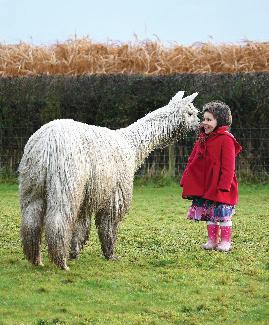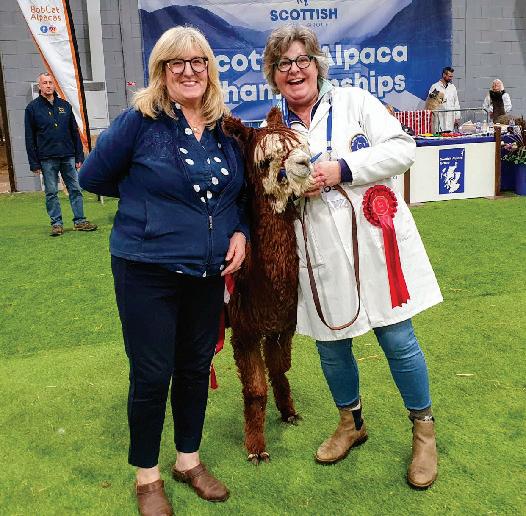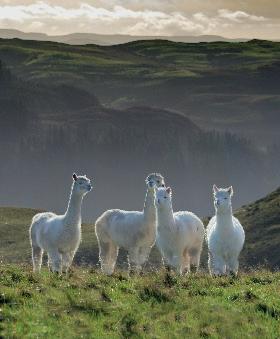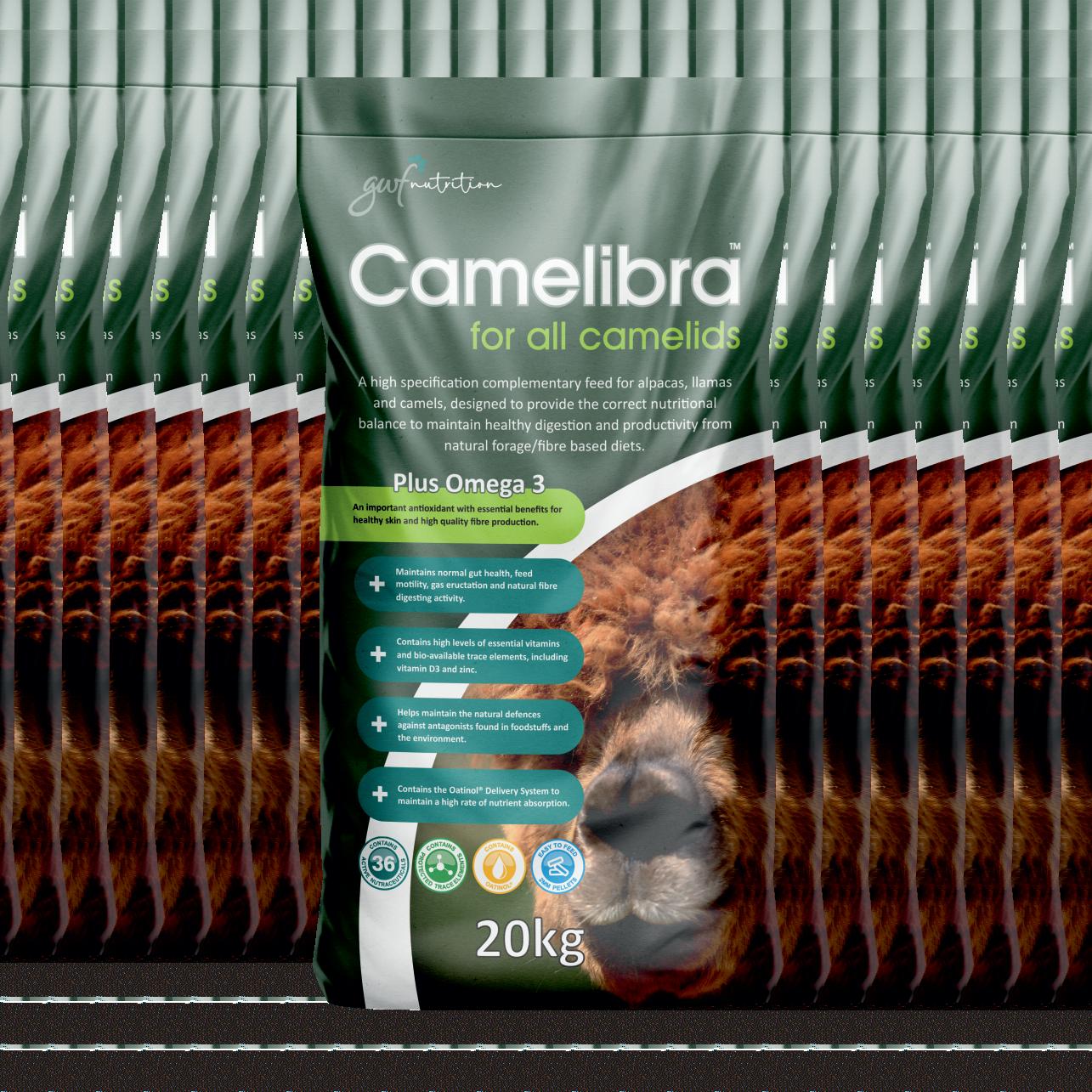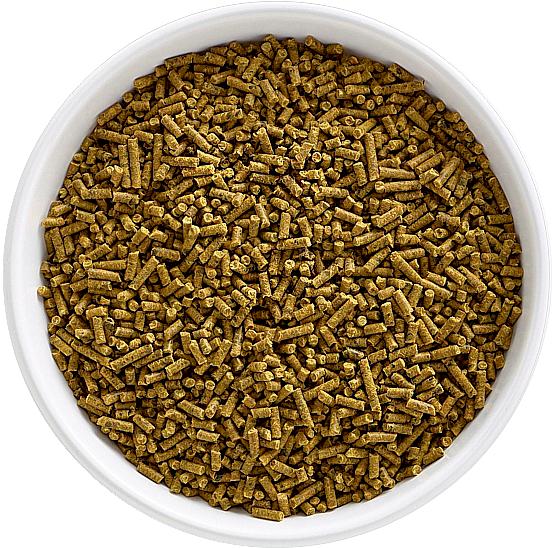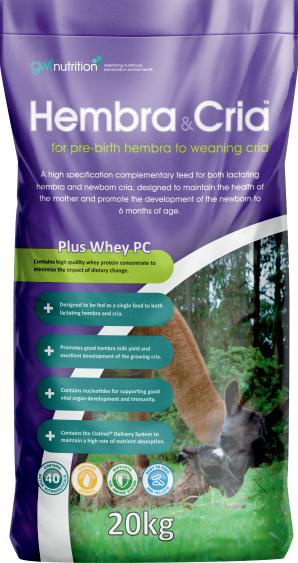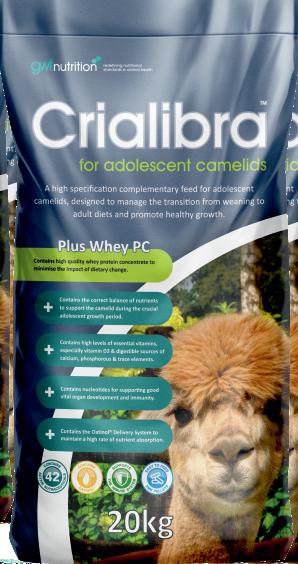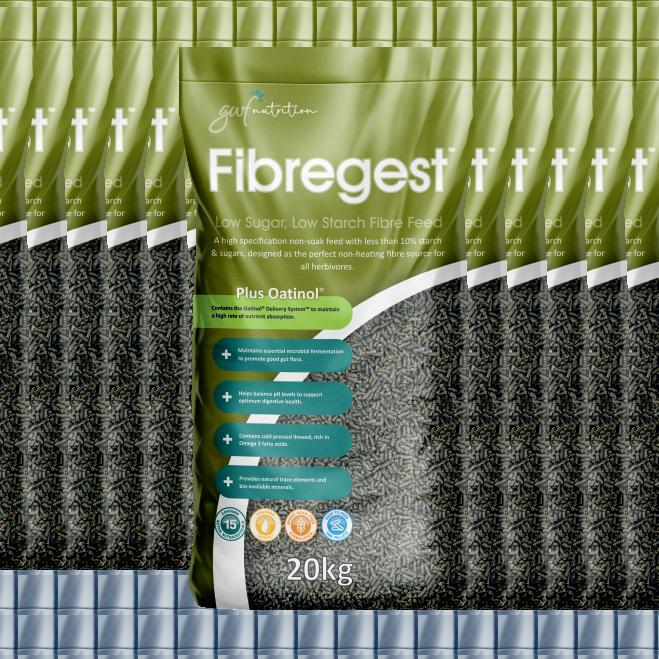Alpaca



“You’ve got this Britain,” said keynote speaker Molly Gardner of Thistledown Alpaca Farm, New Zealand




www.bas-uk.com
THE BRITISH ALPACA SOCIETY
c/o Grassroots Systems Ltd,
PO Box 251, Exeter EX2 8WX.
Tel (within UK): 0845 3312468
Tel (Overseas): +44(0)1392 437788
Fax: +44(0)1392 437788
Email: info@bas-uk.com
BAS CHIEF EXECUTIVE
Dr Duncan Pullar
Tel: 07496 578781
Email: ceo@bas-uk.com
EDITORIAL
Editor: Liz Wright alpaca.ed@kelsey.co.uk
ADVERTISEMENT SALES
Wendy King Tel: 01959 543583
Email: Wendy.King@kelsey.co.uk
GRAPHIC DESIGN
Jo Legg 07306 482166 jo.legg@flair-design.co.uk
KELSEY MEDIA
The Granary, Downs Court Yalding Hill, Yalding, Maidstone, Kent, ME18 6AL 01959 541444
MANAGEMENT
Chief Executive Officer: Steve Kendall
Divisional Managing Director: Fiona Mercer
Retail Director: Steve Brown
Renewals and Projects Manager: Andy Cotton
Senior Subscription Marketing Manager: Claire Aspinall
Subscription Marketing Director: Kevin McCormick
Print Production Manager: Georgina Harris
Print Production Controller: Kelly Orriss
DISTRIBUTION
Distribution in Great Britain: Seymour Distribution Limited 2 East Poultry Avenue, London EC1A 9PT Tel: 020 7429 4000 www.seymour.co.uk
Distribution in Northern Ireland and the Republic of Ireland: Newspread Tel: +353 23 886 3850
Kelsey Media 2025 © all rights reserved. Kelsey Media is a trading name of Kelsey Publishing Ltd. Reproduction in whole or in part is forbidden except with permission in writing from the publishers. Note to contributors: articles submitted for consideration by the editor must be the original work of the author and not previously published. Where photographs are included, which are not the property of the contributor, permission to reproduce them must have been obtained from the owner of the copyright. The editor cannot guarantee a personal response to all letters and emails received. The views expressed in the magazine are not necessarily those of the Editor or the Publisher. Kelsey Publishing Ltd accepts no liability for products and services offered by third parties.
For more information of our privacy policy, please visit Kelsey Media takes your personal data very seriously. For more information of our privacy policy, please visit https://www.kelsey.co.uk/privacy-policy/ . If at any point you have any queries regarding Kelsey’s data policy you can email our Data Protection Officer at dpo@kelsey.co.uk.
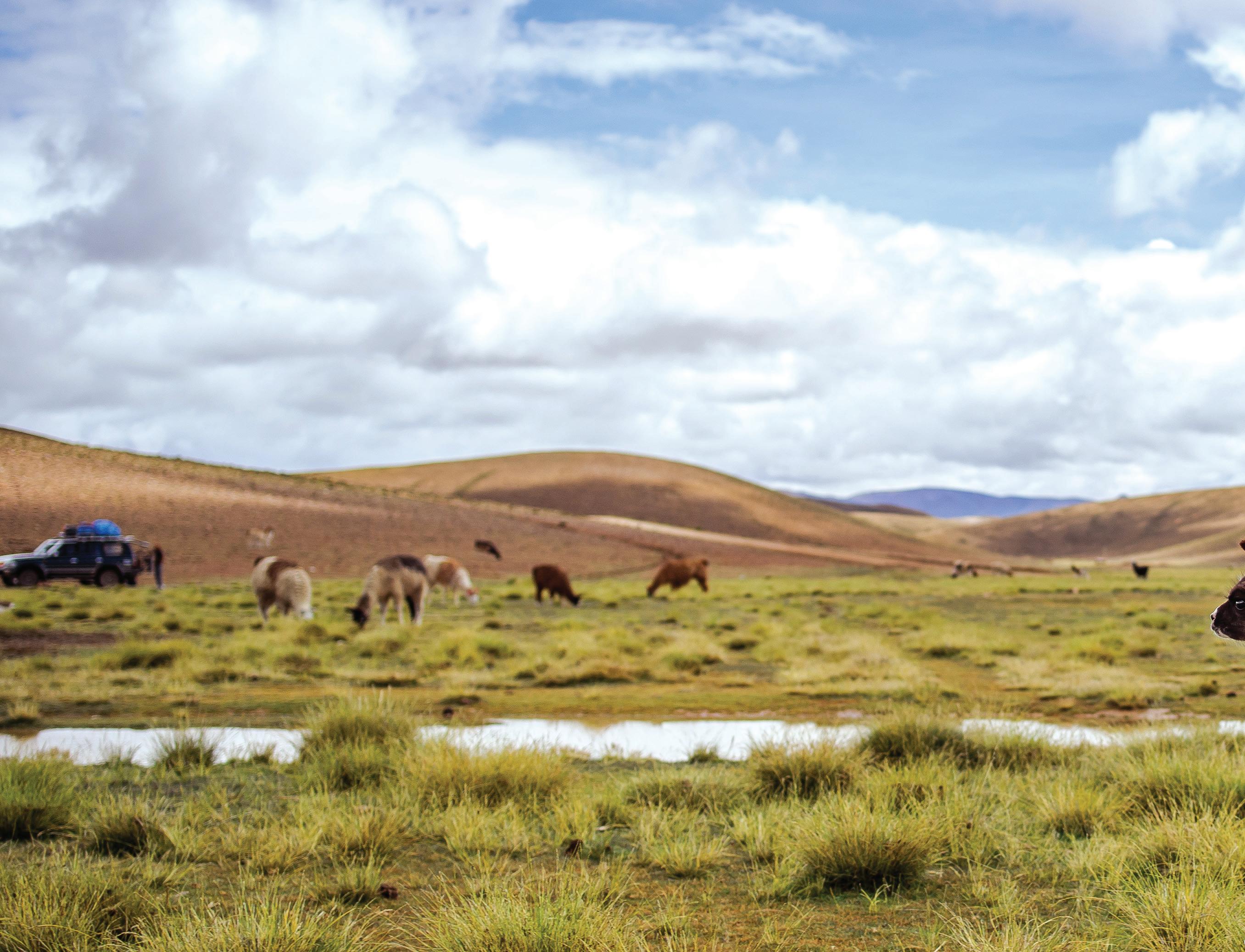
6 A legacy
www.kelsey.co.uk
Cover photo:
Keynote speaker Molly Gardner at the BAS Conference
Barbara Hetherington will be a hard act to follow and that was George Morgan’s thought when taking over the Beck Brow herd. 8 Retiring from judging Rob Bettison of Toft Alpacas looks back at his and Shirley’s experiences over the years.
28 When the cria can’t wait Part 1: Camelid caesarean section.
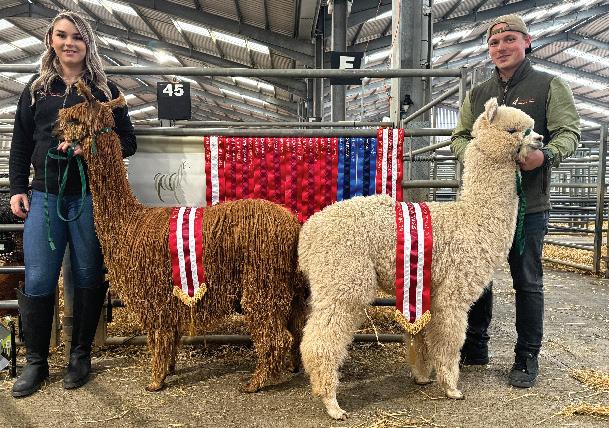
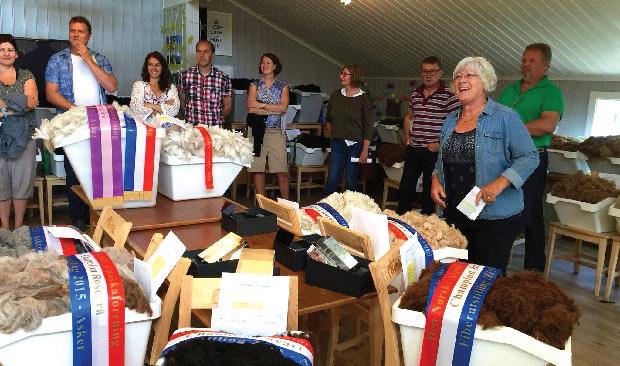
Meet the Alpaca Association Benelux 14 Forage is the alpaca’s keepers friend
Grassland needs extra loving care after a challenging year. 18 Vet advice on feeding your alpacas into winter 20 The role of protein
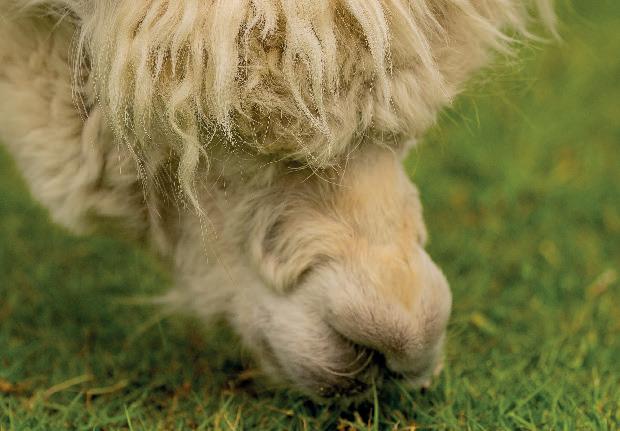

Barber’s Pole New research aids development of vaccine to protect livestock from dangerous parasite. 34 How to set up an offsite event with alpacas 36 Christmas gifts with an alpaca theme

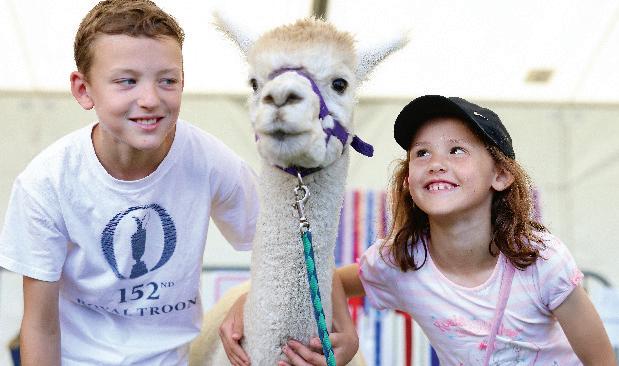
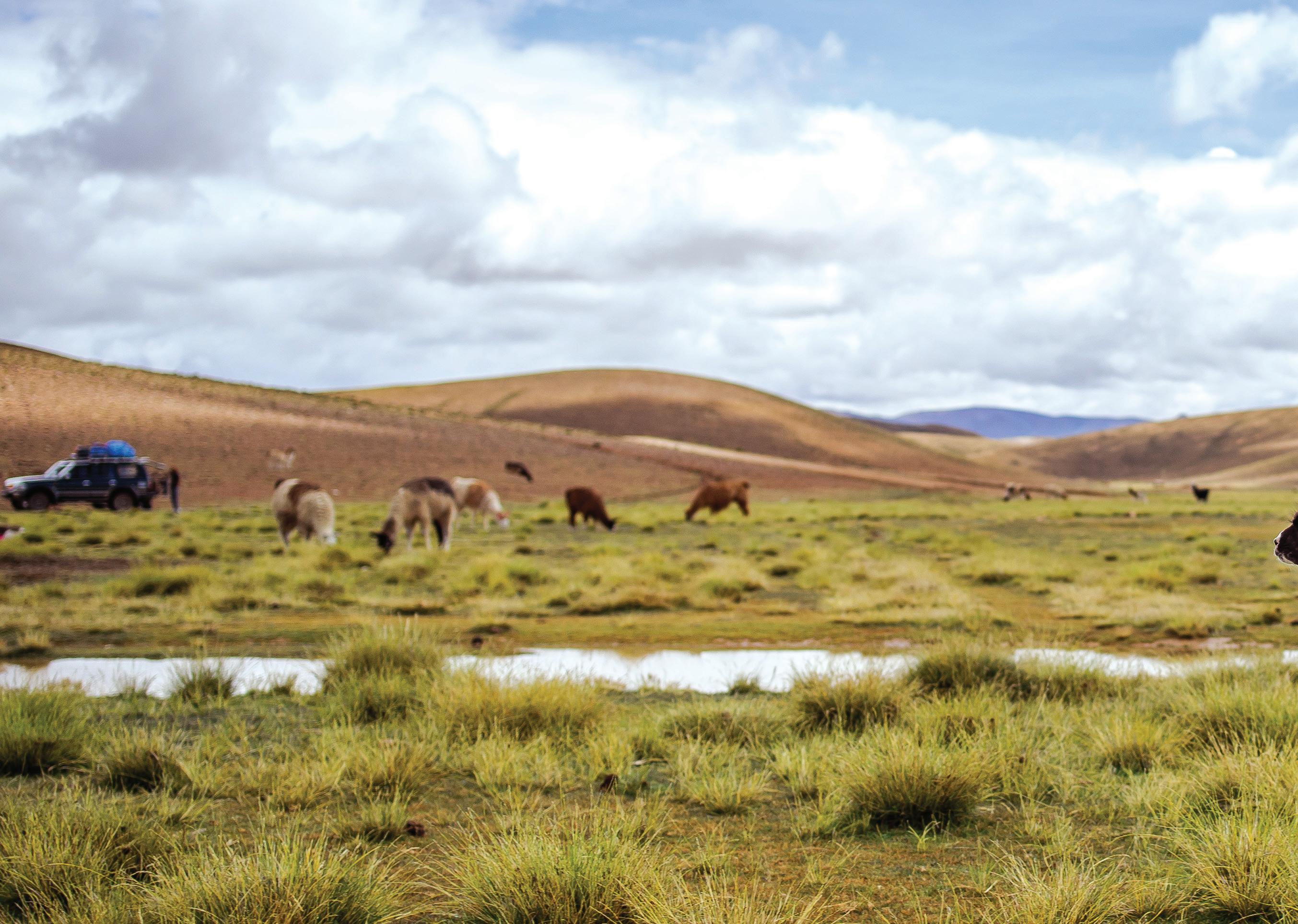
Teresa Wilton-Way shares findings from her research into the role of protein on body growth and fleece production in young alpacas in the UK, highlighting some implications for breeders.

Here we celebrate both gifts we buy and crafts that are for home use.
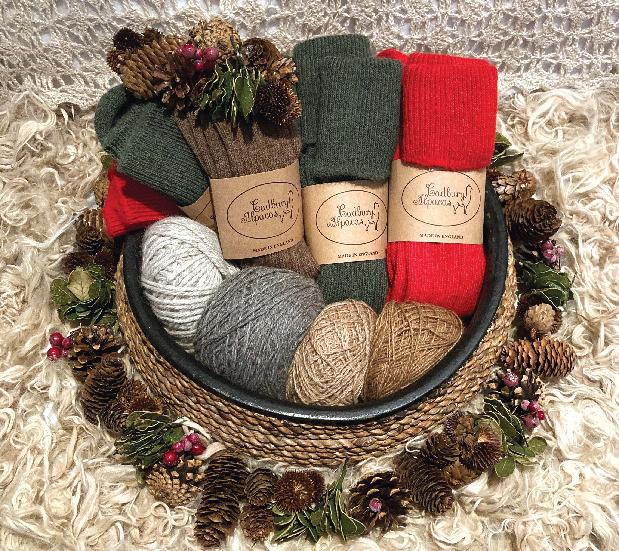
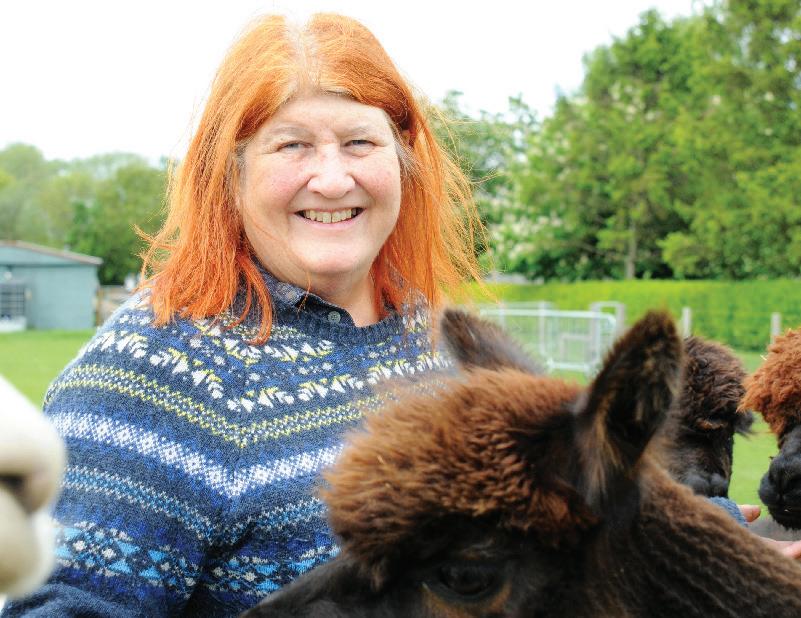
Autumn is the peaceful space between the hectic events of the summer to the chill of winter where there is still time to tweak your winter management and enjoy the successes of the breeding season, whilst planning next year. Its also a great time to think about fibre and its becoming increasingly apparent that the uses of alpaca fibre are becoming increasingly varied and are often benefited by collaboration.
We also need to think about winter feeding and in this issue we look at grassland and nutrition. The BAS Autumn Conference was hugely successful and we bring you some highlights but will be running a more in-depth report in the Yearbook. We’d love to receive your contributions, feedback, comments and of course high resolution photos by 15 December and I’m always available for a chat! Looking forward to hearing from you! And a happy Christmas – enjoy our alpaca based gift guide!
An amazing weekend was had by all at the British Alpaca Society Members Conference 2025.
The organisers did a great job. There was a broad range of speakers who were all totally engaged with their subject which fed through to the audience. As you might expect the audience was lively and fully engaged with every session.
The recurring message throughout the whole weekend was how the UK alpaca fibre industry needs to work together to move forward. There are many tools available to alpaca owners to help them do the best job they can.
There were lectures and displays covering breeding plans, genetics, data management, fleece preparation and fibre testing as well as expert knowledge from other related industries such as fashion and textile mills. There were even lessons from history on how not to do things (as demonstrated during the 19th Century British Empire) alongside more recent lessons learned from other international alpaca industries.


Conference delegates were able to listen to two fantastic international speakers: Molly Gardner of Thistledown Alpacas, New Zealand; and Professor Ahmed Tibary of Washington State Uniformity. They also had access to international specialist veterinary knowledge to improve the breeding success and health of our national herd, and controversial discussions such as how to achieve commercial fibre improvement with the limited amount of land available in the UK.
The industry meeting on Friday brought so many ideas together alongside realisations of the complexities of solutions. These are being analysed and reported by our CEO then the BAS Board will decide on initial action points which they will share with members.
The positive feeling was summed up by one of the speakers: “We are a fledgling multi million pound industry with an exciting future which is possible when we all work together with positive communication and planning because ultimately, as this fantastic weekend showed, we all want the same thing!“
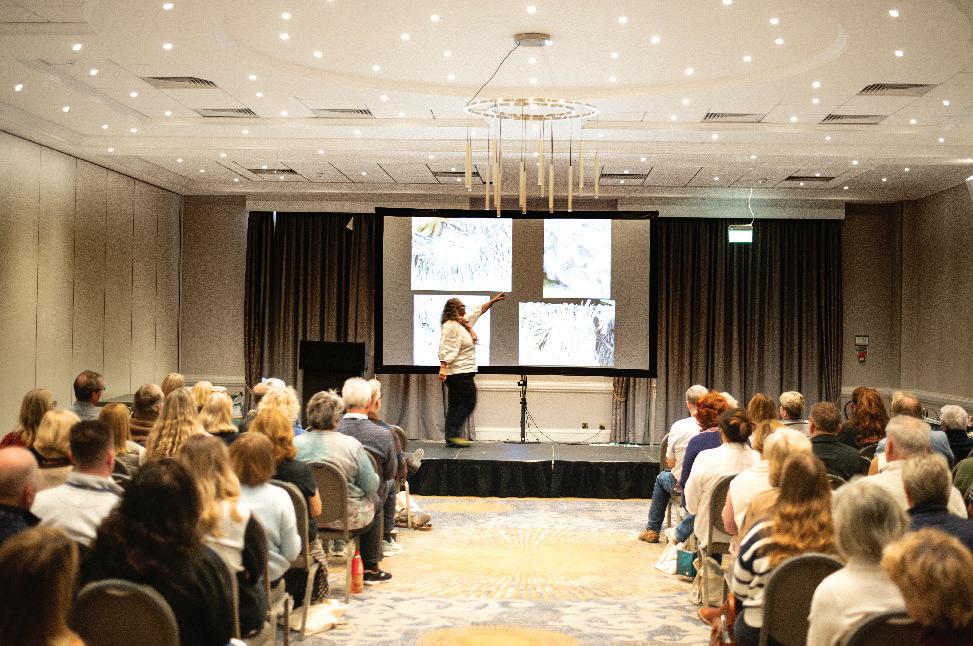


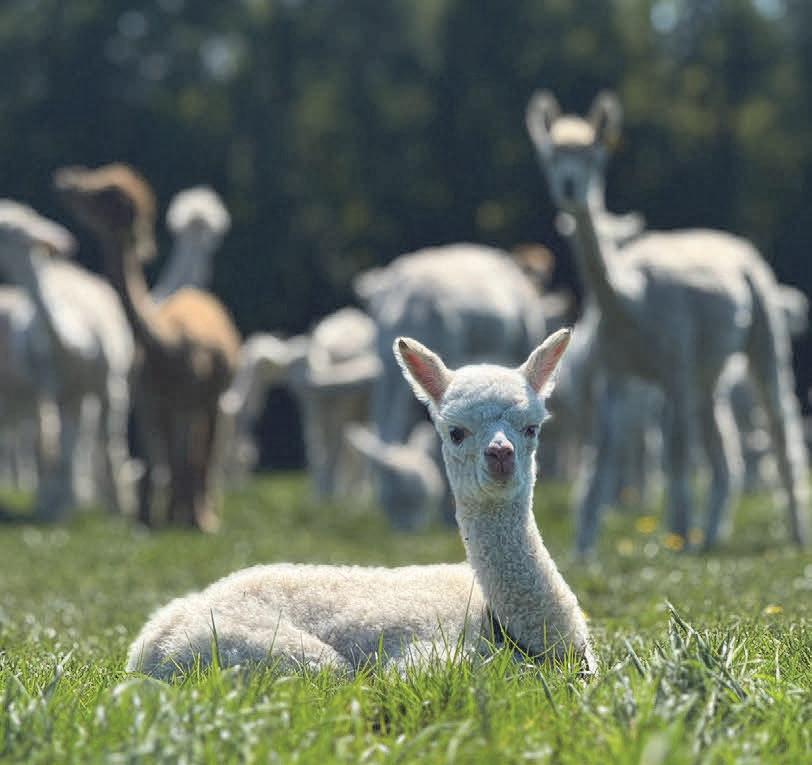




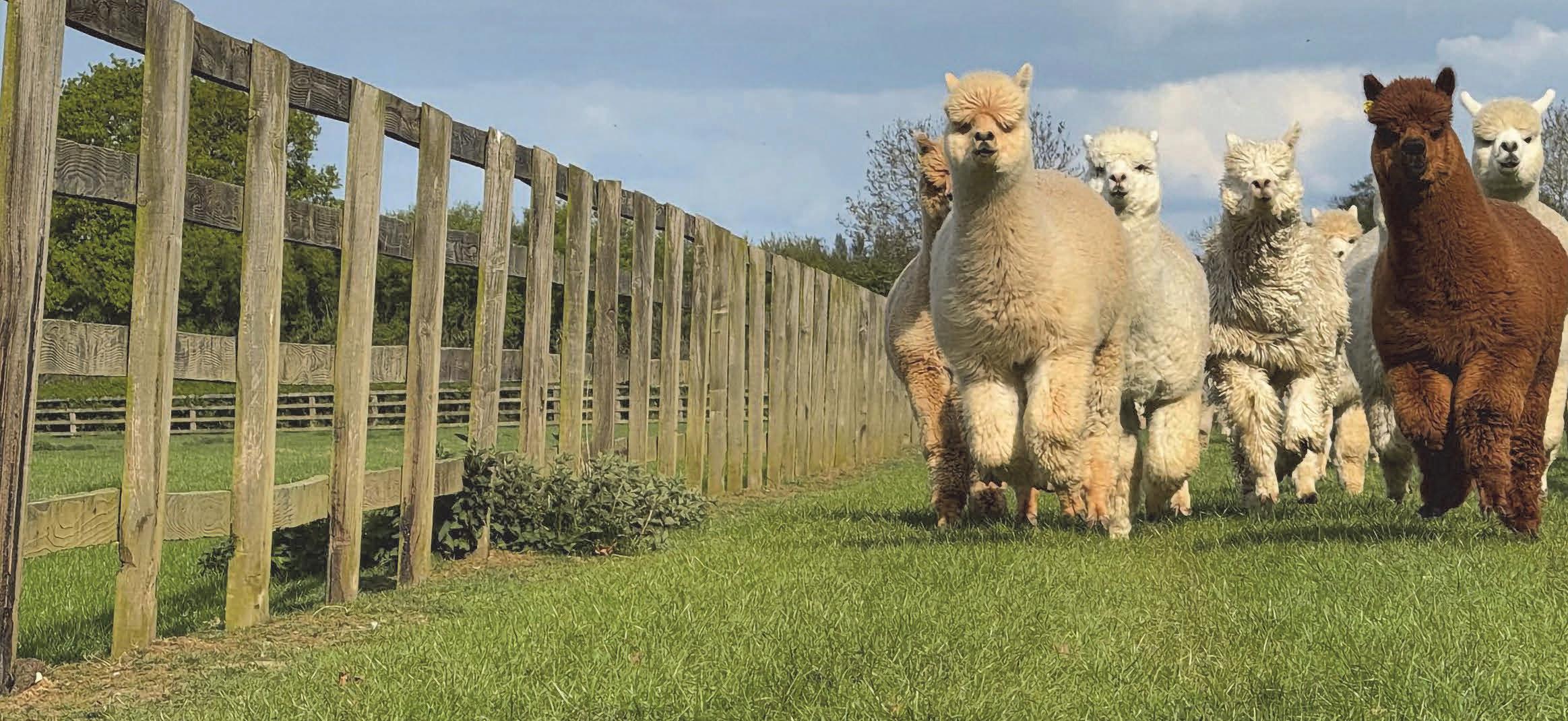
There
is no doubt that Barbara Hetherington is an outstanding alpaca breeder and it does feel that taking over the herd is a little bit like the next manager at Manchester United
after Sir Alex Ferguson, but it’s a challenge George Morgan is going to relish and enjoy.
Barbara Hetherington will be a hard act to follow and that was my thought when taking over the Beck Brow herd from the alpaca guru, expert, judge, and enthusiast. First and foremost, Barbara loved her alpacas and that came shining through on my visit to Cumbria last Autumn to inspect the herd. She turned that love into a skill few have come even close to over the 15 years she spent building up her formidable herd – a herd of champions, supreme champions in both fleece and halter.
To even be offered the opportunity to build on her legacy was an honour and to take it up gave a buzz that must match the feeling of Alex Ferguson winning the Champions’ league.
Once agreed, the logistics of getting 160 alpacas from Cumbria to Wales set in. The agreement on who to enter in shows even before the announcement was made, and the organisation of our farm in preparation for their arrival made for a very busy winter to say the least. It was anything but a quiet one.
When the announcement was made it was a relief and I was delighted with the wonderful and positive reactions from fellow breeders and friends alike, there is certainly a blurring between these groups as many have now moved into being firm friends. Many words of advice were gratefully received and all helped my thinking as I took the reins.
The BAS National Show in Stafford was the first outing for me as the new owner of the
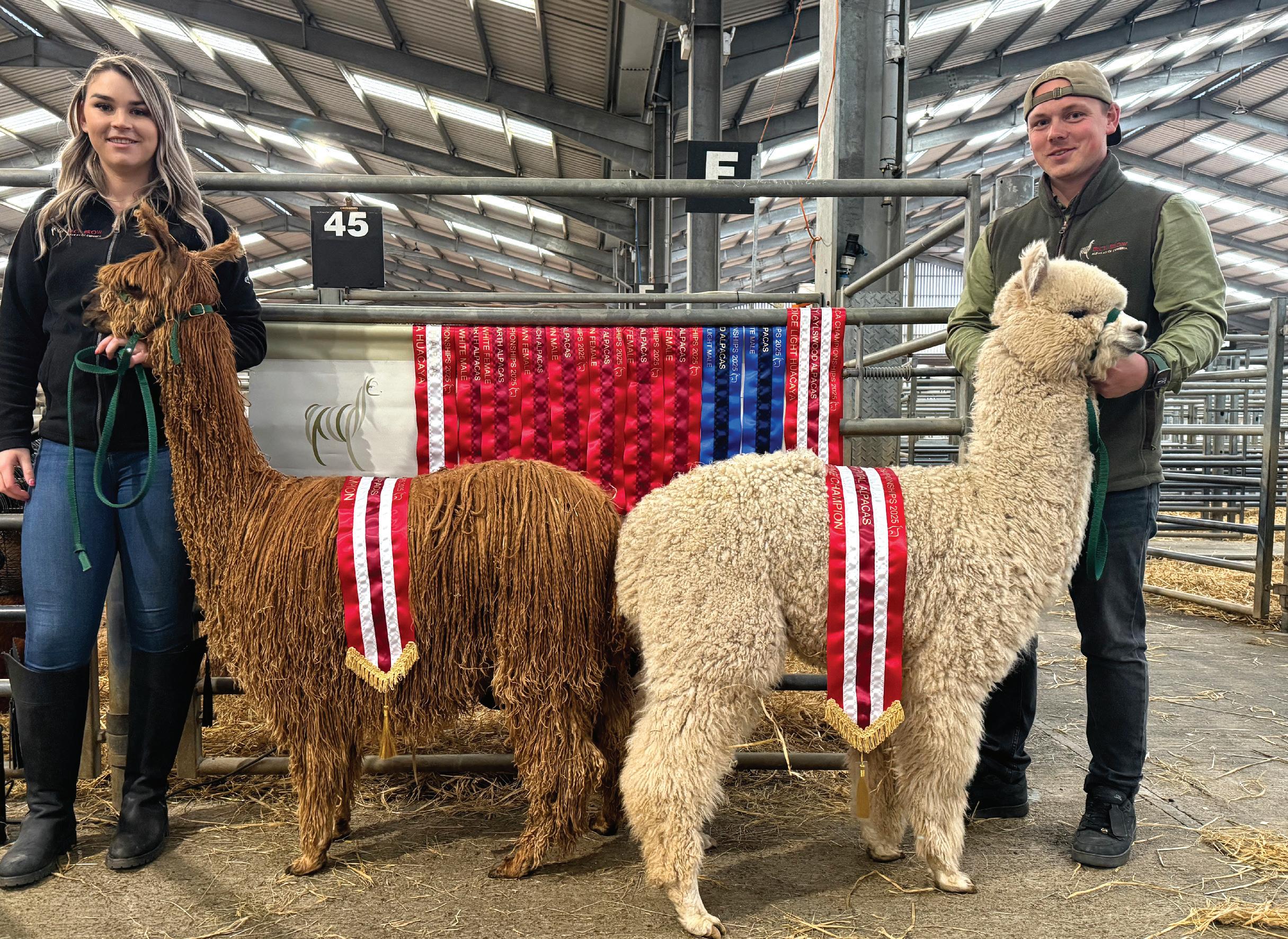

herd. Whilst it was a double act between the Hetheringtons and Morgans, I would be the first to admit that Barbara, husband Paul and son-in-law, Craig, drove the whole thing with the same passion as if they still owned the herd, I could not have asked for more. Equally, when Beck Brow Centre Stage won the National Supreme Champion Huacaya, I could not have been more pleased for the fab three to bow out with such a wonderful result, they deserved it.
Once settled in at our farm, my next task was to learn the new animals’ names in the field, alongside our 180 existing animals the challenge of going to over 300 was a big one, but one I have enjoyed and after eight months, I am proud to say I am pretty much there now – a fun and exciting challenge. Just the 90 odd cria now, who are growing on really well considering the dry summer we had in Wales…
One of the side benefits of all of this has been my growing knowledge of both alpacas and fleece. I am progressing my way to being a judge and attending numerous training courses already. Our Usk Valley herd contained quality grey Huacayas, but every day handling top quality Suri and Huacayas, including the
National Supreme Champion, helps your knowledge and understanding no end. The arrival of towards 100 cria this summer has been a real eye opener, some of the cria are stand outs and you can see that from a few hours old. Watching their fleeces come back after shearing has enhanced my knowledge no end. Such a great opportunity for me.
To say I am excited about the future would be understatement. Watching the births in 2025 has been amazing, planning the pairings for 2026 cria, a step up, the arrivals in 2026, well, I simply can’t wait. My aims are to continue the constant improvement of the Beck Brow herd, spread the incredible genetics into Europe when restrictions are eased, of course, and to achieve my judge qualifications.
Throughout a hectic, exciting and fulfilling period one thing has been a constant, the incredible support from Barbara. From the big stuff like helping hone my match making skills for 2026 birthing, to the small stuff like an ear when I need it, she has been amazing, I could not thank her enough. I feel truly blessed to build further on the stunning Beck Brow herd and I simply cannot wait.
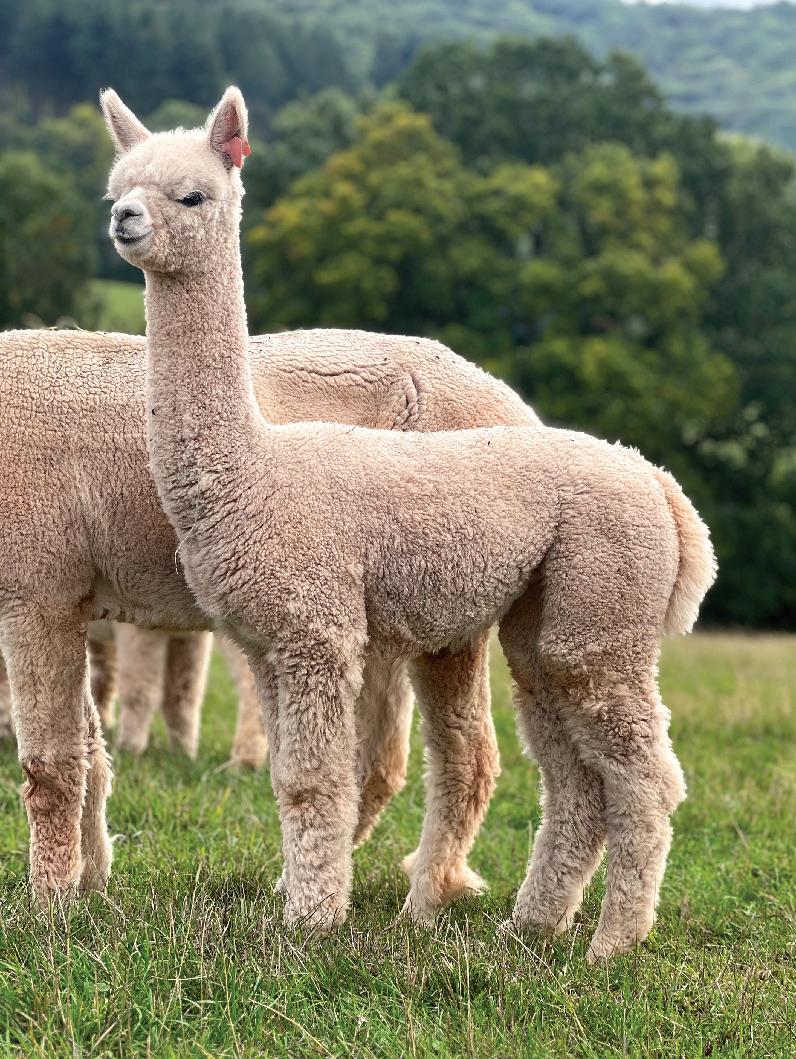

Rob Bettison of Toft Alpacas looks back at his and Shirley’s experiences over the years.

The thing about announcing your retirement from anything at all, is that it invokes the automatic response when meeting people for the first time after you’ve done it – ‘Do you miss it?’
Having been placed in the privileged position for over twenty years of standing centre stage, having the best alpacas in the UK and Europe paraded in front of you, and then mandated with the task of placing them in order of merit has been amazing. You are totally engrossed as the process unfolds throughout the day towards producing the champions and winners in all colours, knowing that the next show will be a new challenge and that a year from now, the challenge will be even greater as the quality improves with each subsequent breeding… What is there not to miss?
Of course you miss it. It’s the best job in the world. I loved every single minute of it for over twenty years. I felt so honoured I would gladly have done it all for free.
It was 2004 when I qualified as one of the first BAS Judges and six years later when the love of my life, Shirley, qualified to join me. Not that we were apart,ever. From the outset we decided that we would travel to the shows together. There were, and still are, a multitude of rules prohibiting the chosen judge fraternising with the exhibitors. This means the privilege of judging automatically casts you as ‘Billy no mates!’ for the weekend.
That’s not in my nature. I have watched this industry grow from nothing to what it is today. Pretending I didn’t know people in recent years was impossible. In the early days due to ‘competitive paranoia’ it was compulsory. So, Shirley became my ‘Companion Animal’ and tour manager when I was invited to judge and I reciprocated when she took centre stage. She would often assist in backing up the admin of the show. Myself, being somewhat inept at admin I was often asked to commentate on the mic – I’m lousy at the paperwork but I’m pretty good at the ‘rabbit’! Gradually over 20 years we seemed to become a double act, though wisely
we were never asked to judge halter together, only fleece, or that might have altered forever our 50 years of ‘bliss’.
Both being judges at the forefront of our embryonic alpaca industry in the UK and Europe created a long list of firsts and some amazing adventures.
The first ever alpaca show in Norway was staged in the middle of a hunting expo where weapons, films and images of things being shot, butchered and eaten abounded and the working dog show had to moved out of the ring every hour or so to accommodate the alpacas.
A couple of years later we both judged together the first Norwegian fleece show on a farm where they trained sled dogs for arctic racing. After the judging was complete, we were driven round the streets of suburban Oslo sitting in a wee practice ‘bogie’ hauled by twelve dogs. Incredible – I love Norway…
There were many more firsts in various counties of the UK and Europe as alpaca breeders everywhere took on the challenges of creating a ‘show’.
There was one composite show in Ireland where, as I was judging the fleeces in the middle of the ring, various mums with prams and babes were snatching handfuls of the exhibitor’s fleece from the table… ’For me mammy’s bunions’ and no, I didn’t make that up.
There was another new show in Ireland set in an enormous circus tent which was pounded by torrential rain from start to finish resulting in a mere handful of spectators and an inability to hear a word Shirley was saying on the mic. On day two, when the tent was hit by gales it decided to ‘move’. One of the central poles jumped about two feet towards me as I was talking to the organiser whilst watching an alpaca shearing demonstration. >> Continued on next page Norway 2015
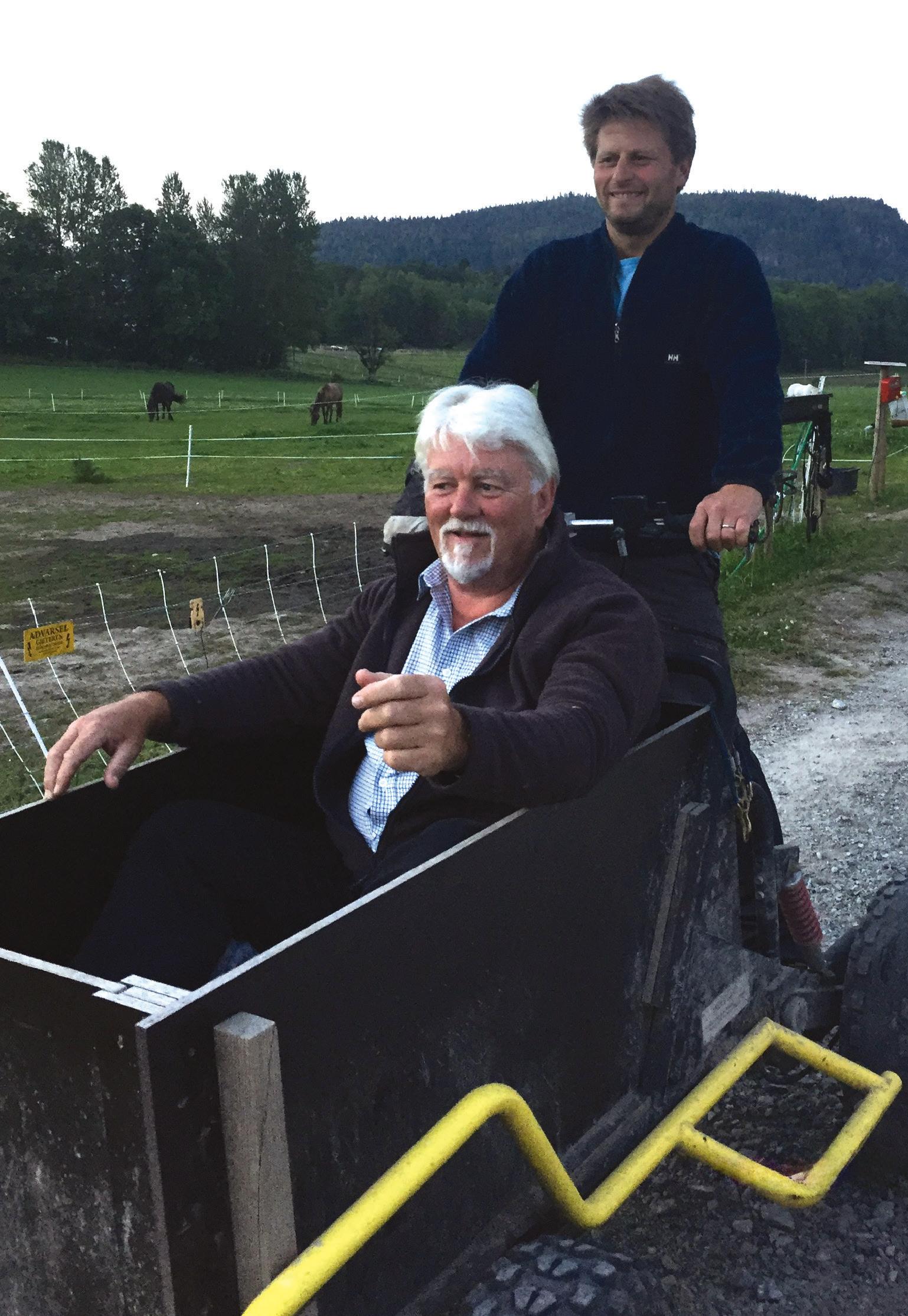

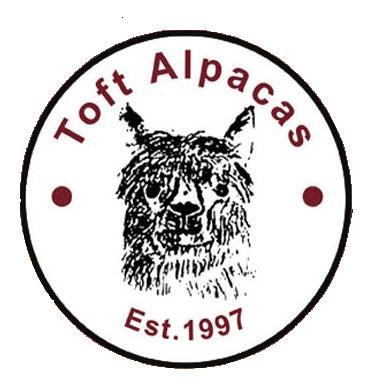

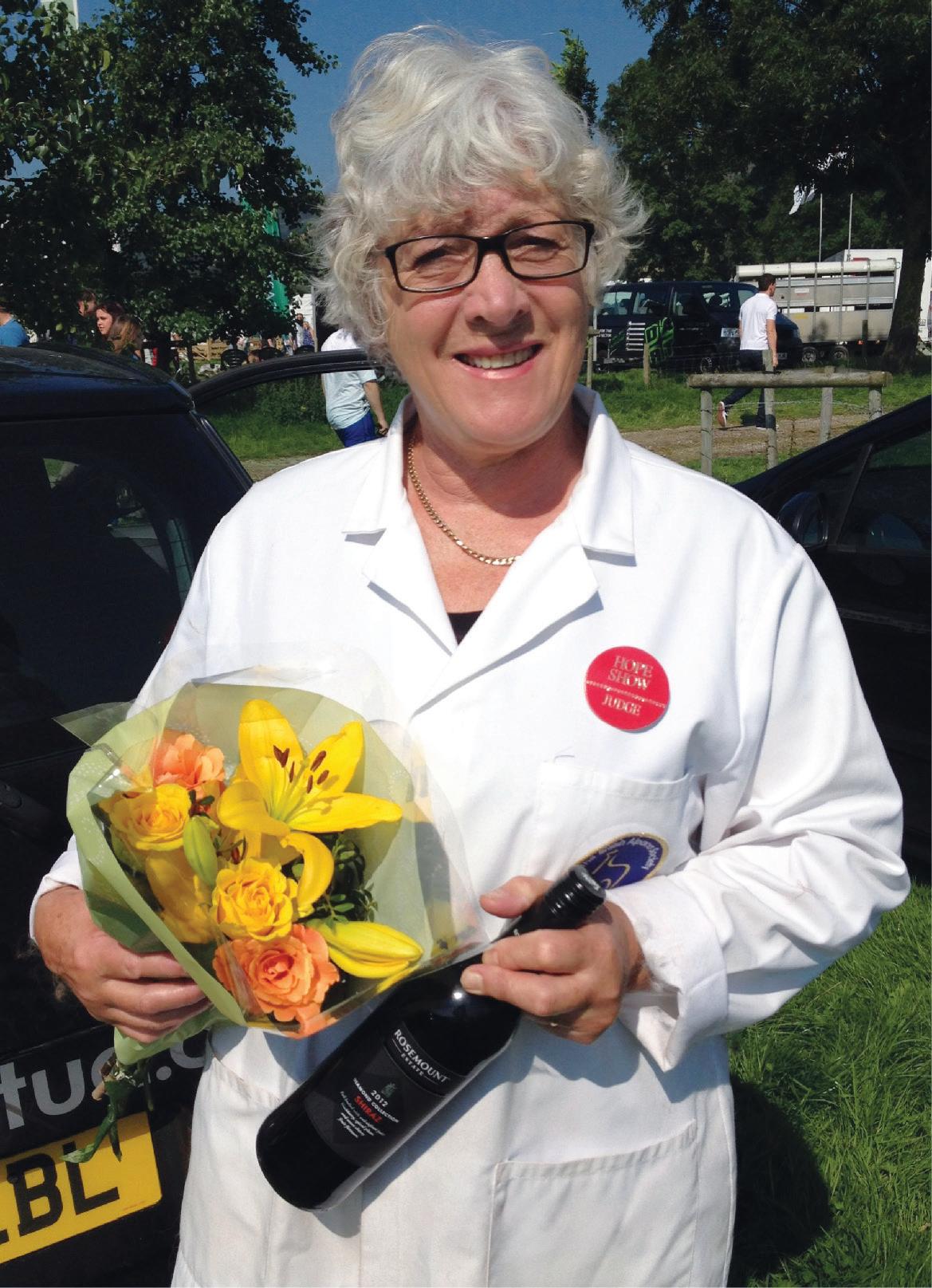
The panic button was pressed and the tent brought down rapidly before it killed someone or left for the next county.
There was another first somewhere in Europe where on arrival I was suddenly cast as Ring Steward to Shirley’s judging. Having been a judge since the very first structured alpaca show in Europe or the UK, I have never ever taken an alpaca into the ring, being Ring Steward was just a little above my pay grade and the scope for embarrassment was great. So, I put my serious head on and gave it a go. Fortunately the alpacas behaved and it was a hoot – Phew!
There was a new show in Switzerland where a male exhibitor had a female alpaca in the intermediate male class in the ring in front of 1500 seated spectators. When I discreetly informed him of the discrepancy, he boldly told me I was mistaken until I demonstrated the alpaca’s lack of tackle. He then stood his ground and hollered to his wife in the pen 200 yards away, urging her loudly throughout, to get her act together until she eventually appeared sweating and deeply embarrassed ringside with the correct alpaca.
There was a new show in Scotland where my oral reasoning had to compete with the Highland Dancing Competition which ran throughout the show day on a flatbed truck parked 30 metres from the showring. I was hoarse for a week after that one.
There was a new show on a tight schedule in Northern France where to my amazement at 12pm the whole showground stopped and downed tools. Everyone involved marched into a huge dining hall for a sit down three course lunch and wine to emerge and continue an hour and a half later. So much for schedules – welcome to France!
There was a new fleece and halter show in Germany where the fleeces didn’t all arrive until 6.30pm at night when the organisers announced I could finally enter the hall to start judging the 90 odd entries. At which point I discovered none of the fleeces had been opened, weighed or even sorted into classes. An almighty scramble ensued to get them sorted, weighed and judged before morning. The three very young German teenagers who were my assistants knew nothing but played a blinder. I rapidly taught them what needed to be done. Only one of them spoke English well enough to understand my accent but we somehow managed to get in the groove. Miles behind with no end in sight, we had to knock off at half twelve to resume at 7am and managed to get the last rosette on the final fleece just as the first alpaca walked into the ring for the halter judging. Hey ho! Anything is possible if you have the will.
There was a show at Christmas time in Holland that was staged in an equestrian arena where the ring was surrounded by Christmas stalls. The atmosphere was wonderful. I judged the fleeces first in amongst the lawnmowers, ring harrows and jump hurdles whilst the show was getting sorted for the halter judging. Someone forgot to tell me that Equestrian arenas are watered from underneath the surface to keep the dust down. By the end of day two, I had white stains creeping up my black jeans and was splodging through puddles. Those two days cost me a new pair of judging shoes as my favourites duly rotted and I might only just have escaped a touch of ‘trench foot’.
Shirley was judging a show in Holland at another equestrian centre for disadvantaged riders where the weather forecast was ominous. The alpacas were penned out in the open, so we spent the evening before moving all the alpacas into the covered ménage for the night to keep them dry. Job done, no worries, only for us to arrive the following morning shocked to find the alpacas dripping. The organisers had forgotten to turn off the automatic sprinkler system for the equestrian ring and the enclosed alpacas had all enjoyed a midnight shower.
These are just a few of the many hilarious incidences that spring to mind. We have shared them together, overcome the obstacles and dined out on the stories for over 20 years. We have judged alpacas in Norway,
Shirley in France judging the fleece in the kitchen while chef prepares paella for 120 exhibitors

Ireland, Northern Ireland, Spain, France, Holland, Belgium, Switzerland and Germany as well as all points North, South, East and West throughout the UK. It has been a truly marvellous, unforgettable series of adventures and we have had a blast, meeting like-minded enthusiasts, overcoming the challenges and judging some of the best alpacas in the world. The hospitality has been faultless throughout and the enthusiasm of our unique community truly inspirational.
We retired from Judging last year, 2024. Shirley has a recurring back issue, and she enjoys the grandchildren far too much. I felt that 20 years as a judge was long enough. I wanted to exit gracefully knowing I was not going to be become ‘the old bloke in the ring’.
Please be aware: We retired from judging but not from breeding alpacas. Why would we? We are well and truly addicted and there is no ‘therapy’ yet invented to help wean us off it. We’ve been breeding these magnificent creatures for thirty years. They have given us so much joy. We intend to downscale a little over the coming years, but it is hard. The reality is, we are now breeding the best alpacas we have ever bred, and we hope to continue doing so for many more years to come. We both feel we still have a lot to offer and remain committed to creating a sustainable future for the alpaca in the UK and Europe. See you all soon.
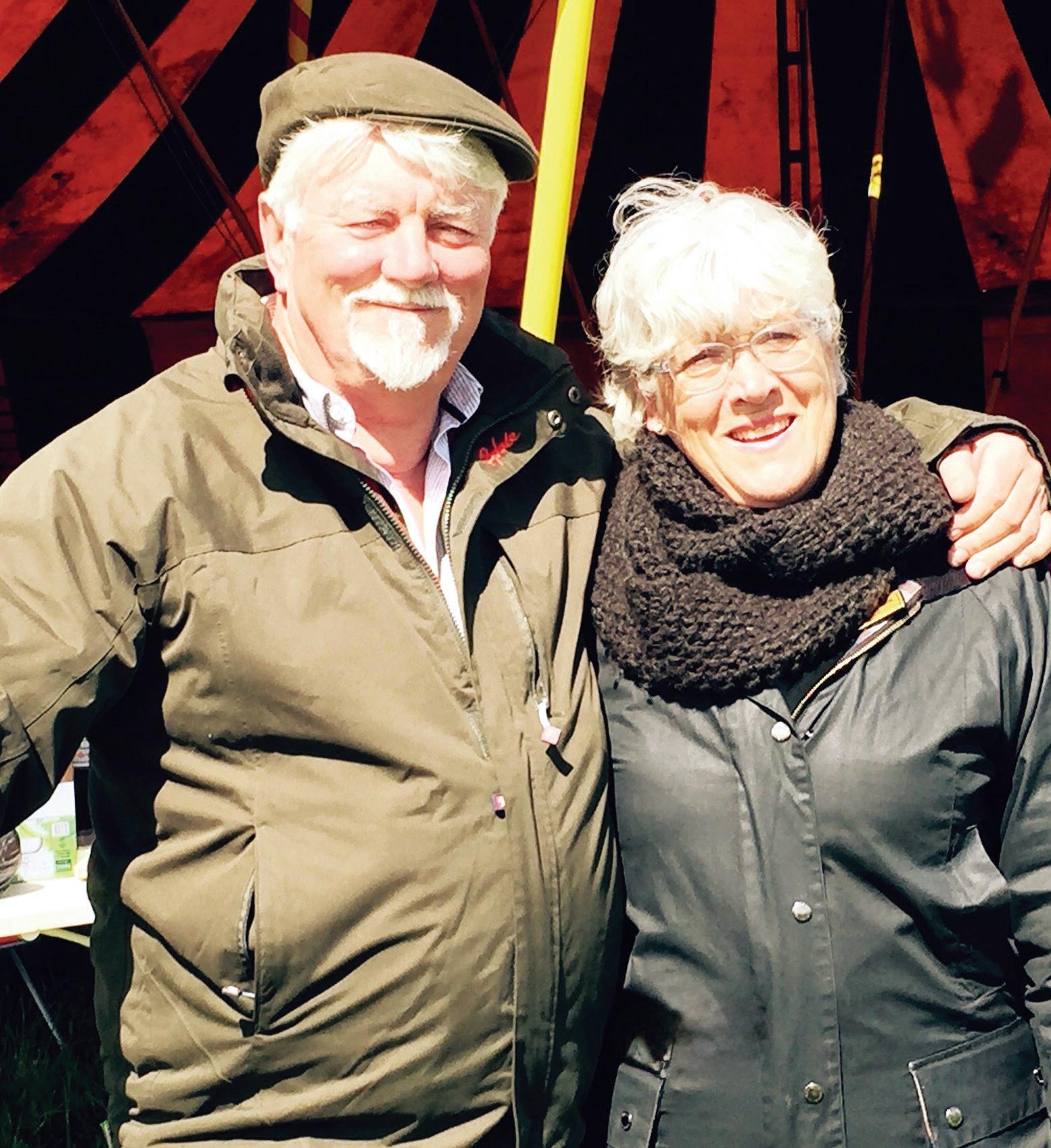
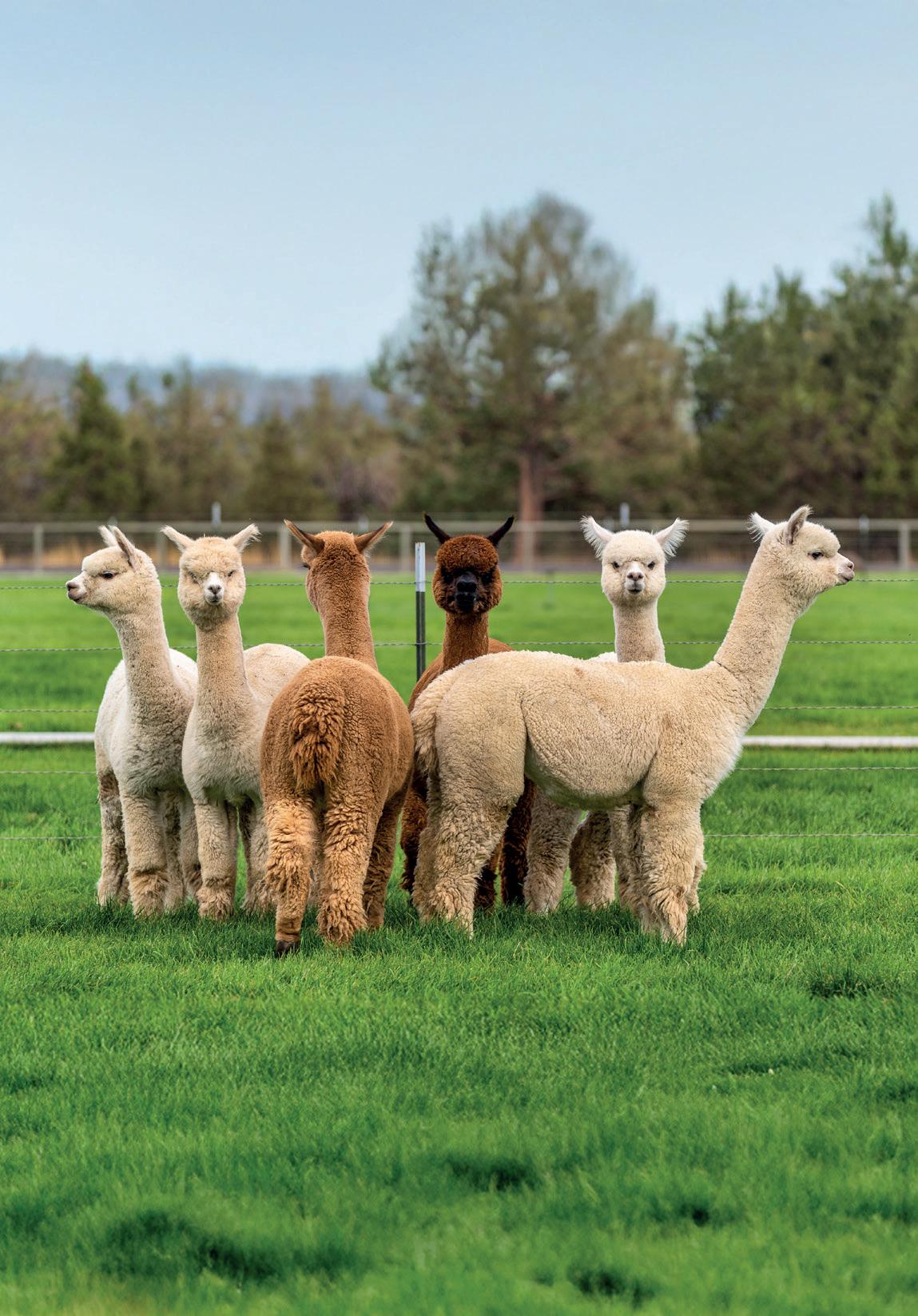
Call our award-winning team on 0345 982 5505 to chat




Merryoaks Farm Southdean Hawick Scottish Borders TD9 8TP ���� 01450 860789

Here at Merryoaks Alpaca we have some excellent genetics and bloodlines, and are looking to sell some of these marvellous animals. We have various colours, Black, Brown and Fawns. Females, Males and Cria. They all have their own characteristics, can be very inquisitive, but a delight to watch. Call us for further details on 01450 860789

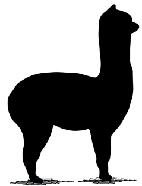

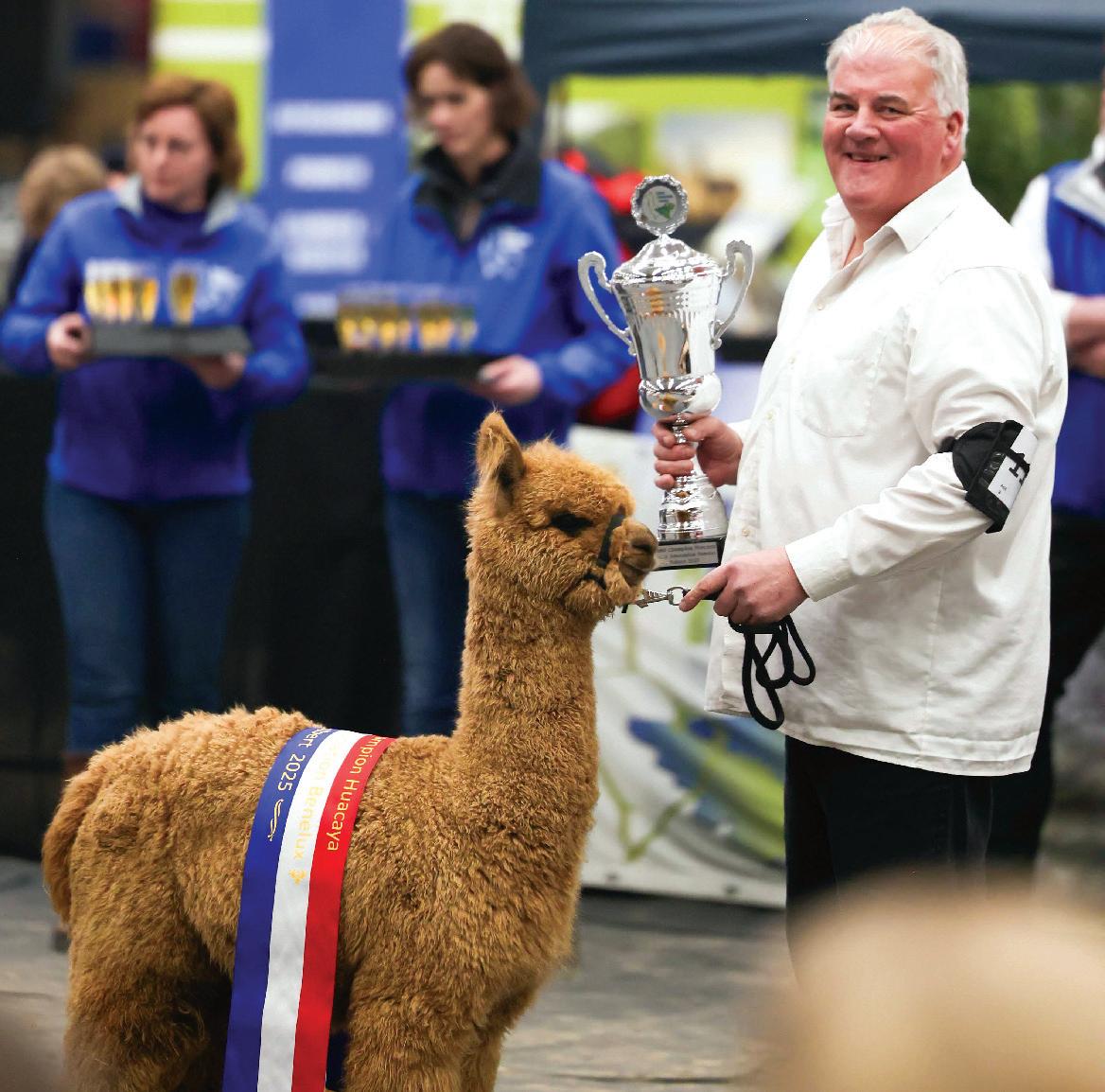
Alpaca Association Benelux (AAB) was founded in 2003 and has 578 members (excluded are 209 joint/family members). There are over 20,000 registrations in their studbook, which also includes those alpacas in the pedigree of their registered entries.
AAB organise four national shows a year; two in the Netherlands and two in Belgium. Numbers vary from 150-250 entries.
There are six board members. Here we ask the Association some questions about alpacas in The Netherlands and Belgium.
1. What is your import and export policy?
Policies on import and export are setup by our governments. Importation requires veterinary health certification and disease testing (including tuberculosis and brucellosis). Export procedures depend on the veterinary requirements of the destination country.
2. Where do your members look for breeding alpacas to improve their herds?
Mainly from within the Benelux and broader European registered breeders, and occasionally from international imports (New Zealand and United States).


AAB 2024 National Show, Merelbeke, Belgium: Grand Champion Huacaya Flanders Sicario (Alpaca Flanders) and Reserve Champion Huacaya AAR Oscar (Alpaca Flanders)
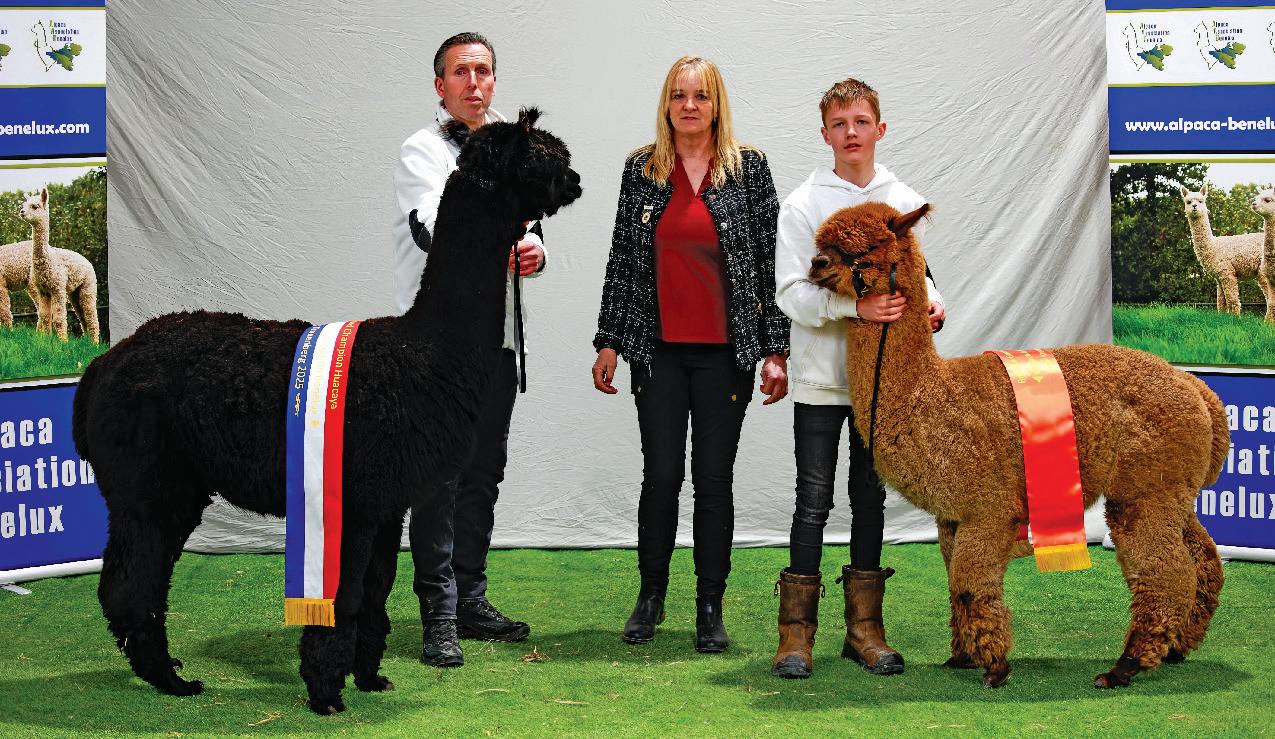
AAB 2025 National Show, Kronenberg, the Netherlands: Grand Champion Huacaya Tienda Molino Neela (Alpacafarm Tienda Molino) and Reserve Champion Huacaya AGI Go-Tess Navigator (Alpaca-Osli)
3. What are the priorities of breeders for improving their alpacas?
Improving fibre quality (fineness, density, uniformity), conformation, and genetic diversity.
4. What is the proportion of Suri and Huacaya alpaca?
Approximately 95% Huacaya, 5% Suri.
5. Are there some areas of your country where most alpacas are found?
Our breeders are relatively evenly spread throughout the BeNeLux, but most are found in:
• Netherlands: North Brabant and Limburg (Netherlands)
• Belgium: West Flanders, East Flanders, Flemish Brabant, Antwerp and Limburg (Belgium).



6. What are your priorities for your members and your aims in the next five years?
• Support professionalisation of breeders
• Promote alpaca welfare and health standards
• Expand educational resources for members
• Grow recognition of alpaca fibre in the textile industry
• Strengthen international cooperation.
7. Have you identified any trends in your alpaca scene?
• Increased focus on sustainable and traceable alpaca fibre production
• Growing interest in agritourism and alpaca experiences
• More genetic testing and scientific herd improvement
• Rising popularity of small hobby breeders alongside professional breeders.

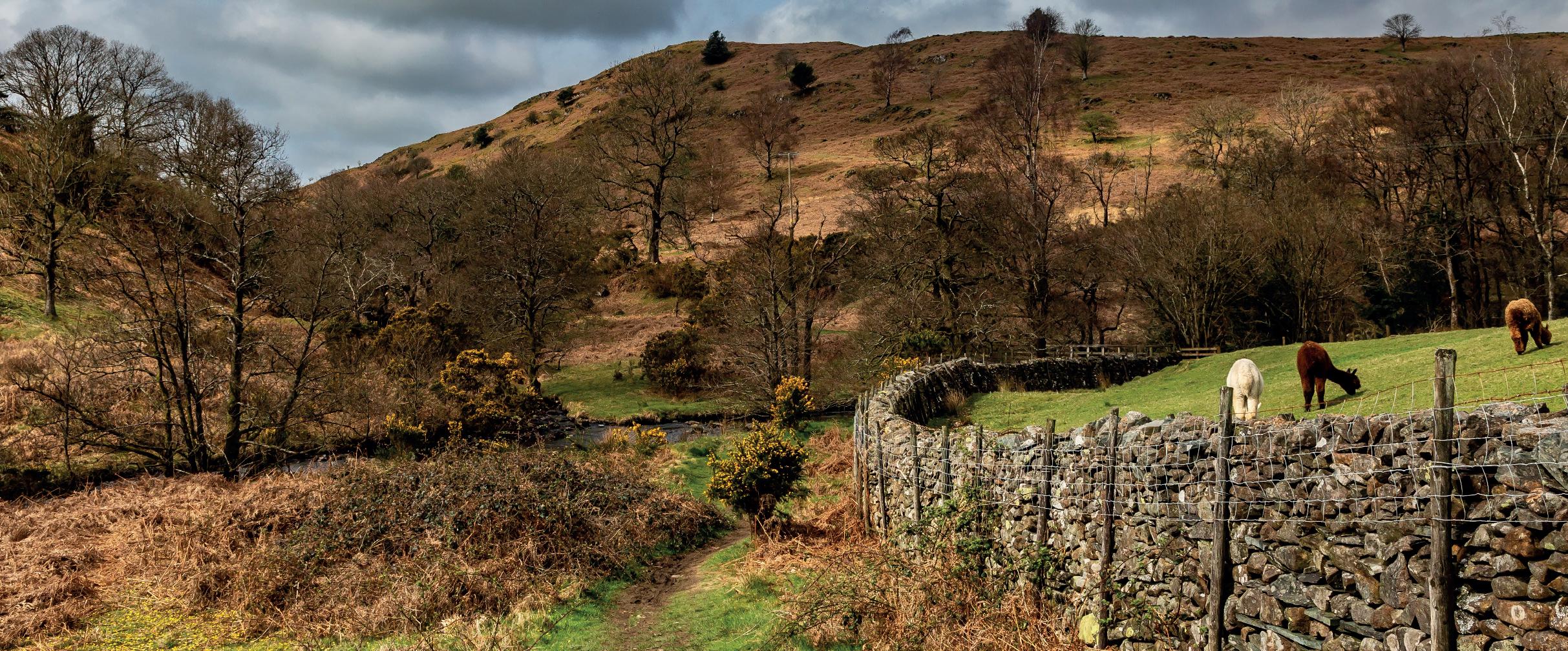
As we head into winter, many of us have experienced exceptionally dry summers.
The Met Office analysis of the UK’s climate records shows that every region experienced a warmer than average summer in 2025. The most striking feature was the widespread nature of the warmth. Some regions experienced mean temperatures that were more than 2°C above the norm, and much of England was at least 1.5°C above average.
Comparing this to the summer of 1976, the differences are clear. In 1976, the areas with mean temperatures above 1.5°C were more isolated, and the overall anomaly was less severe. While 1976 remains striking, the scale and distribution of warmth in 2025 far exceeded that of previous record years, with 1976 being pushed out of the top five hottest summers experienced.
What does this mean for stock owners? On the plus side, for many it was a long spell of weather suitable for forage conservation, be it hay or haylage. The downside of this was that most yields were well down on normal and the lack of rain in regions led to a lack of grass growth meaning that some keepers have had to feed forage for a considerable length of time before the winter. This adds to the worry surrounding forage supplies. The other side of this is that there has never been a more important time for stock owners to understand principles of grassland and to adjust their management from less stocking rate to more recovery time
for grassland to name just a couple of options.
BAS CEO Duncan Pullar explains: “The feed value of grass changes through the year and things you can control can make a difference to the feed value of the grass your animals are eating. To get the best possible nutrition/feed value from your grass it helps to understand a little bit about how grass grows. So here are some key points to consider and what it means for your management. Overall grass will be your cheapest feed so it worth getting the most out of it because it could save you supplementary feed costs”.
He also says that grass is often not well managed.
“The first thing to say is that there is a huge amount of really good science relating to grass as a feed. This science covers growing the grass and the best way to utilize the grass with grazing animals.
The second thing to say is that grass rarely gets the respect it deserves. It is often under-utilised and wasted. Well-managed grass will be the cheapest and most cost-effective feed you can have on the farm.”
Its at times like this that extreme weather reminds us of a resource many of us take for granted.
Duncan reminds us that the speed of growth varies through the year. In late spring three leaves can grow in 14 days, in mid-winter one leaf could take 30 days. The variables are temperature, day-length, moisture, and nutrient availability. The peak growth rate (typically in May) is about ten times as much mid-winter. If the soil temperature stays below 5°C for several days grass growth will stop.
Additional vitamin and mineral pellets (3mm) for the maintenance needs of adult alpacas
✓ Garvo alpaca plus is actually very cost effective compared to many other complementary feeds, especially when you consider the feed rate.
✓ The feed rate for an alpaca is 1mg/kg of bodyweight (approximately 60g for the average alpaca) giving a very reasonable daily feed cost.
Optimised Vitamin D Ration:
• Helps prevent skeletal problems
• Strengthens immune system
• Increases fertility rates
• Improves coat condition and growth


Optimal fibre length
Encourage chewing for salivation to maintain acidity balance in foregut and maintain teeth health.
Contains Prebiotics & Probiotics
These aid digestion and aid rumination to improve digest efficiency, therefore, makes feeding rate improved and more cost effective.
���� www.animalsfirst.uk
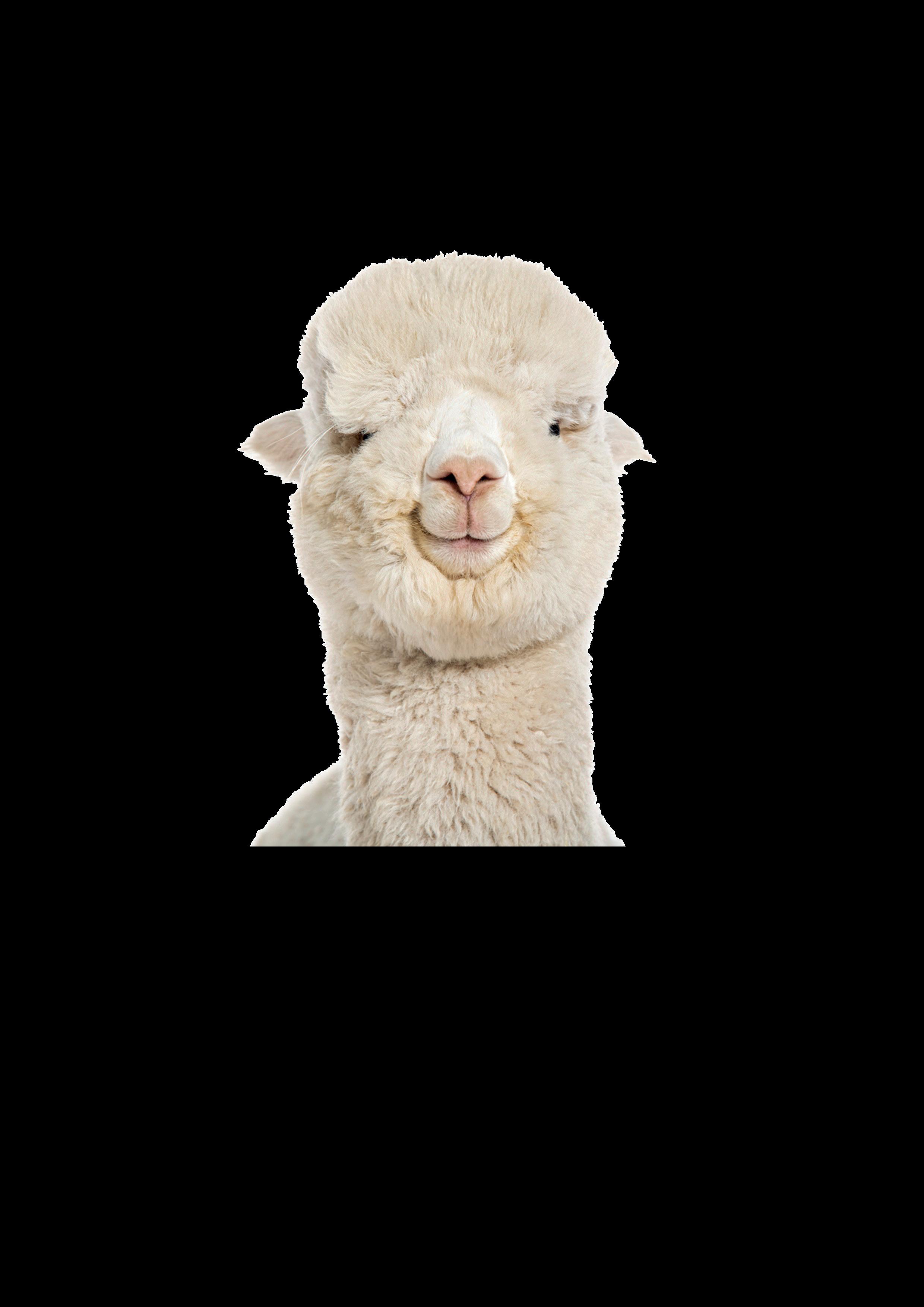

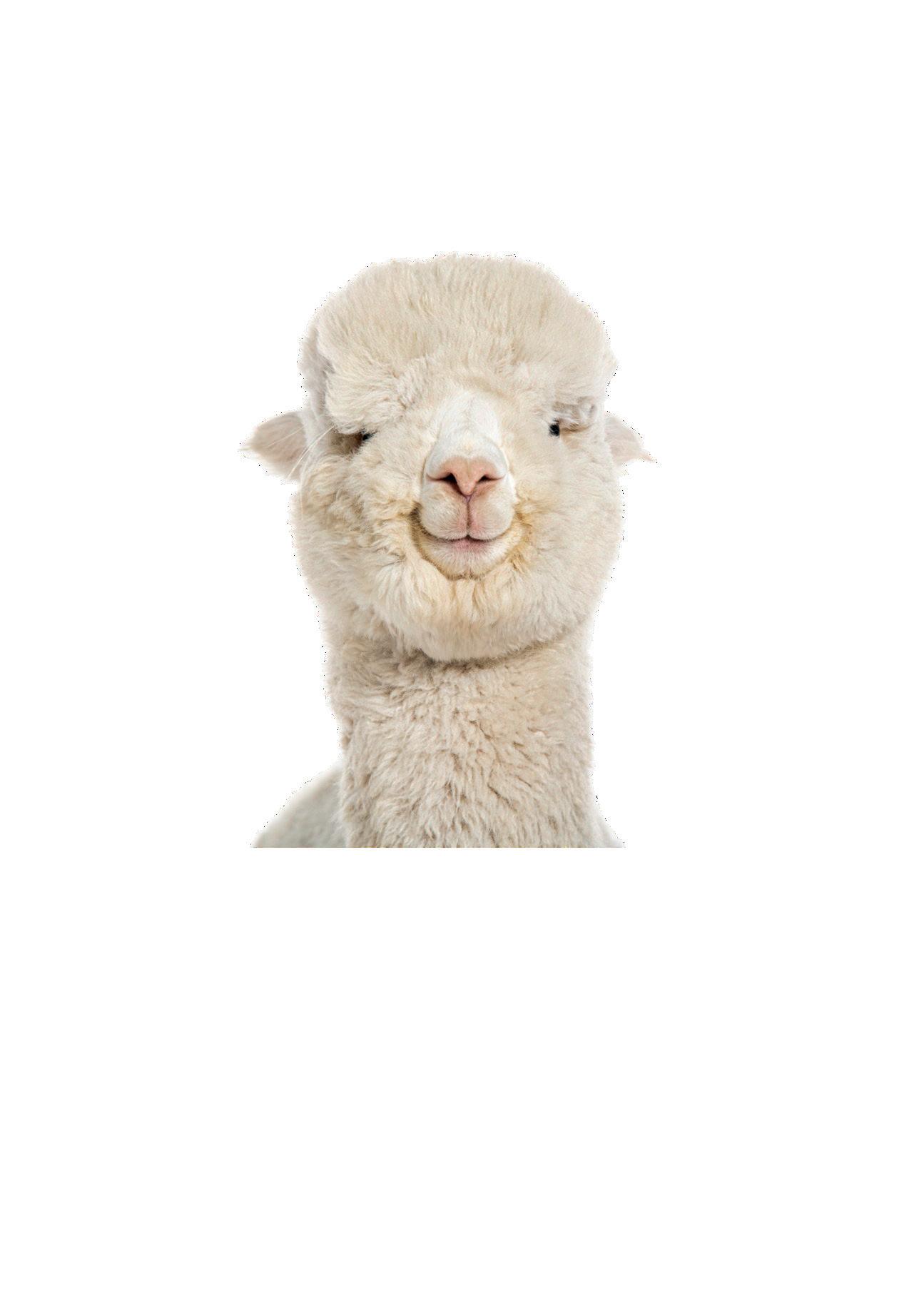

Grass in the UK doesn’t grow much – if at all – when the soil temperature is less than 5°C.
Grass can be grazed too hard which will reduce its ability to recover and reduce the total amount produced in a season. Damage to paddocks from over grazing is an issue. The ideal minimum grass height is about 4cm (about the diameter of a golf ball).
We all know that drought reduces and stops grass growth. Depending on soil type the water reserve can last a few days (sandy soil) or a few weeks (clay/loam).
Grass species and varieties have different growth habits and a grazing sward is most often made up of a mixture of grasses to give a longer grazing season.
Grass growth is limited by soil compaction. Compaction is caused when heavy weights (machinery, cattle, and even sheep) run over the same area and a dense layer of soil forms. Grass roots can’t penetrate the layer and drainage is also affected.
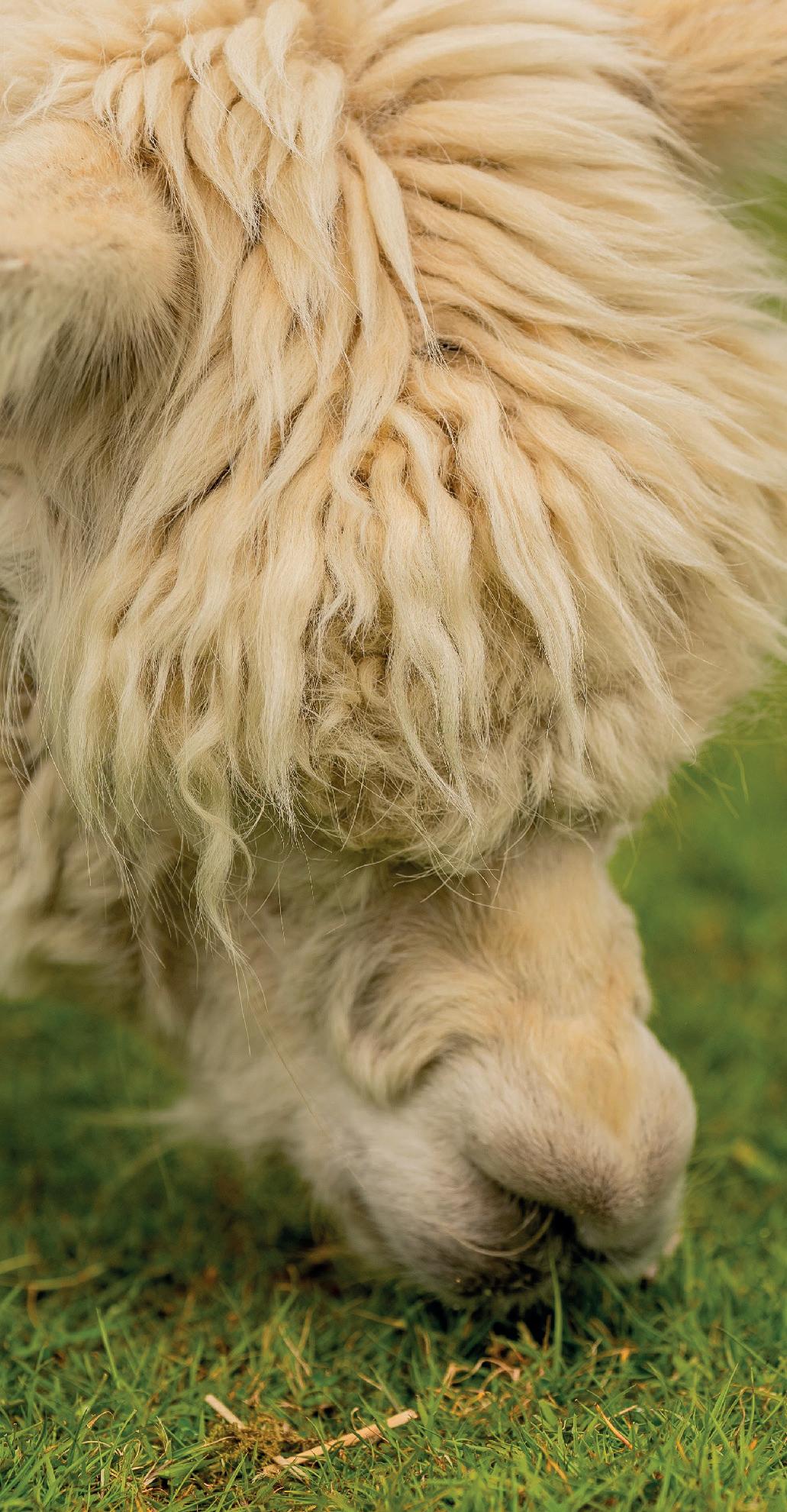
If animals remain in paddocks through the winter, then supplementary forage will be needed. So put hay or haylage in feeders in the winter.
Put a golf ball in your field – if it is not just about hidden the grass is too short. In this case increase the area or reduce the number of animals in the paddock or add supplementary feed.
Act early in drought situations with supplementary feed to avoid damaging future grass production. During prolonged drought it is best to sacrifice one or two fields in which you continue to feed and keep animals out of the others.
Think about the main use when re-seeding. If grass is for grazing, you want species and varieties that will do well when grazed. Ask you seed merchant about different mixtures for grazing and ask if they are suitable for your soil type.
Consider breaking up the compaction with machines. This can be sub-soiling or ploughing. Alpacas do not cause compaction, but it might be due to previous use of vehicle traffic or heavy farm machinery.
Remove the alpacas from grass that is not viable for grazing to allow it to recover. You may have to sacrifice one field or area with a shelter for the winter, (the driest area ideally), to ensure that there will be grass growth the following year. You don’t want the grassland to be so damaged that it is unable to grow efficiently
Duncan advises that to get the most from your grass you will want to optimise output and utilisation and ensure longevity of the sward. In practice this means grazing the grass when it gets to two to three leaves which is often when the height of the grass is 8cm to 12cm. It is important not to graze too low so that the grass recovers quickly by keeping reserves in the plant to start re-growth, so removing alpacas when the grass is grazed to 4cm is ideal. Grazing too tightly will also lead to bare patches appearing because the growing points get damaged and inhibit tillering.
Planning and action need to be taken before the area becomes so damaged or so trodden in due to the lack of sward, that it has to have a more drastic approach which means it would be out of action for several months so don’t let it get to that stage. Damaged grass also means drainage will be compromised meaning that more damage will be done to the grassland through standing water and competitive weeds will take over in the spring.
If you find yourself needing additional forage or have to feed a lower quality forage than you might normally, then speak to your nutritionist for advice on suitable products. Don’t let it go on and get knowledgeable advice – it will be cheaper in the long run. Your vet will be able suggest an advisor but your own feed manufacturer will have a nutritionist.
Dr Stephanie Wood, Head of Technical Operations at GWF Nutrition, advises: “Maintaining fibre intake during periods of low grass growth is vital for optimum digestive health, and products like Fibregest can be very effective forage replacements along with chopped forages or hay. In fact, using a variety of different forage sources is more beneficial for the microbiome than using a single source, and makes for a more nutritious feeding programme overall.”
Feed and supplement manufacturer GWF Nutrition has announced the appointment of Dr Stephanie Wood as Head of Technical Operations. Stephanie will oversee all nutritional operations at the heritage brand, ensuring the highest standards of manufacture and compliance.
Head of Commercial and Finance Tina Cain said: “We’re delighted to welcome Stephanie to the team. She brings with her a wealth of knowledge, skills and experience and will be instrumental in helping to drive the GWF Nutrition operation forward. As a heritage brand with an established reputation for excellence throughout the industry, we’re excited to be working with Stephanie as we
continue to develop our product offering and drive thought leadership in the animal nutrition sector.
Speaking about her new role Dr Wood said: “Joining the established team at GWF Nutrition is a wonderful opportunity to combine my experience with the business’s established innovative approach to animal nutrition. We align in our belief that species specific, quality nutrition is key to animal health, and I am excited to support our customers in achieving this.”
Dr Wood holds a Ph.D in Equine Nutrition and is a Registered Animal Nutritionist (RNutr) and Animal Technologist (R.Anim.Tech). She joins GWF Nutrition from Dodson & Horrell, having also held positions at Feedmark and as a Senior Lecturer at Harper Adams University.
Our Outstanding World Class Genetics shine through in the sheer quality of our Champion breeding lines


BAS National Show 2025
The depth and breadth of our breeding expertise over 36 years was reflected in the results:
BOZ Opening Night was awarded
Supreme Champion Suri Alpaca
Supreme Champion Suri Fleece and Best British-bred Suri
We also won 4 Champions and 6 Reserve Champions & Light Sire’s Huacaya Progeny class for BOZ Generation Now
Studs and breeding females available for sale: Huacayas and Suris from champion bloodlines
Stud services offered from a great selection of legendary and promising young Studs

Dr Ami Sawran BVSc CertAVP (CP) PGCertVPS PhD
FRCVS gives guidance in what has for many owners, been a challenging year with grassland.
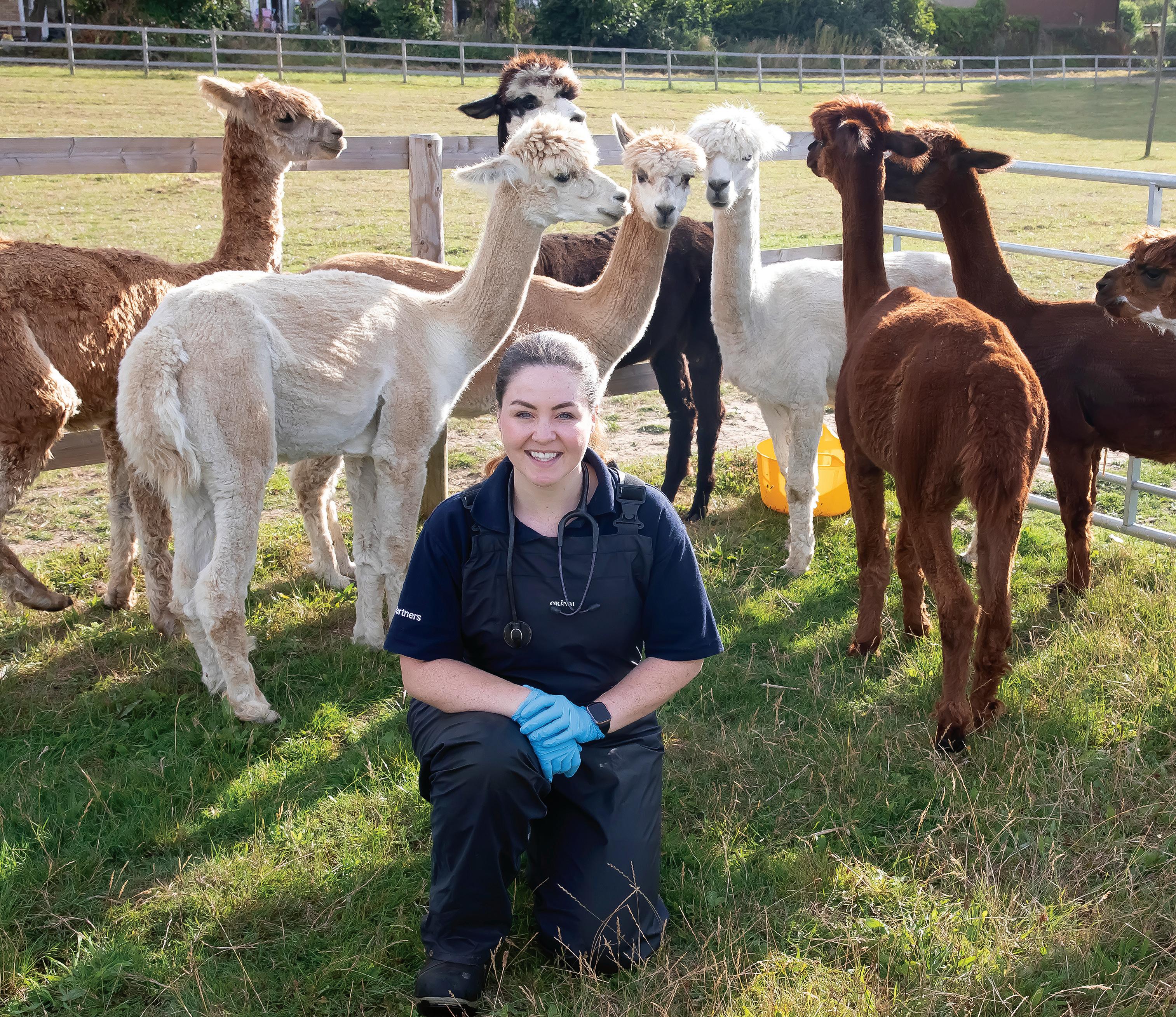
Following a hot, dry summer with poor grazing, many alpaca owners will be looking to supplement their animals to ensure they get through the winter in good health. While supplementation is a vital tool, it's a process that requires a careful, evidence-based approach to avoid potentially serious health issues.
At the risk of sounding like a broken record, now is the ideal time to determine which animals may need a little more care. Pay particular attention to the very old or young, as well as those that are ill-thriven or pregnant – you may need a little lead in time but do consider scanning your camelids after 60 days post mating to enable you to tailor their nutrition appropriately. Body Condition Score (BCS), which ranges from 1 (extremely thin) to 5 (obese), is assessed by feeling the spine behind the ribs. A score of 3/5 is generally ideal. Your vet can demonstrate the technique if needed, and once you have a herd score, you can adjust your feeding plan to ensure they gain, maintain, or lose condition as required.
The foundation of an alpaca's diet should always be high-quality forage – good hay or haylage. After a drought, it's critical to understand that even hay that looks and smells fine can have a significantly reduced nutritional value. Drought-stressed plants are often shorter and have less highly nutritious leaf material, resulting in a lower protein content and reduced digestibility. The animal has to eat more to get the same nutrients, which it physically cannot do, especially if it is a lower ranking animal in the herd. Because of this, a dependable forage source becomes even more critical, requiring additional supplementation. When introducing any new feed, the most common mistake is doing it too quickly; a sudden change can lead to digestive upset and doesn’t allow the gut microbiome to adapt. Introduce any new feedstuff very gradually over a period of at least two to three weeks, monitoring how your animals are responding.
• For underweight animals: The goal is to safely increase energy intake. Focus on providing unlimited access to the highest-quality hay or haylage available. If you decide to supplement this with a commercial concentrate diet, consider options that are small sized (to prevent choke) and concentrated enough that you do not need to feed large amounts. Concentrate should not make up more than 30% of an alpaca’s intake. Another high fibre option is soaked sugar beet pulp. The key is to add digestible fibre and protein rather than high-starch grains, which can cause acidosis.
• For overweight animals: The priority is to reduce calorie intake while ensuring all nutritional needs are met. Restrict access to lush, high-sugar grasses – though this ought not to be the problem as I look out the window at present, it may be in autumn. Your main feed should be a lower-quality hay, which allows them to forage constantly without gaining weight. Strictly avoid any high-starch concentrates, such as maize, barley, or oats.
While concentrated feeds should not form the major part of your alpaca's diet, they are a good way of ensuring adequate mineral uptake. British pasture can have variable levels of key minerals such as calcium, phosphorus, zinc, copper, and selenium, meaning your herd may not be getting the recommended amounts from pasture. Having your pasture properly analysed will give you an idea of any deficiencies.
You can find more about body scoring at www.bas-uk.com/care-and-welfare/husbandry/routine-care
While all alpacas need adequate nutrition, certain groups require particular attention and care over the winter months.
• Growing animals: Young alpacas are still developing, and growing rapidly. Given the long, dark winters in the UK, Vitamin D deficiency is a serious risk. I generally recommend injectable preparations of Vitamin D to prevent this, though many prefer oral pastes, which are a fine alternative. Consider your herd’s risk profile and discuss adequate dosage with your vet.
• Pregnant and lactating animals: The nutritional demands of a pregnant or lactating female are significantly higher than those of a barren female. They need extra calories and protein to support themselves and their developing cria. A tailored nutrition regimen could be worked on as part of your herd health plan with your vet.
• Older or ailing animals: Older alpacas, or those with underlying health conditions, may struggle to maintain condition. Their specific needs must be addressed to ensure they don't lose weight as the temperature drops.
After a long, dry period, ground that suddenly gets warm and wet can create the perfect conditions for certain parasites to thrive. Coccidiosis, a major risk to youngstock, and liver fluke, which can affect all ages, both flourish in damp conditions. Please ensure that you are routinely picking up poo, and having your herd tested for parasites.
I do hope autumn and winter are kind to you and your herds.
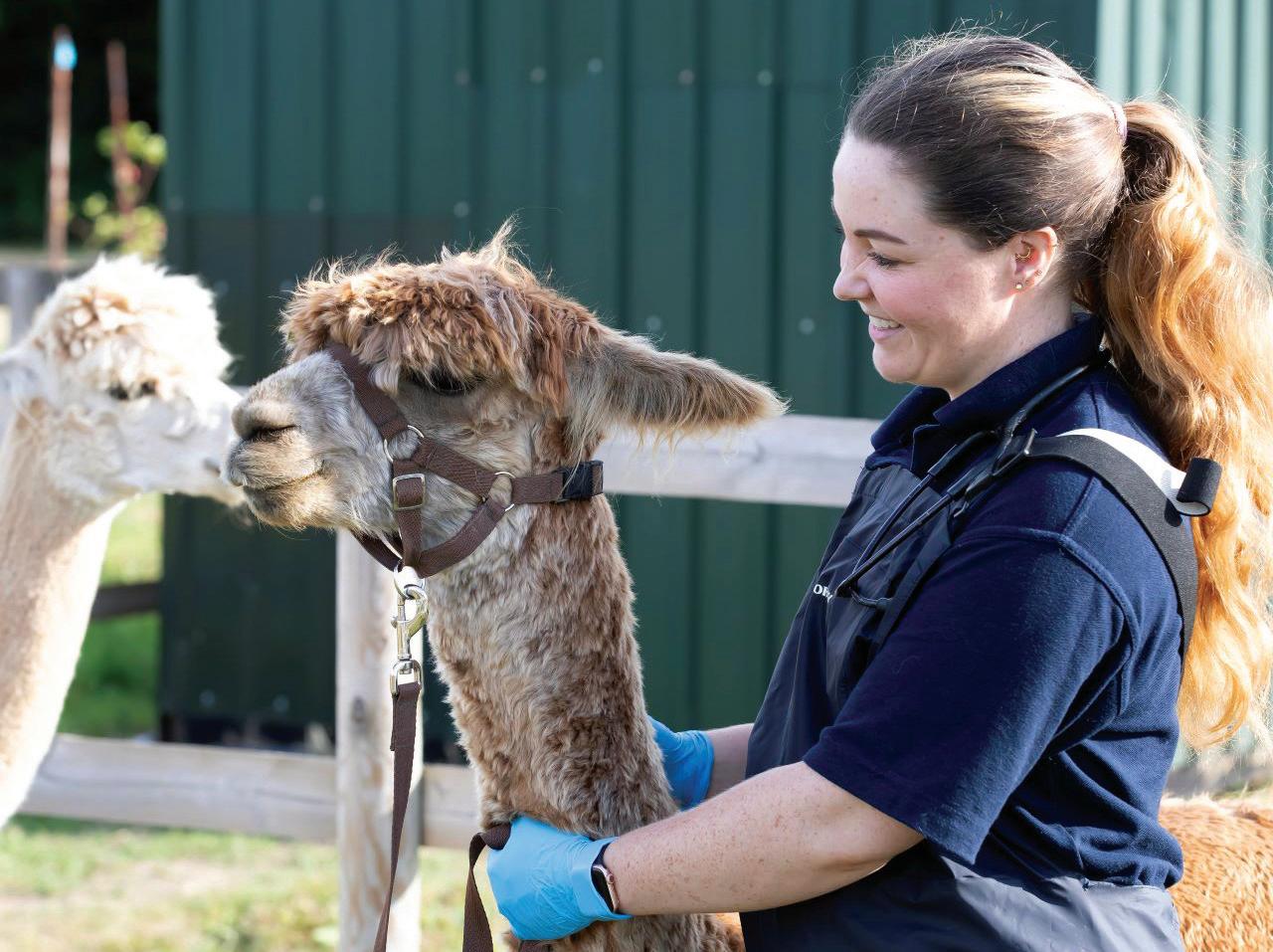
Ami graduated from Liverpool in 2011 and completed a farm internship and PhD at the Royal Veterinary College. As clinical director of Westpoint Farm Vets in Chelmsford, she has found her niche catering to camelid health and welfare. She has a certificate in Advanced Veterinary Camelid Practice, heads the Pro: Camelid consultancy group at Westpoint and the Camelid Special Interest Group at VetPartners, aiming to deliver relatable CPD and resources to help farm vets care for camelids.
Teresa Wilton-Way BSc (Hons), PGCE, MSc shares findings from her research into the role of protein on body growth and fleece production in young alpacas in the UK, highlighting some implications for breeders.
Ruminants derive protein from the diet in two ways: microbial protein produced from feed fermented in the rumen, and rumen-undegradable protein that bypasses the rumen and is digested in the small intestine. It has long been recognised that microbial protein alone cannot meet the most demanding of physiological states, including growth, and rumen-undegradable dietary protein is often added to ruminant diets (McDonald, et al., 2011). Some feeds are naturally high in rumen-undegradable protein, while others are processed to protect them from rumen fermentation.
Rumen-undegradable protein can also be used to deliver key amino acids (the constituents of protein) such as lysine and methionine, which are often low in forages and when insufficient, have been shown to limit body growth in lambs (Schwab & Broderick, 2017). Methionine, in particular, has
been shown to enhance growth and wool production (Cao, et al., 2021). Extensive ruminant research has resulted in nutritional models which optimise both microbial protein production in the rumen and the use of rumen-undegradable protein (AFRC, 1993). Although camelids share many digestive similarities with ruminants (foregut fermentation and chewing the cud), they demonstrate some unique adaptations and there is very little camelid research in this area.
Growing alpacas in the UK, unlike lambs who are weaned in the spring, are typically weaned going into winter when the nutritional value of grazing is at its lowest. Hence the nutritional challenge for them in this rapid period of growth, with the added expectation that they will also produce a quality fleece for the following show season/fibre harvest, is immense.
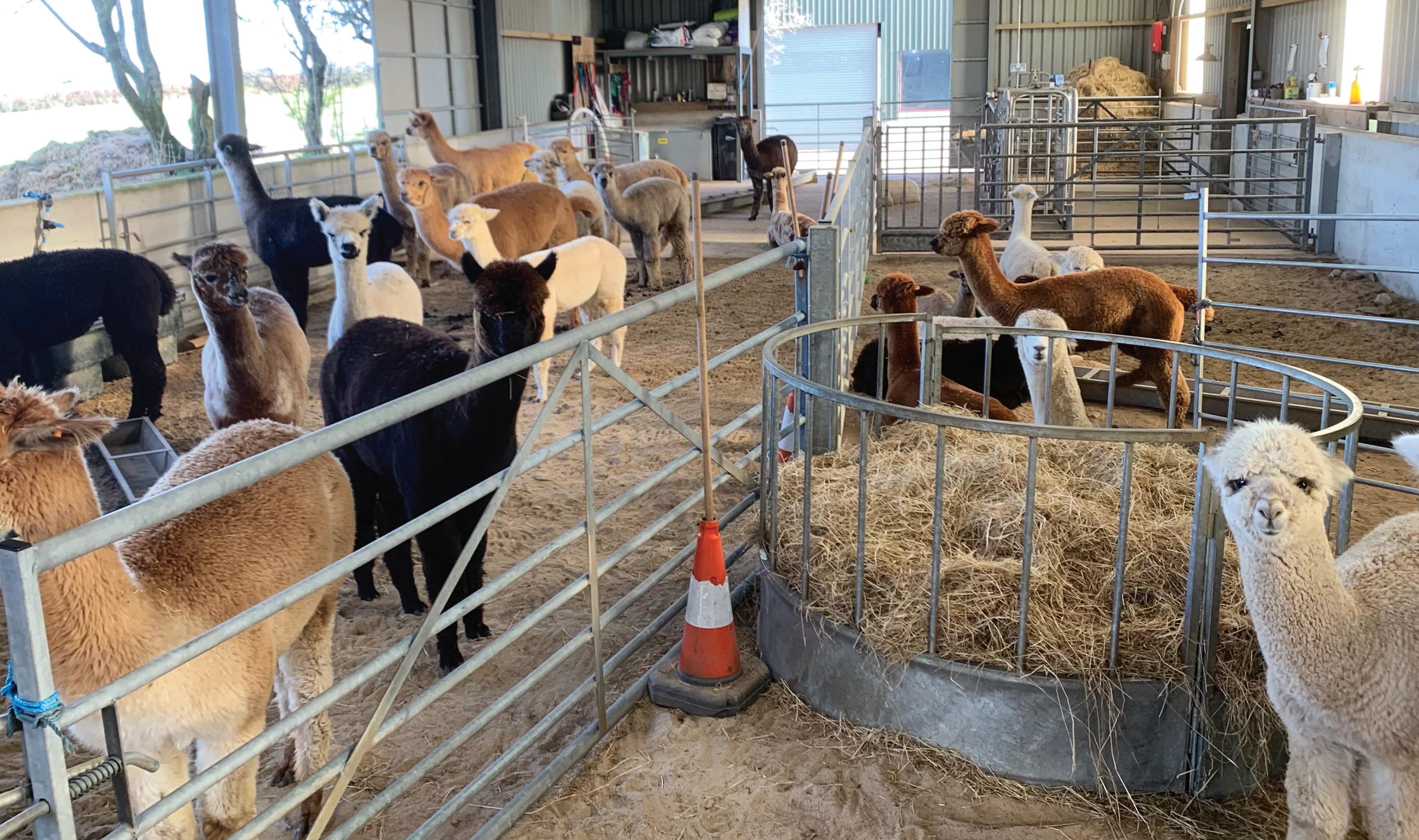
This research looked at whether the principles of ruminant protein nutrition could be applied to alpacas. At its core was an 8-week winter feeding trial. It investigated the effect of supplementing high-quality protein (with a high level of rumen-undegradable protein and an appropriate amino acid profile) on body weight and fleece production in young, growing alpacas (weanlings and yearlings) kept on UK pasture and fed a predominantly forage diet. Fleece quality was also measured to assess whether supplementation affected the quality, and hence commercial value, of the fleece produced.
Alpacas remained on-farm and had ad-lib access to grazing, hay, water, and shelter. They were randomly allocated to receive one of two treatments – a basal ration (age specific), or the same basal ration plus the high-protein feed supplement consisting of a mix of hi pro soya and rumen-protected rapeseed.
The farms grazing and hay were analysed (see Table 1: Study forage analyses) and rations were formulated to meet the requirements of each age group according to NRC 2007. Adjustments for UK conditions and to accommodate more recent camelid research relating to energy requirements were made (Riek, et al., 2017; Bonavia & Mcgregor, 2021). Yearlings’ requirements were met by grazing and hay alone. However, a minimum basal ration was specified to carry the mineral mix and as a basis for increasing quantities (rather than introducing new feeds), if necessary, during the trial. Rations were introduced slowly and only after a suitable period after weaning.
The alpacas were weighed and had their height at withers, body length and thoracic circumference measured at the beginning and end of the eight-week feeding period. A 10cm x 10cm patch was clipped on the right mid-side of each alpaca at the start of the feeding period and again at the end. The fleece was collected, dried, and accurately weighed. The clipped patch was accurately measured (all four sides and one diagonal), and Herons’ formula used to calculate the clipped area to establish fleece growth rates. A smaller patch was similarly clipped on the left mid- side



Teresa Wilton-Way has been breeding for 18 years, specialising in grey alpacas and became interested in nutrition at the start, after discovering their ground was deficient in selenium. Teresa decided to do a Masters in Animal Nutrition at University of Glasgow, in conjunction with Scotland's Rural College (SRUC), specialising in ruminants and a focus on camelids, and graduated in 2024
and the fleece collected at the end of the feeding period and sent to a commercial laboratory for OFDA 2000 testing.
Results were analysed for 24 alpacas: 12 yearlings, median age 19.4 months (interquartile range 1.3 months); and 12 weanlings, median age 6.9 months (interquartile range 0.9 months). Animals were of mixed sex and colour but similar genetics. Due to the small (but not unprecedented) sample size, SPSS Mann-Whitney U tests were used for significance and hypothesis testing on each variable of interest.
>> Continued on next page
Weather:
Protecting against adverse weather
Ventilation:
Provide good air flow
Flies:
Shelter against summer heat and flies
Adaptability:
Water drinkers, troughs and deep bedding can all be added
Husbandry:
A great place to complete feet-trimming, vitamin drenches or as a quarantine area
Appearance: Practical and attractive
Size:
Various options and sizes available. Please visit our website for more details.
Being an Alpaca breeder the welfare of our animals is paramount so the pods are designed and manufactured by ourselves taking this into account. We designed the Alpaca pods for our own herd and are now pleased to offer these for sale.
1 Significance level set at 0.05, N=12 for all tests except • Thoracic circumference (N=11)
2 p-value is Exact Sig. (2-sided test) from Mann-Whitney U test
• Change in (named measurement)
The results demonstrated that supplementing high-protein feed ingredients (specifically hi pro soya and rumen-protected rapeseed meal) had no significant effect on body growth, fleece production or fleece quality (see Tables 2-4).
The lack of effect was likely due to the unseasonably high crude protein content (25.6%) of the farm’s grazing being sufficient to meet the alpaca’s metabolisable protein requirements. This was based on calculations using the AFRC metabolisable protein system for ruminants (AFRC, 1993) with adjusted feeding levels for alpacas. This contrasts with previous studies which manipulated the overall level of the diet, which resulted in increased body weight and fleece production (Newman & Paterson, 1994; Russel & Redden, 1997; Franco, et al., 2009). It is consistent with the studies of (Lund, et al., 2012), who manipulated the rumen-undegradable protein content of alpaca diets and
(Moore, et al., 2013), who supplemented rumen-protected methionine, neither of which had a statistically significant effect on fibre production. There was, however, an indication that the yearlings on the high-protein supplement in this study increased their body condition (increased thoracic circumference, at the 80% confidence level, with very little skeletal growth).
Beyond the numbers: what this UK research study reveals about growth, grazing, and fleece
Although this study could not determine whether growing alpacas benefitted from the high quality protein supplement (specifically hi pro soya and rumen-protected rapeseed meal), several interesting peripheral findings emerged. These touch on growth patterns, ration performance, weather effects, and fleece quality – areas of real interest for UK breeders. >> Continued on next page
1 Significance level set at 0.05, N=12
2 p-value is Exact Sig. (two-sided test) from Mann-Whitney U test

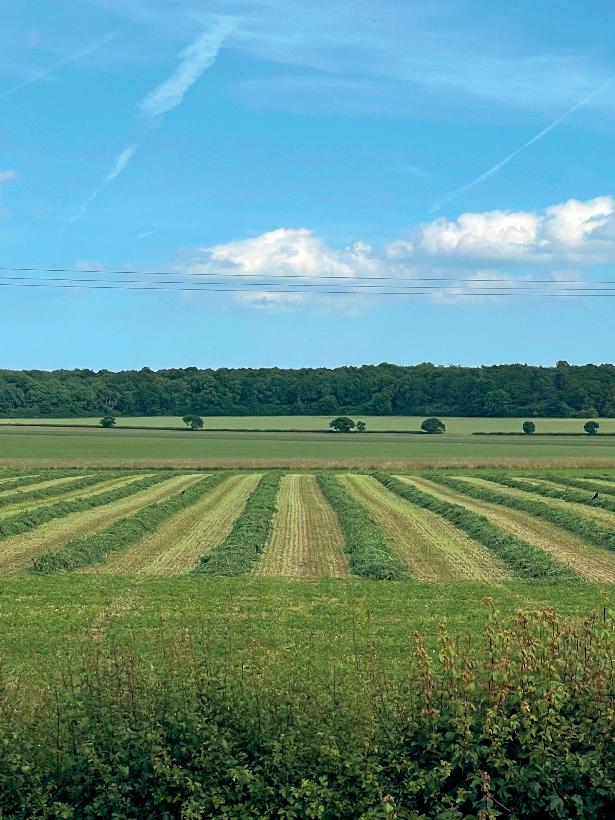
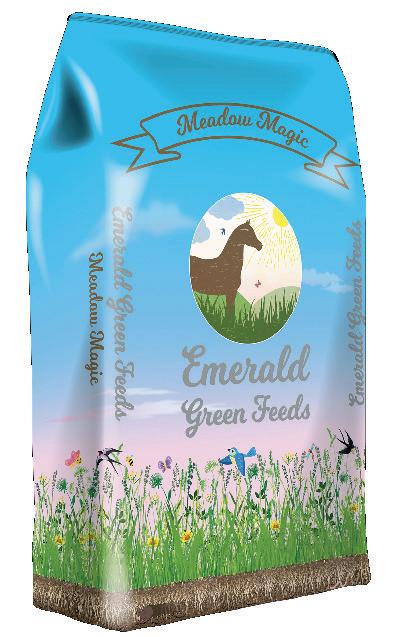





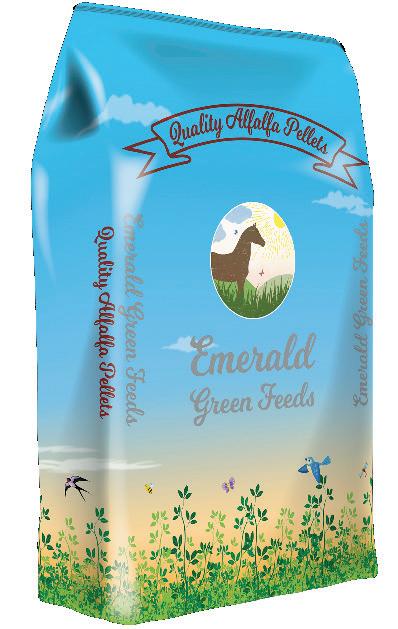








1 Significance level set at 0.05, N=12
2 P-value is Exact Sig. (2-sided test) from Mann-Whitney U test
SD = Standard Deviation CV = Coefficient of Variation
UK alpacas in this study showed body weights closer to North American growth curves than German ones.
At the time of the study, published growth curves for alpacas were limited to the USA (Van Saun & Herdt, 2014) and Germany (Grund et al., 2018). With broadly similar grazing conditions, one might expect UK alpacas to align with their European counterparts. However, comparison of pre-trial body weights told a different story. The study weanlings (median 39.8kg) and yearlings (65.3kg) were very well grown – and more in line with North American growth expectations than German standards.
The study used a single-farm sample, so how representative these animals are of the wider UK population is not known at this stage. Given the geographical variability of the published growth curves, the development of UK specific growth curves would likely be of great benefit to UK breeders. The author would be interested to hear from any breeders happy to share their husbandry databases (or relevant parts) to build a more accurate national picture and develop UK growth curves. Any data used would be anonymised. Please send them to teresa.wilton.way@gmail.com
Pasture power:
Protein-rich pasture drives higher intakes and growth. Despite precise ration formulation, based on adapted NRC camelid
nutrient requirements and analysis of the farm’s pasture and hay, growth performance outperformed expectations. Weanlings gained 36%-39% more weight than predicted, and yearlings outpaced projections by 56%-181%.
So what was behind this unexpected boost? Had the maintenance requirements used in formulating rations been over-estimated?
These were compared with those used in the only other UK study on nutrition in growing alpacas (Russel & Redden, 1997) and this was unlikely. Interestingly, however, Robert Van Saun’s work on Neutral Detergent Fibre (NDF) intake capacity showed a significant interaction with protein (Van Saun, 2021).
Far from being a case of overestimated requirements, the results suggest that the farm’s lush, protein-rich grazing promoted intake and hence performance.
Rapidly growing alpacas housed during inclement weather may require increased rations
It was surprising that the increase in average daily weight gain and body condition seen in the yearlings receiving the high-protein feed supplement was not reflected in the weanlings.
Analysis of hay consumption data showed that it broadly followed the weather patterns and that during frosty or icy periods, the alpacas spent more time indoors and ate more hay. However, as the hay was lower in metabolisable energy compared to the farms grazing (see Table 1), the overall energy provided by the daily diet of the weanlings dropped.
>> Continued on next page


We’re passionate about camelids and share your goal to have a healthy & productive herd.
Committed to ongoing learning in the rapidly developing field of Camelid Health, Medicine, and Reproduction, we stay at the forefront to offer up-to-date care and advice. Our commitment extends to sharing our expertise, enhancing knowledge for amelid aregi




Partner with us for a thriving herd. We support and collaborate for specialised care, optimising camelid health and easing management stress.
Utilize our Camelid-Specific Lab for comprehensive testing (faecal or cria IgG).
Dedicated to enhancing camelid health and welfare, our ser vices are spearheaded by Claire E Whitehead, the only RCVS Specialist in Camelid Health & Production, and published author of The Camelid Care Handbook.
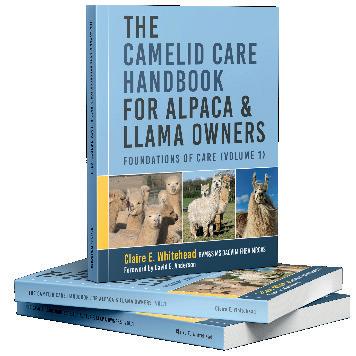
Indeed, detailed calculations of the daily diet consumed, demonstrated that during these periods of inclement weather the energy level of the daily weanling diet actually fell below their requirements and their diet potentially became energy-limited. Hence, despite recent research in Central Europe suggesting that an additional environmental energy allowance is not required per se whilst environmental temperatures do not fall below -10°C to -15°C (Riek, et al., 2017), short term weather shifts can have an impact. Owners should consider supplying rapidly growing animals with additional feed/higher quality forage (e.g. dried chopped alfalfa or grass, without added oil) during periods of inclement weather when they may consume more hay.
Fleece production: does protein boost fibre growth or change its quality?
More research is required into the effect of protein supplementation on both fleece growth and quality.
Although there are many anecdotal reports about increased nutrition resulting in increased micron in alpacas, scientific reports are mixed. Russel and Redden (1997) found that fibre length increased more than diameter with increased nutrition, while Franco et al. (2009) reported the opposite. In this study, although not statistically significant, weanlings on a high-protein supplement showed increased fleece growth mainly from greater fibre diameter rather than length. Yearlings on the high-quality protein supplement showed no increase in fibre length or diameter (although not statistically significant, their average fibre diameter was lower than that of those on the basal diet).
Research into the effect of nutrition on fleece quality (other than fibre diameter) is extremely limited and further research would be of benefit to the industry.
Body length

REFERENCES
• Growth: UK alpacas may be more in line with North American, rather than European, growth curves. Development of UK-specific growth curves could be beneficial.
• Pasture protein: Likely boosts intake and growth.
• Weather: Inclement weather, when animals spend more time indoors eating hay, can negatively impact energy intake in rapidly growing youngsters (especially weanlings). Owners should consider supplying these animals with additional feed/higher quality forage (e.g. dried chopped alfalfa or grass, without added oil).
• Fleece: More research is needed on the influence of protein supplementation on both yield and quality.
My sincere thanks go to Kate and Simon Brookes for allowing their animals to take part in the study and entrusting me with their nutrition. This study would not have been possible without this and the incredible effort they put into preparing and serving daily rations.
I would also like to express my deepest appreciation to my family (Victor Wilton and Lucy Hawkin) and my best friend (Tracey Smetherham) for all their un-wavering support and help over the course of my studies and research. I could not have done it without them.
Also worthy of thanks are: John Newbold (Ph.D. Professor of Dairy Nutrition at SRUC) and the SRUC laboratory; Dr. Euan David Scott Bennet (Lecturer in Research and Numerical Skills at the School of Biodiversity, One Health and Veterinary Medicine College of Medical, Veterinary and Life Sciences, University of Glasgow); Sarah Finch, formerly Caldwell (TheHumanVet Ltd); Duncan Pullar (CEO British Alpaca Society); Paul Vallely and Tara Potter (Art of Fibre); Crediton Milling Company; and finally, Hedrok (our good-tempered alpaca guinea pig).
Fleece template
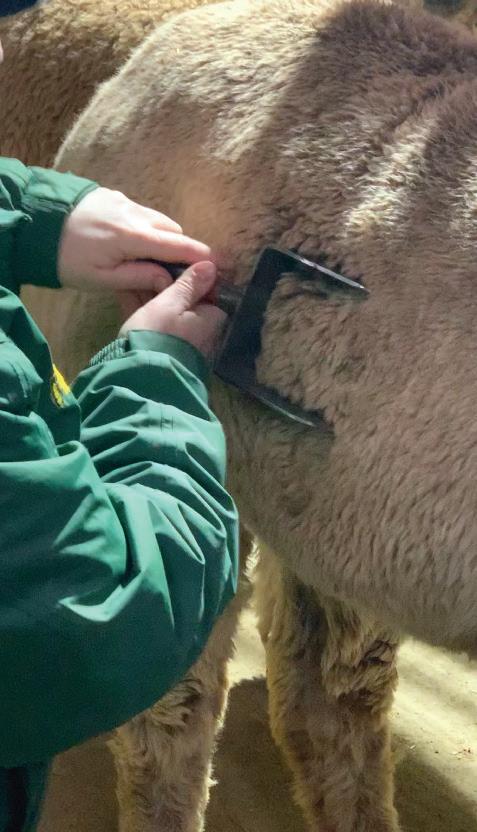

Fleece sampling
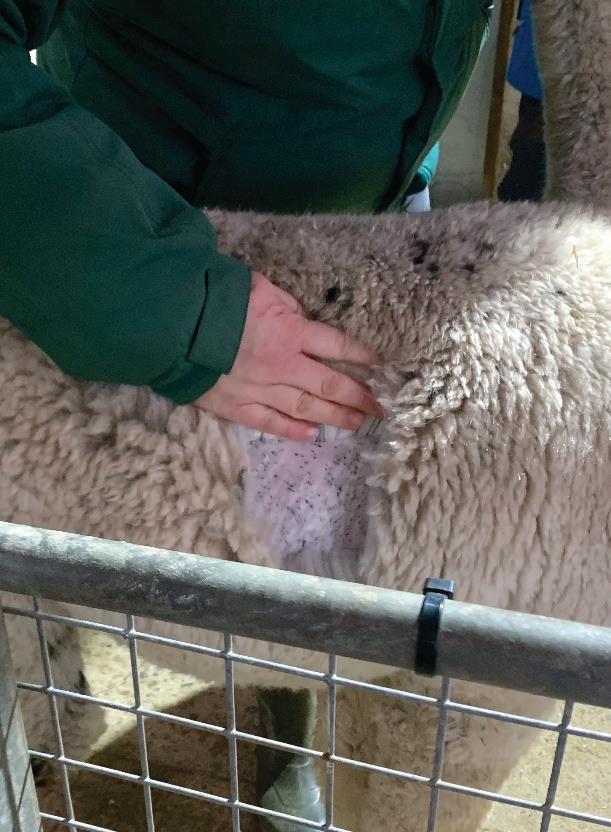
• AFRC , 1993. Energy and Protein Requirements of Ruminants. An Advisory Manual Prepared by the Agricultural Food and Research Council Technical Committee on Responses to Nutrients. Wallingford, UK: CAB International.
• Bonavia, N. & Mcgregor, B. A., 2021. Digestion, faecal grain loss and energy requirements of Huacaya alpacas fed lucerne chaff, oat chaff and whole grain barley diets. Small Ruminant Research, Volume 201, p. 106444.
• Cao, Y. et al., 2021. Amino Acids in the Nutrition and Production of Sheep and Goats. In: Advances in Experimental Medicine and Biology. s.l.:Springer International Publishing, pp. 63-79.
• Franco, F. F. et al., 2009. Efecto del nivel alimenticio sobre el rendimiento y calidad de fibra en alpacas. Revista de InvesMgaciones Veterinarias del Perú, Volume 20, pp. 187-195.
• Grund, S., Vogel, M. & Mülling, C. K., 2018. Morphometric evaluation of the growth of Alpacas (Vicugna pacos) from birth to 36 months of age. Small Ruminant Research, Volume 166, pp. 61-65.
• Lund, K. E. et al., 2012. Undegradable dietary protein in alpaca diets affects fibre diameter and time spent urinating. Animal production science, 52(10), pp. 959-963.
• McDonald, P. et al., 2011. Animal Nutrition. 7th Edition ed. s.l.:Benjamin-Cummings Publishing Company.
• Moore, K. E. et al., 2013. Rumen-protected methionine supplementation and fibre production in alpacas (Vicugna pacos ). Journal of Animal Physiology and Animal Nutrition, 97(6), pp. 1084-1090.
• Newman, S.-A. N. & Paterson, D. J., 1994. Effect of level of nutrition and season on fibre growth in alpacas. Proceedings of the New Zealand Society of Animal Production, Volume 54, pp. 147-150.
• Riek, A. et al., 2017. Seasonal changes in energy expenditure, body temperature and activity patterns in llamas (Lama glama). Scientific Reports, 7(1).
• Russel, A. J. & Redden, H. L., 1997. The effect of nutrition on fibre growth in the alpaca. Animal Science, 64(3), pp. 509-512.
• Schwab, C. G. & Broderick, G. A., 2017. A 100-Year Review: Protein and amino acid nutrition in dairy cows. Journal of Dairy Science, 100(12), pp. 10094-112.
• Van Saun, R. J., 2021. A RaMonal (Science-based) Approach to Alpaca Feeding. Online, The Ohio State University College of Veterinary Medicine: 2021 Alpaca Owner/Breeder Conference.
• Van Saun, R. J. & Herdt, T., 2014. Chapter 12 - Nutritional Assessment. In: C. Cebra, et al. eds. Llama and Alpaca Care. St. Louis: W.B. Saunders, pp. 100-123.

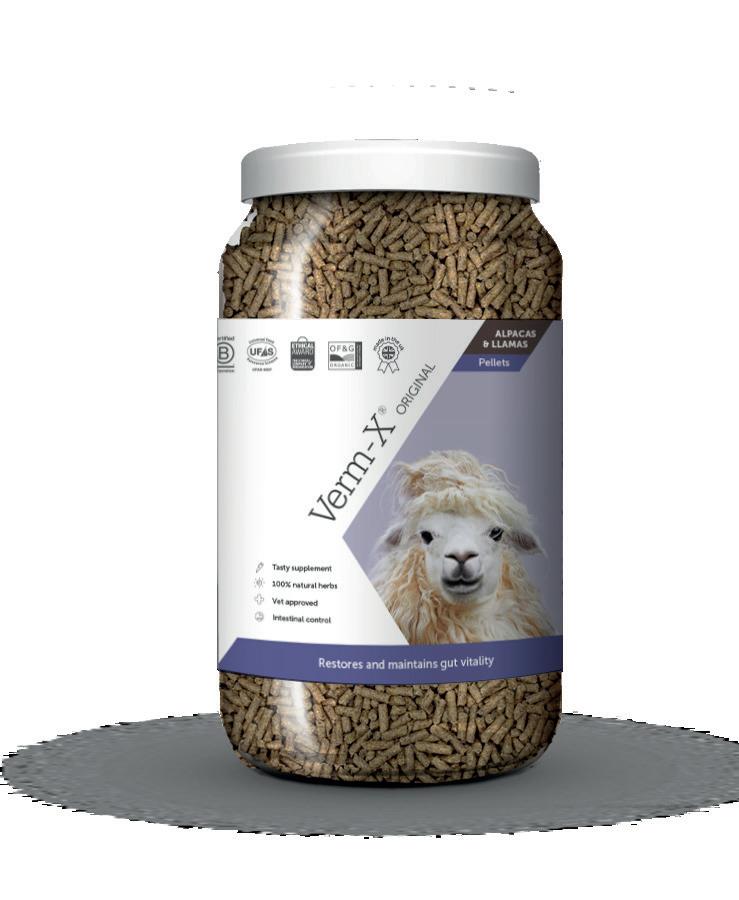

A normal gestation period for an alpaca is 343 days but can vary widely from 335-370 days
ASouth American Camelid caesarean survival is 90.6%1, whilst our own practice cattle caesarean survival rate is 95.4%. We hoped good news for Octavia!
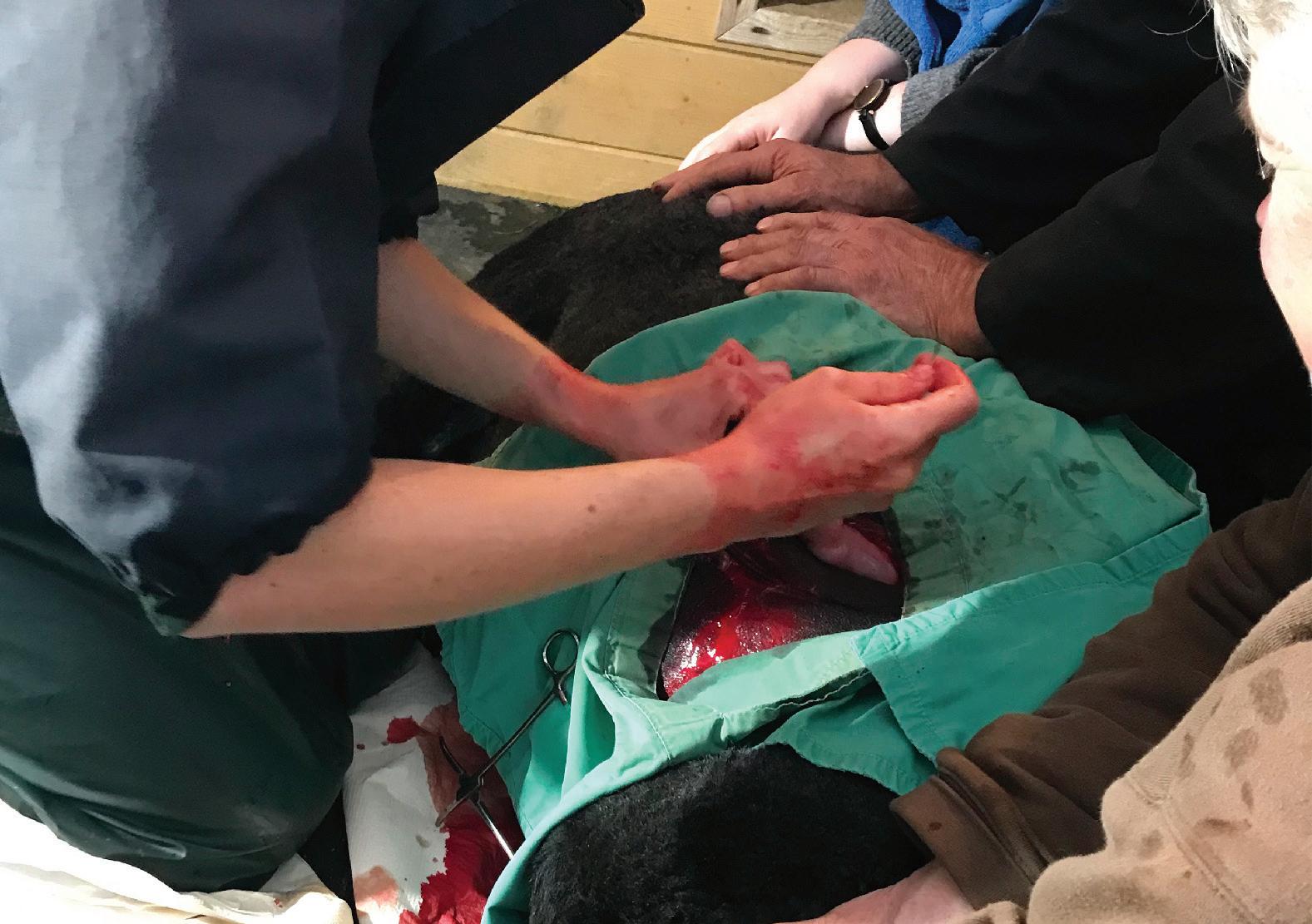
lpacas generally birth with ease, but sometimes we are faced with challenges requiring veterinary support. Charlotte and Teresa share the story of Octavia and Olga, to help other breeders prepare for when things don’t go to plan.
Meet Octavia. In July this year, 316 days into her pregnancy, she presented with signs of clear discomfort: restlessness, straining, head trembling and blowing out her cheeks. These are all signs pointing towards a possible uterine torsion.
Teresa (her owner), realising the seriousness of the signs, sent the call into our veterinary practice. Clinical examination revealed an increased heart rate and severe discomfort during abdominal palpation. With mild sedation and an epidural administered, both vaginal and rectal palpation confirmed our worst fears – we had a uterine torsion, four weeks away from our due date!
The first step when faced with a torsion is to roll the mother to untwist it – something that is more akin to shearing time than what we usually do as a vet. With all hands on deck, Octavia was placed on her side, soft ropes tied around her front and back legs. While the cria was held in place (externally) through the abdominal wall, the team then slowly rolled Octavia, legs in air, left to right side. This process should only be attempted up to three times, but unfortunately in this case correction could not be achieved.
• More hands: Gather your support team – it will be a real challenge if it’s just you and your vet! The overall process is likely to take a couple of hours.
– In this case, as well as vet Charlotte and owner Teresa, we had Vic (Teresa’s husband), Tracey Smetherham, Teresa’s daughter Lucy and were lucky in having a second vet (also Lucy) in attendance for the majority of the time.
• Remove feed: Sedation is safer if your alpaca has not eaten recently, so remove feed and water whilst setting up for the operation.
• Indoor space: If at all possible, get somewhere indoors ready for the mother. It’s best that she is in a clean, indoor space for the operation and afterwards (at least until the next day, depending on how she recovers).
• Warmth: Have a plan for keeping your alpaca warm post-surgery and for warming your cria up.
• Fresh water: Fresh, clean, ideally warm water is needed for the vet to scrub themselves, and your animal to reduce infection.
• Warn the vet if you’re squeamish! We have all had someone faint; it is better to be honest than have a drama mid surgery!
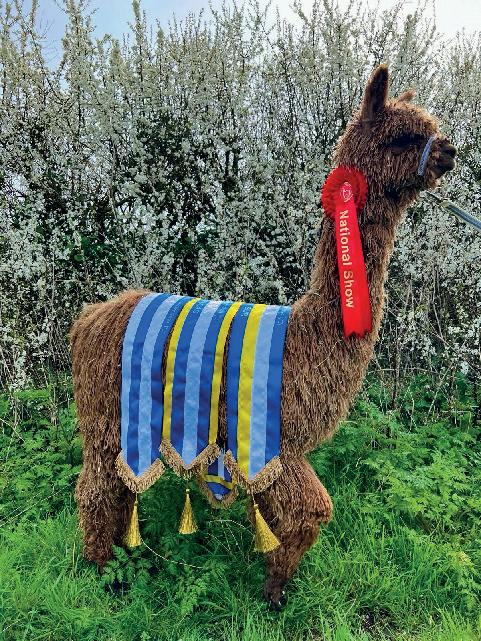
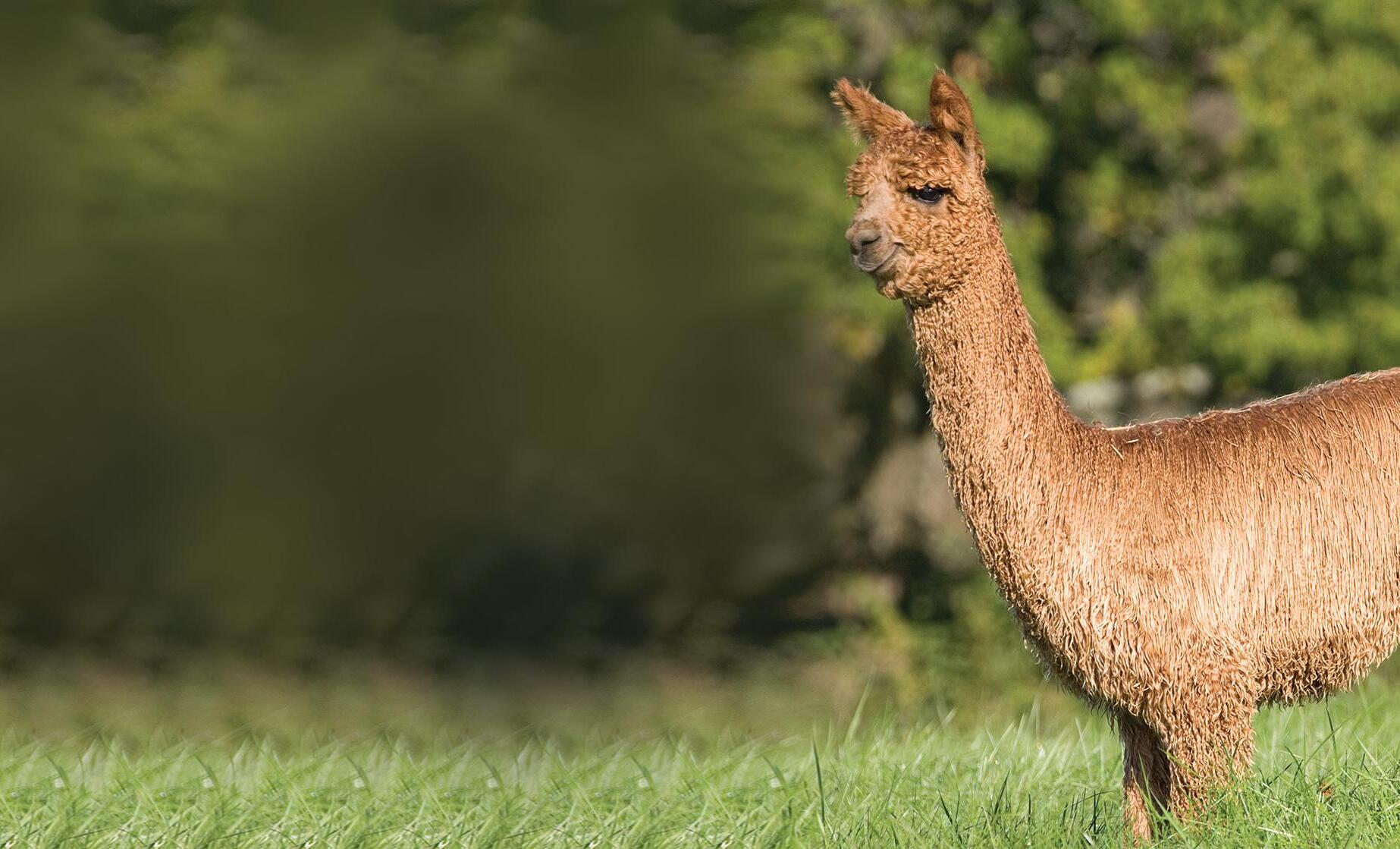
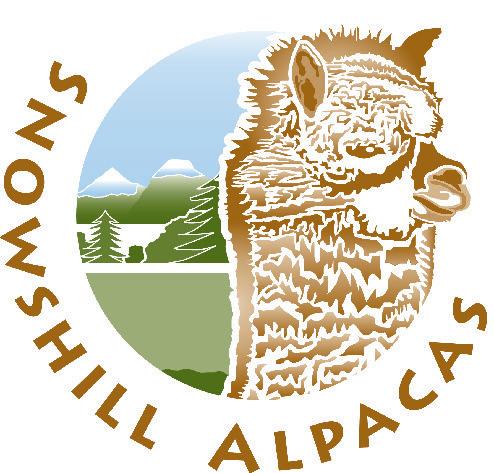


Have your most experienced person on the cria. They may need to get it breathing, remove fluid from the nose, deal with possible umbilical bleeds, inject steroids, warm it up, etc.
(See Part 2.)
They will also need to quickly assess whether the cria is premature or needs additional care (it’s likely that everyone else is going to be busy for at least another half an hour).
Join us in the next magazine for Part 2: When the cria can’t wait: premature cria management.
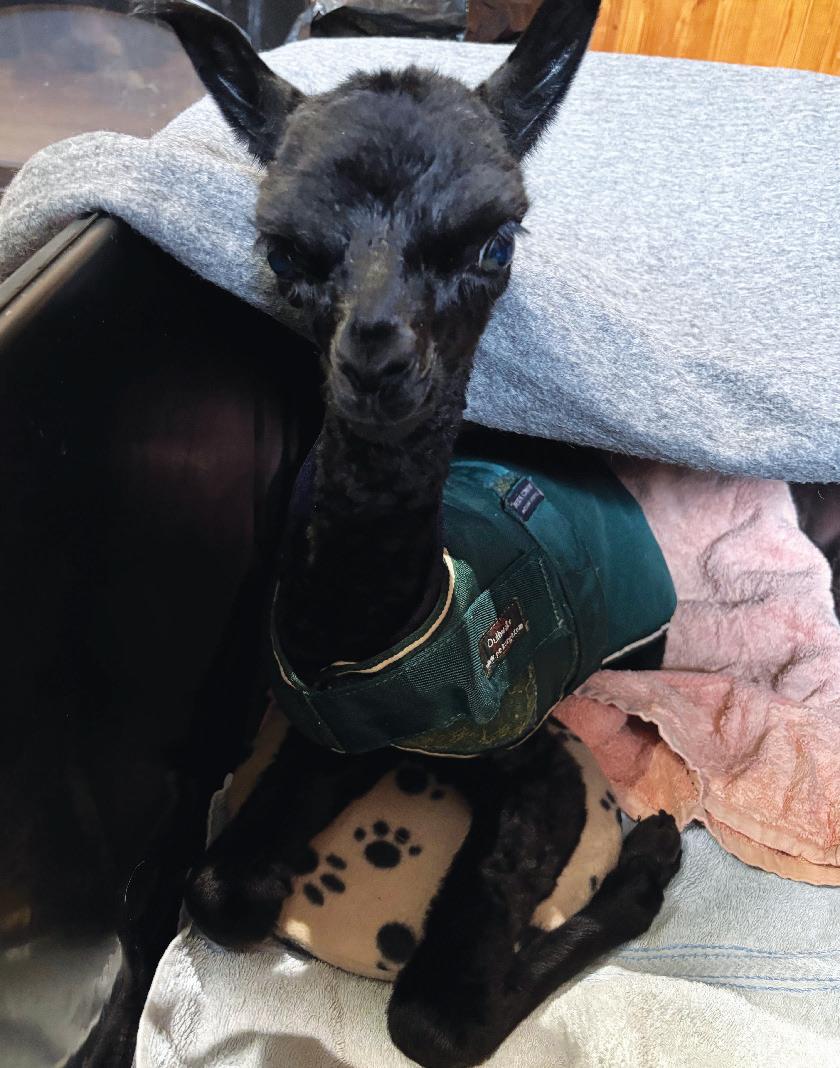
With little option but to opt for surgery, and Octavia’s welfare our highest priority, we chose to accept the risk to our premature cria and continued with a caesarean section.
Unlike smaller pets, caesarean section of an alpaca is often performed at home, and so it falls to you as the owners to help get ready! We were lucky enough to have a clean, dry indoor space in the barn for the procedure. Due to alpacas’ love of kushing, Octavia was sedated for surgery, to ensure she remained down and calm. This also kept our surgical site clean. We started her on antibiotics, and pain-relief had already been given. For surgery her left-hand side was clipped, scrubbed and infused with local
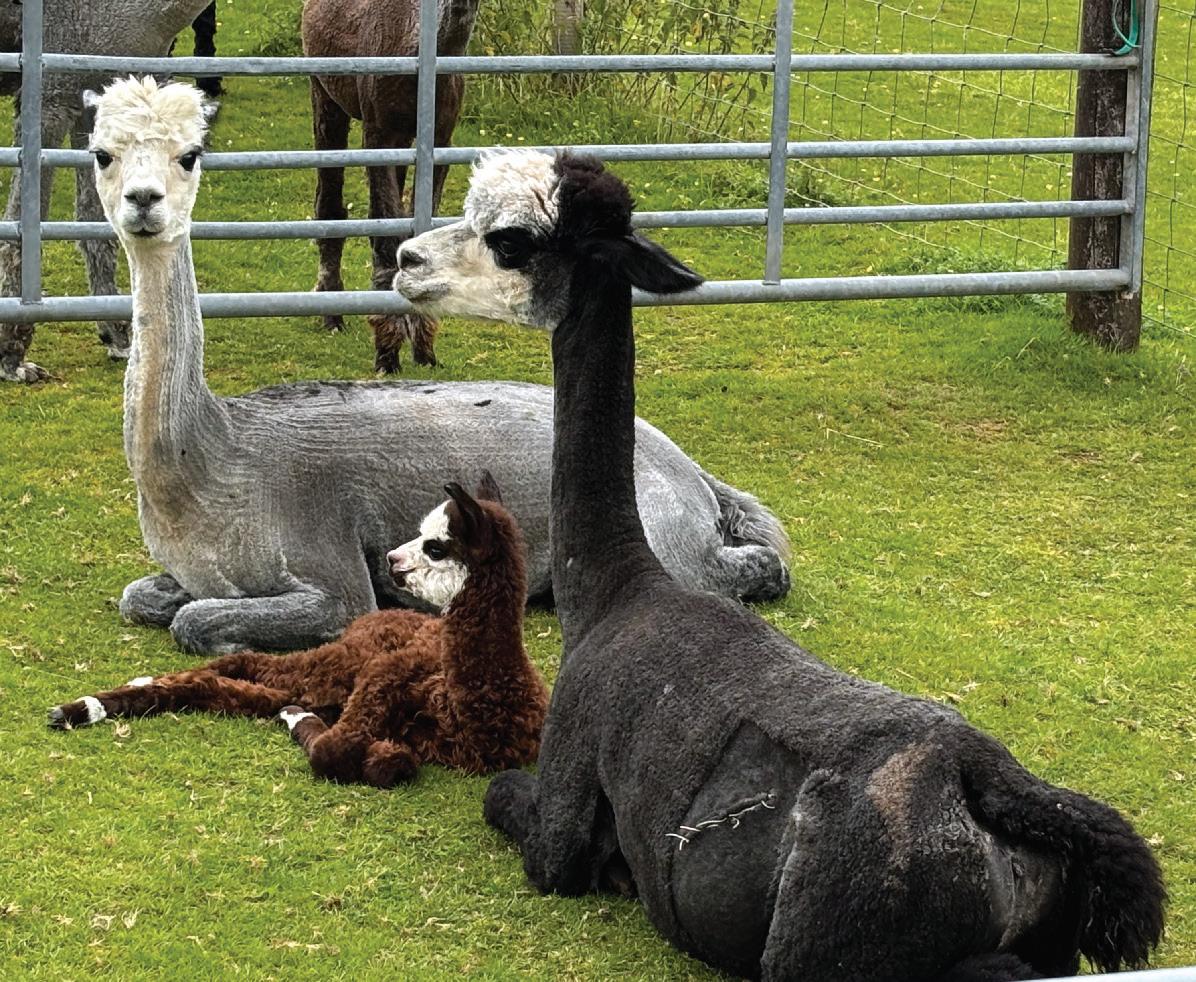
REFERENCES:
• Waqas M.-S., Campbell A., Arroyo E., Bott I., Anouassi A., & Tibary A. (2023). Cesarean section in camelids: indications, technique, survival, and postoperative fertility. Clinical Theriogenology, 15, 82-86. doi.org/10.58292/ct.v15.9639
• Miller B.A., Brounts S.H., Anderson D.E., Devine E. (2013) Cesarean section in alpacas and llamas: 34 cases (1997-2010). J Am Vet Med Assoc, 242, 670-4. doi: 10.2460/ javma.242.5.670. PMID: 23402415.

Olga day one, when she has
anesthesia, with the team helping to hold her in position in case her sedation wore off. For those squeamish of blood, it became the time to look away, and happily, Olga (our cria) was successfully delivered into the world.
Luckily, with lots of support around, our cria could be handed over to Tracey and vet Lucy for supportive care. Without this, surgical time would have been extended for Octavia, therefore extra people were crucial. With her uterus untwisted and side sewn back up, Octavia came around smoothly from the sedation. Some alpaca friends were brought in to keep her company, and she was out grazing by the next day.
Part 2 will be about managing a premature cria.
• Provide warmth: Opening an alpaca’s side creates a large loss of body heat. If possible, get heat lamps on the mother straight away after the operation. We used a couple of heat lamps hung at around 4 feet above the ground over a small pen to offer general warmth.
• Feed and water ASAP: The initial discomfort reduces feed intake, and stress of surgery increases energy demand.
– We used dried chopped grass/alfafa and followed up with some warm, soaked sugarbeet. The fermentation in her foregut also helps to generate heat.
– Give water with electrolytes.
– Most alpacas should be good to go out grazing within 6-12hrs.
• Fly prevention: If it is summer season, add spot on to withers to protect your alpaca’s wound.
• Medication: Expect follow up medication to be prescribed, to ensure antibiotic cover and pain-relief continue over the following days.
• Placenta: Following a normal birth, an alpaca’s placenta should pass vaginally within six hours. This is often delayed by caesarean section2, so the vet might give Oxytocin injections to help it to pass.
• Sutures: The thread holding the skin together generally requires cutting out 14 days after the operation, but your vet will let you know what to expect.



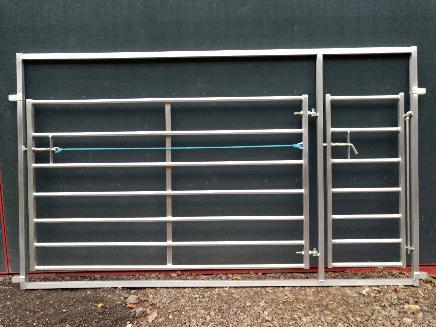

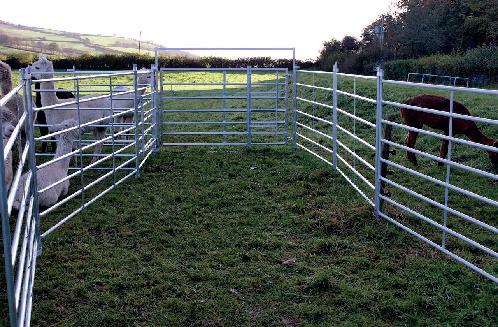

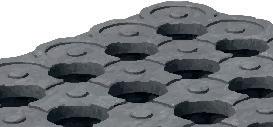
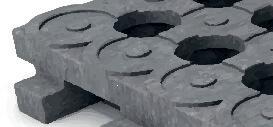


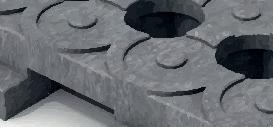

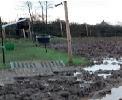
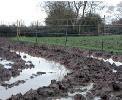
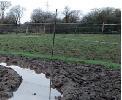






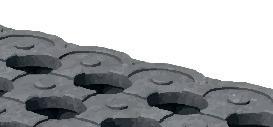













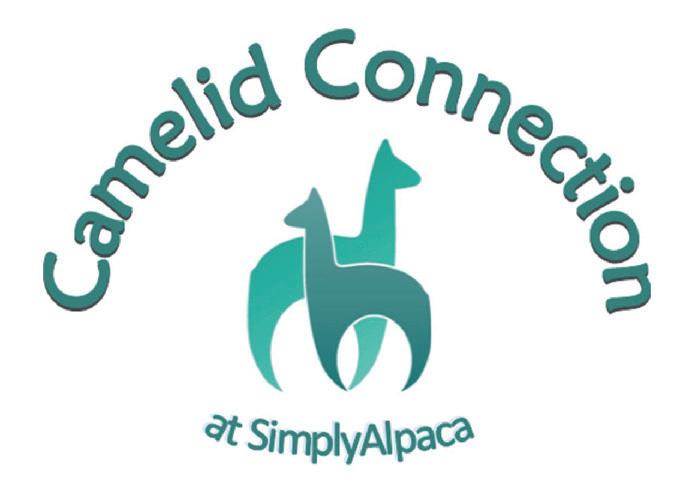
HANDLER COURSES:
25th-26th October 2025
28th-19th March 2026
23rd-24th May 2026
15th-16th August 2026
26th-27th September 2026
ANIMAL ASSISTED ACTIVITY COURSES
24th-26th April 2026
8th-10th June 2026
ANIMAL ASSISTED THERAPY COURSES
24th-27th April 2026
8th-11th June 2026

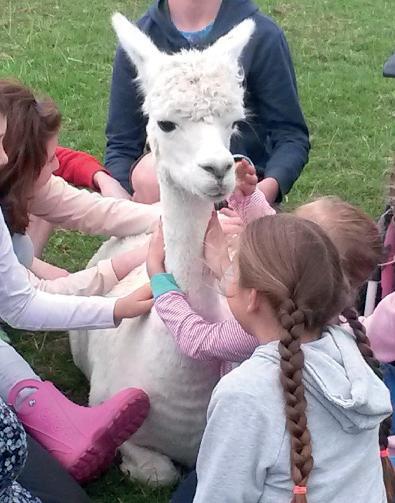
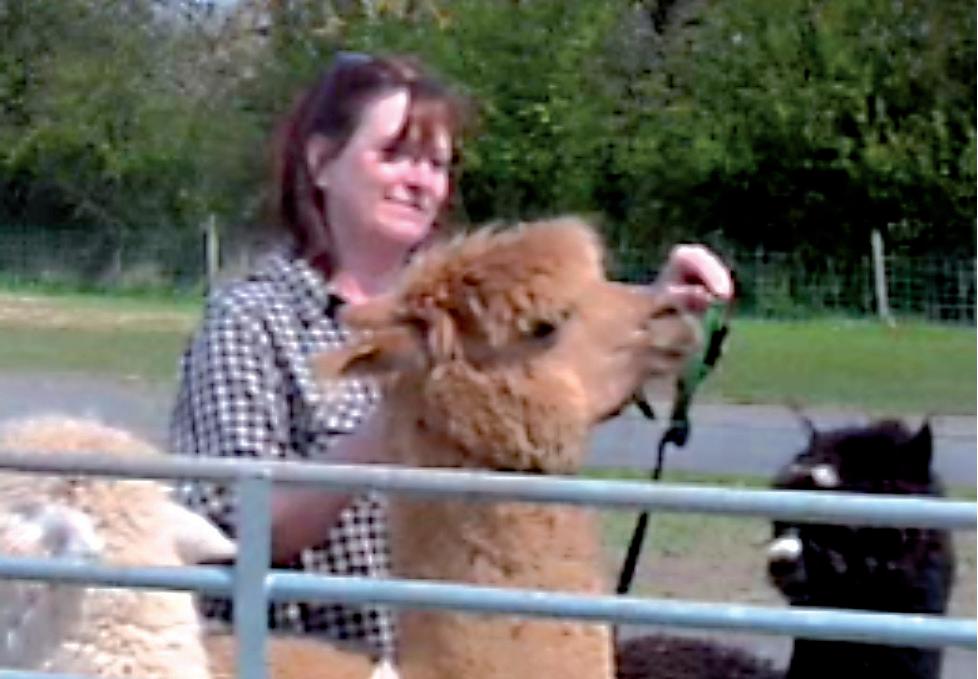
Is your relationship with your animals all you had hoped for?
How can Camelidynamics techniques help me on my alpaca journey?
Camelidynamics is an approach to and collection of methods that represent the most positive, least intrusive techniques for training and managing alpacas.
This two day handling course will change the relationship you have with your animals forever.
Understand why camelids behave the way they do and learn kind and efficient methods that are science-based, for safe handling and husbandry that’s fun.
Tell your vet that we have courses for them too.
For those interested in finding out how this approach can inform and support your human/alpaca interactions in the therapeutic arena, we are now offering courses for owners and professionals. Working with Alpacas in Animal Assisted Activity or Therapy.
For more details and to book your places go to






Researchers from the Royal Veterinary College (RVC), in collaboration with the University of Veterinary Medicine and the University of Natural Resources and Life Sciences, both in Vienna, have developed the first laboratory-made vaccine to protect livestock against the Barber’s Pole worm – a highly damaging gastrointestinal parasite most commonly found in sheep and goats. Also occasionally found in other ruminants, the Barber’s Pole worm attaches to the host animal’s stomach and feeds on blood, causing severe anaemia, swelling and, in the worst cases, death. It is a major cause of disease and economic loss for farmers worldwide, particularly in warmer climates. Treatment of the parasite and disease control are becoming increasingly difficult to manage due to the parasite developing resistance to many of the drugs traditionally used against it.
Until now, the only available vaccines have been made by harvesting worms from the stomachs of slaughtered sheep – a time-consuming and ethically challenging process.
As part of the first study, the research team first developed a new vaccine technique by using insect cells that can generate the protective proteins normally found in the worm to act as antigens and support the animal host’s immune response.
The second study focused on testing the efficacy of the vaccine in animals. The findings of this study revealed that when given to sheep, the vaccine trains their immune system to recognise the parasite and produce protective antibodies. The research provided promising data showing that the vaccine not only limits the ability of parasites to establish in sheep, but also greatly reduces the number of eggs shed by the parasite, thereby decreasing pasture contamination.
This new method means vaccines could one day be produced without relying on slaughtered animals, making production faster, more reliable and more humane, as well as supporting global efforts to control livestock parasites. It will also enable less reliance on chemical wormers, which are becoming less effective due to the growing drug resistance developing amongst the parasites.
Professor Dirk Werling, Professor of Molecular Immunology at the RVC and co-author of the studies, said: “This research shows that is indeed possible to create vaccines incorporating “foreign” sugars. This is an area my group has been working on for several years, and I am really pleased that we were asked to contribute with our knowledge to this ground-breaking work.
“It was absolutely amazing to collaborate with Shi and Katharina, also welcoming their two PhD students, Ms Isabella Adduci and Ms Floriana Sajovitz-Grohmann to our lab – a collaboration which resulted in two high impact factor publications for them. It clearly shows the high the quality of the work, but also how important this area is. I am looking forward to our ongoing collaboration.”
Dr Shi Yan and Dr Katharina Lichtmannsperger, Scientists at the Veterinary University Vienna, and senior authors of the two papers, said:
“There is an increased need of effective anti-parasitic treatments against devastating gastrointestinal worms, such as Haemonchus. Developing vaccines without having to sacrifice animals is not only a far more reliable, but also ethical and reproducible approach. Therefore, this new study provides good news that the creation of recombinant vaccines against economically important parasitic diseases, such as Haemonchus infection, is indeed possible.
“Our approach provides a proof-of-concept study but also highlights the potential of glycoengineering to deliver efficacious vaccines against multiple worm parasites in the near future. This achievement was made possible through close collaboration between basic and applied scientists and was funded by the Programme “Top Vet Science” by the Vetmeduni Vienna.”
This research was produced as part of the work by the RVC’s Centre for Vaccinology and Regenerative Medicine (CVRM), which was founded to pioneer the development and translation of vaccines and regenerative medicine to support both animal and human health.


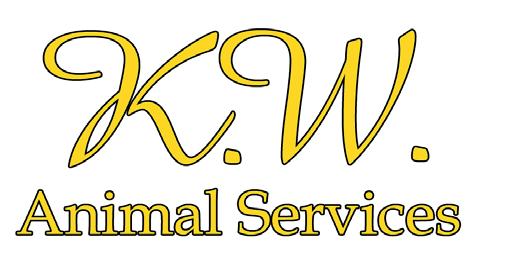
Are you looking for or in need of a little extra help with your animals and their routine husbandry tasks?
KW animal services offers that extra pair of hands. Jobs include: Shearing of alpacas | Vaccinations | Worming Halter training | Foot trimming | Microchipping
I can also offer advice and help with a range of other issues such as matings, birthing, common husbandry problems and paddock management. Reasonable rates
Why not contact me to discuss your requirements Tel: 07748 613771 | Email: kwilde1@yahoo.com
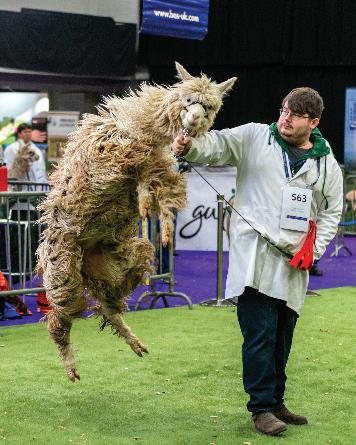

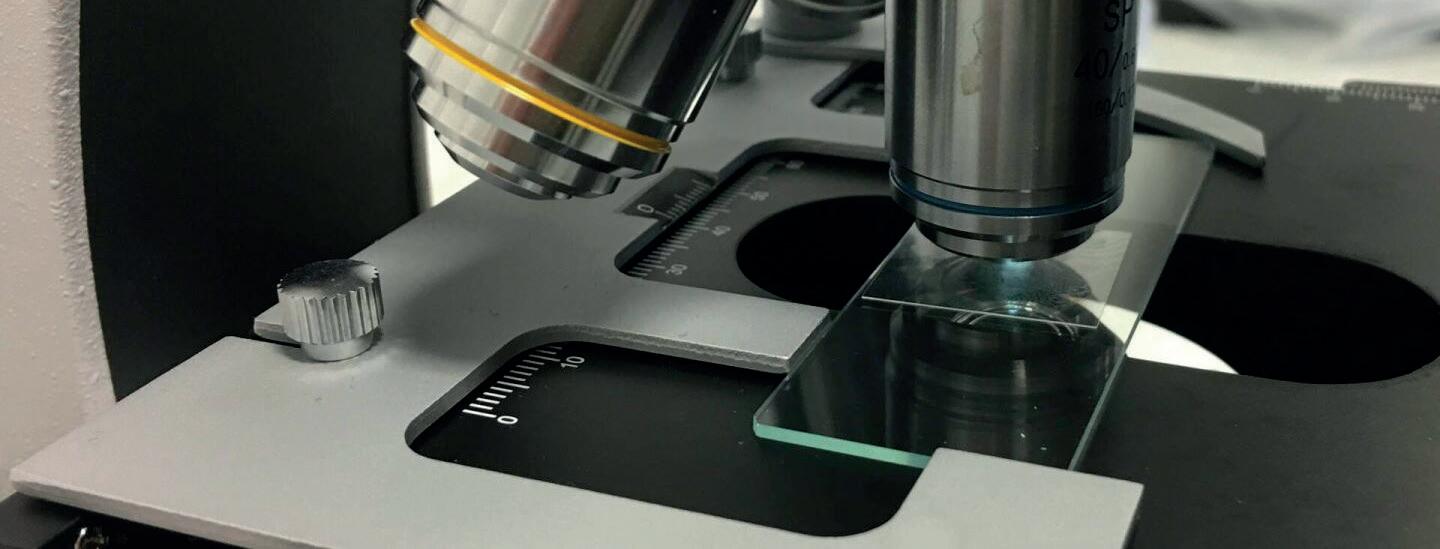


Attending any offsite event comes with its own element of anxiety and worry. There will always be a long list of variables, risks, and hazards that you can’t possibly control. That said, while no environment can ever be truly ‘risk free’, what you can do is have a clear idea for what to do if things don’t go to plan. The first step is easy: make sure you are working with a business, organisation, or individual who understands the work involved to bring alpacas onsite. If you find someone difficult to work with, or they don’t respect the planning you need to undertake as an animal owner, walk away. Over the past two years, we’ve rejected around a
dozen event requests – usually because welfare, safety, or insurance considerations weren’t being taken seriously.
Secondly, head back to the office and check your paperwork. Speak with the event organiser to see if they have any specific requirements, but you can almost always assume they’ll need you to hold an Animal Exhibition Licence, public liability insurance, and up-to-date risk assessments. Each event is different: some may also ask for additional documents such as a welfare statement, or a safeguarding policy if you’ll be working with children. Double and triple check your expiry dates, especially if you’re planning for an event months in advance.
Once you are all booked in at your event,
you then need to start planning your setup. If I can give any advice, it is if you have the option to hire a marque then seriously consider it. Being able to arrive, not worry about the wind and rain taking your lovely tent for a joy ride around the grounds and know that your animals are protected from the elements is well worth the expense. Failing that, I would ask if you can be put directly alongside a marque so you have a nice windbreak and solid wall to offer some protection. Whilst we all love to envisage gorgeous British summer days, you can almost guarantee if you are going off site with your alpacas that it is likely to rain at some point!
After all your planning and organising,


you finally arrive at your event. Probably having forgotten something small but handy like cable ties, or a battery pack for your phone, but you and your animals are there. Hurray! Now the real fun begins. Children (and sometimes adults) climbing on your barriers/hurdles, the endless ‘do they spit’ questions and your alpacas stand there in their pen looking slightly miffed.
When arriving at an event, always give yourself a bit of breathing room. Do not worry about walking away from the public asking questions (politely) to reassess your setup or tend to your animals if needed. We always set up a pen far bigger than we need for the number of animals, much larger than the pen used at an alpaca show for instance. This is so the alpacas can move away from the public and be out of arms reach. Having your pen setup against a marque wall has the benefit of also acting as a physical barrier for your animals. Placing food and water along this side means they can sit quite happily eating hay whilst being unreachable.
Finally, remember all of your promotional materials. Chances are if you are attending
an event then you fall into one of two categories. Category one, you offer experiences of some sort. So ensure you have banners, business cards, leaflets and QR codes so the public can easily take your details. Try to focus on bringing your best behaved animals, leave behind the one who bases his personality for the day on whichever way the wind blows! Category two, you have animals to sell. In which case, we have found bringing along a mix of colours with lovely personalities really helpful. But if you just breed for one colour, make sure you explain and promote this is your ‘USP’, people do really seem to like it. In both cases, ensuring animals are in ‘tip top’ condition is crucial. With little to no skin issues, good jaw alignment (teeth sticking out can be a concern for the public, even though we know it can just happen sometimes!) and looking in good condition. The public certainly notice more than we think, as do other event organisers who may have exciting opportunities for you to attend their event if they are impressed with your stand and animals!
Happy ‘eventing’!

How to set up an offsite event with alpacas here’s a quick guide
Taking alpacas to an event can feel daunting- there are always risks and unknowns. While no event is ever “risk free,” good planning makes things smoother for you and your animals.
Work only with organisers who respect the planning and welfare involved. If they don’t take safety, welfare, or insurance seriously, it’s best to walk away.
Most events will need you to hold an Animal Exhibition Licence, public liability insurance, and up-to-date risk assessments. Some may also ask for welfare statements or safeguarding policies. Always double-check expiry dates well in advance to ensure you are covered for your event date.
If possible, hire or set up beside a marquee for weather protection and stability. Bigger pens than the ones you would normally use at shows give alpacas space to step back from the public. Placing food and water along an inaccessible side keeps them comfortable and out of reach.
Expect the usual questions (“do they spit?”), and give yourself time to adjust your setup if needed. Don’t worry if you forget a few small items – most importantly, your alpacas are there and settled.
Bring banners, cards, or QR codes so people can find you later. Choose calm, friendly alpacas for the day, and make sure they look their best; healthy, well-presented animals leave a lasting impression on both the public and future event organisers.
With the right preparation, offsite events can be rewarding, enjoyable, and a brilliant way to share alpacas with new audiences whether it be for sales or promoting experiences.
Some of us are able to make our own Christmas gifts and crafts but many of us cannot, myself included, but would still love to pass on our love of alpacas and their glorious fibre to friends, family and obviously alpaca enthusiasts. Here we celebrate both gifts we buy and crafts that are for home use and it is obvious that there is so much on offer from luxury clothing, household items to vouchers for experiences. Liz Wright, Alpaca editor explains what she has found.
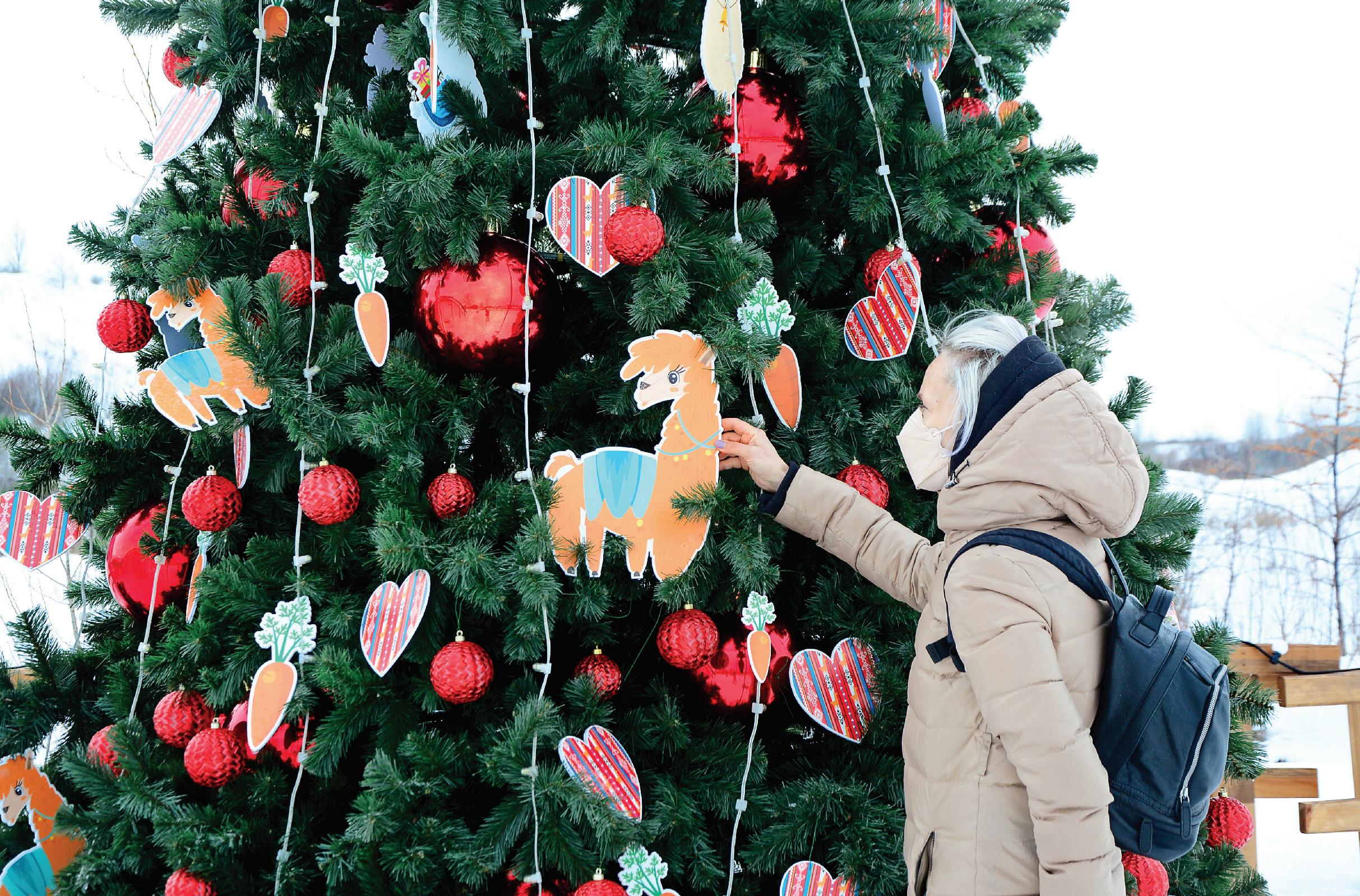
is a
Breeding alpacas itself requires a significant initial outlay, then monitoring and investment in stock improvement alongside the emotional journey of the birthing season can bring its own challenges. It is a path many of us love but fibre use and farm diversification can be another important aspect of running an alpaca business.
For welfare reasons alpacas require shearing so we already have an incredible natural product whether we want one or not. Autumn is the time to dust off your alpaca fleeces, get creative and turn them into luxurious textiles, from toys to blankets and rugs to clothing. There are many ways to get involved from hand spinning your own carded fibre, to knitting or crocheting from your own yarn processed at a mill. You can wet-felt your alpaca fibre to make products such as bags or felted soaps, or needle felt to make models and art. Children can even use raw fibre to make Christmas cards, or they can stuff suet feeders with fleece for bird nests to give to bird lovers. If you are super creative you can even make some interesting alpaca decorations for the Christmas tree or make your own craft kits to sell.
Purchasing pre made items and processing your fibre can require a large outlay. For all season income if you have any spare space then you could consider running fibre, art, photography or husbandry workshops or even running a bed and breakfast. You could also use your alpacas in a therapy or care farm setting, or consider a tea room or farm shop with the right food hygiene certification and planning requirements. The winter is a great time to start planning for glamping opportunities in the summer whilst alpaca adoptions can be a great way to draw customers to your farm.
If you have signed up to the BAS Trekking Code of Conduct and applied to your local council for a licence, then you don’t forget to market your alpaca walks as a product out of season, and during the colder months you can even visit care homes, schools, hospices etc with well trained alpacas.
Here at Cadbury Alpacas we are now building up winter stock for our online shop and busy applying for Christmas markets. Our alpaca socks, hats, gloves and scarves make excellent Christmas presents alongside some of our more unique products like our llama fleece bracelets, alpaca keratin soap and needle felted pictures. We are also stocking up on our winter alpaca husbandry items such as our super warm alpaca coats and vitamin D paste.
Don’t forget to check out our website for inspiration and gifts, and we wish you well in growing your alpaca business over the winter.


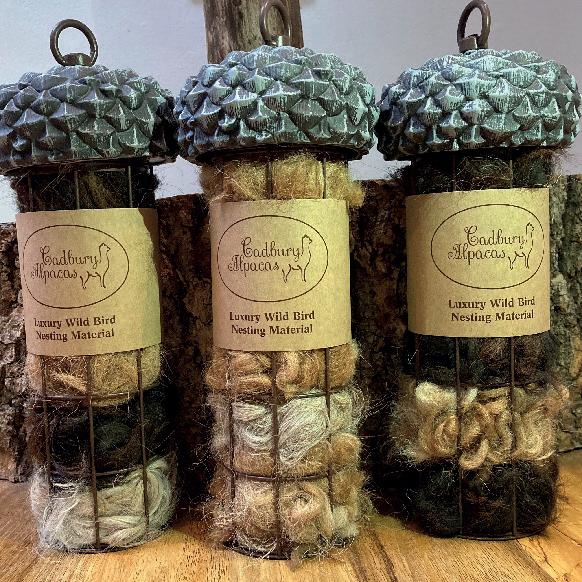



Nestled in the heart of the countryside, Berllandeg Farm is home to 24 alpacas and 17 angora goats, alongside fleece supplied from a neighbouring flock of sheep. We work with nature to keep our land sustainable, producing meadow hay, haylage, and silage while caring for our animals and surrounding environment.
Our alpacas are very much at the heart of what we do. Visitors can enjoy gentle alpaca walks or meet-and-greet sessions on the farm, making special memories with these curious and affectionate animals. We also share their joy with others by taking our alpacas into care homes free of charge, where they bring comfort and smiles to elderly residents.
From our carefully managed flock, we produce a wide range of beautiful fibre products. Every fleece is skirted by myself to ensure nothing goes to waste: the finest fibre is sent to a local mill, to be produced into fabric I have designed, and yarn.
While seconds and smaller pieces are transformed into unique items on the farm. This results in our own yarns and specially designed fabrics,

which are then made into products sold in select high street stores, at local craft fairs, and directly to our visitors.
This year marks an exciting new chapter with the opening of our Crafting Cabin, a welcoming space where people can learn traditional fibre skills at low cost. From drop spinning and felting to knitting, our workshops allow beginners and enthusiasts alike to experience the craft and satisfaction of working with natural fibre.
Alongside our creative work, we also welcome guests to our holiday cottage, where they can enjoy the peace of farm life, meet our animals, and immerse themselves in the landscape. Whether through products, experiences, or learning, our mission is to share the beauty of alpacas, angoras, and fibre in a sustainable, joyful way.
www.stitchstable.com
ww.instagram.com/lavinia_stitchstable


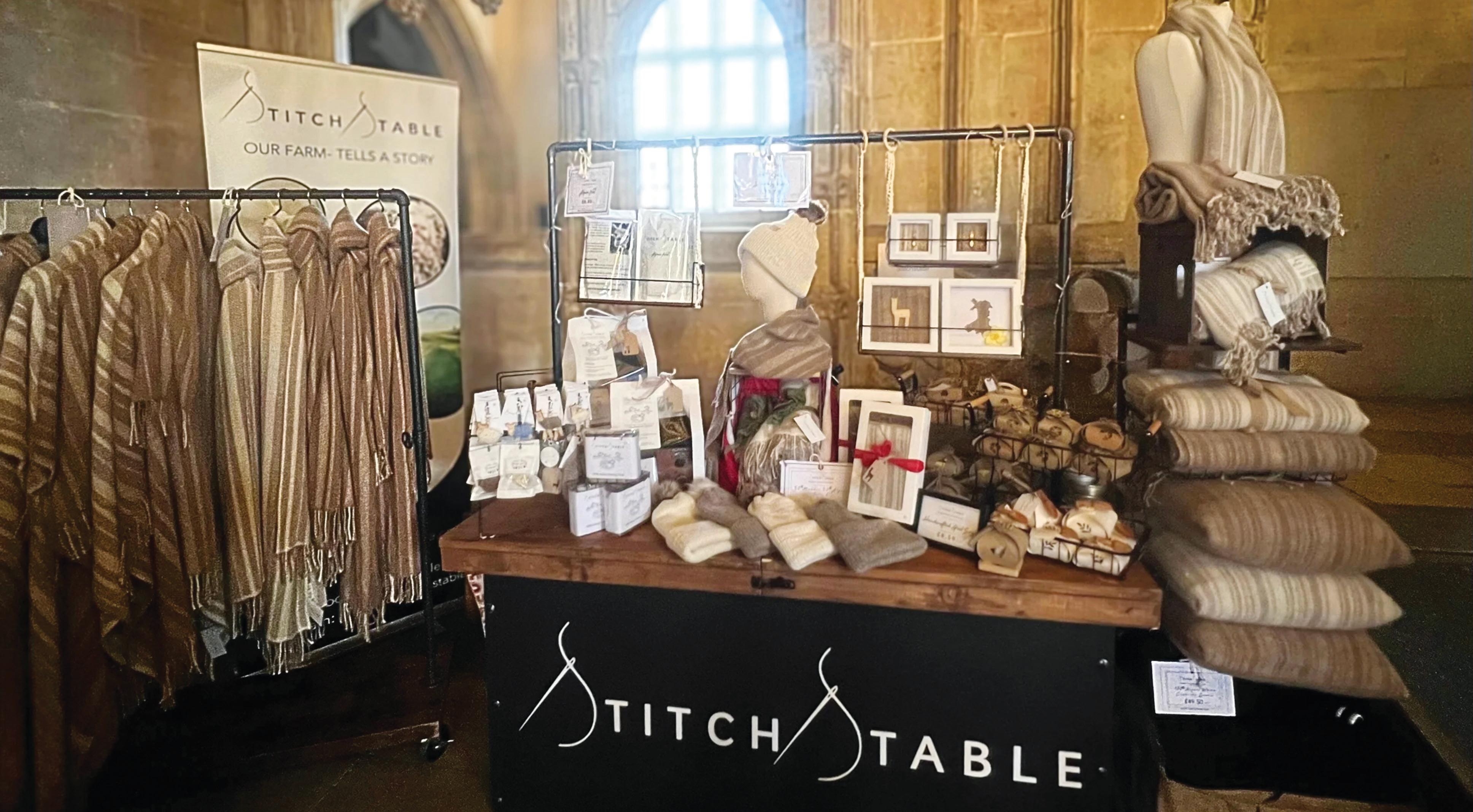






















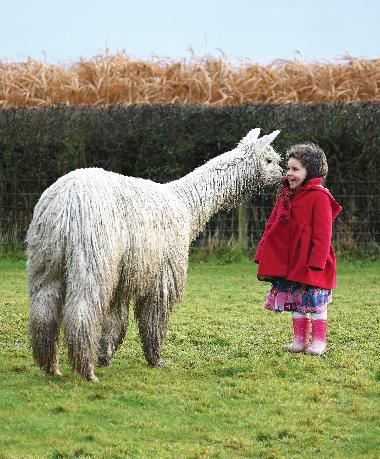




Alpaca Evolution will be hosting their Christmas Fayre on the farm on 8-9 November. Like many our attention turns to Christmas and the joy of the season as a bright spot in amongst the shorter days and colder weather.
At Alpaca Evolution we also have a growing online retail outlet. We have a selection of Christmas gifts available on our online store. Some of our favourites include our selection of the most beautiful woven shawls and scarves we imported from Peru. We have everything
from pure alpaca to blends of alpaca and silk. For those looking for a simpler “fun” gift there are some charming alpaca toys and novelty items such as pens and key rings. And for a show stopping Christmas gift? There are gift vouchers for all their alpaca experiences. In addition, we have yarn and other fibre for craft enthusiasts. We have launched the new website as well.

www.alpacaevolution.com
Judy Clarke has created many lovely designs from alpaca fibre that is not imported, but is pure Somerset. Here are a selection of them.
• Adult hats in brown, white, taupe and grey
• First cricket sweaters in long and short sleeves
• A variety of children’s knitwear and scarves
• Throws and cushions
• Men’s sweaters.
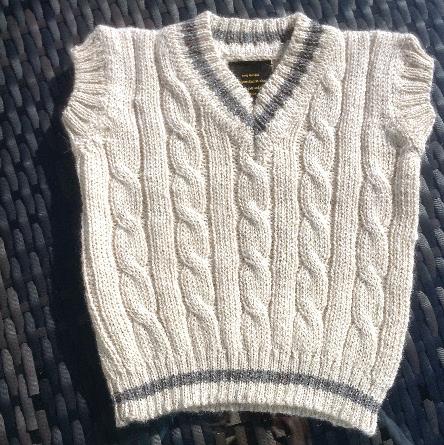
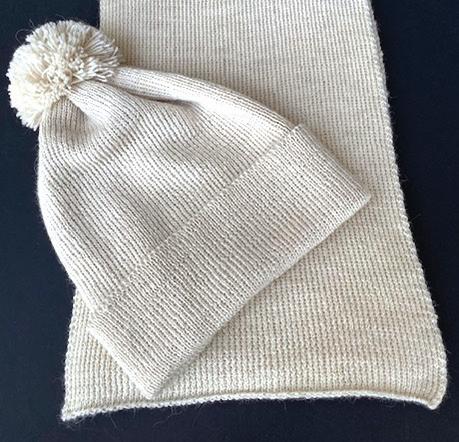
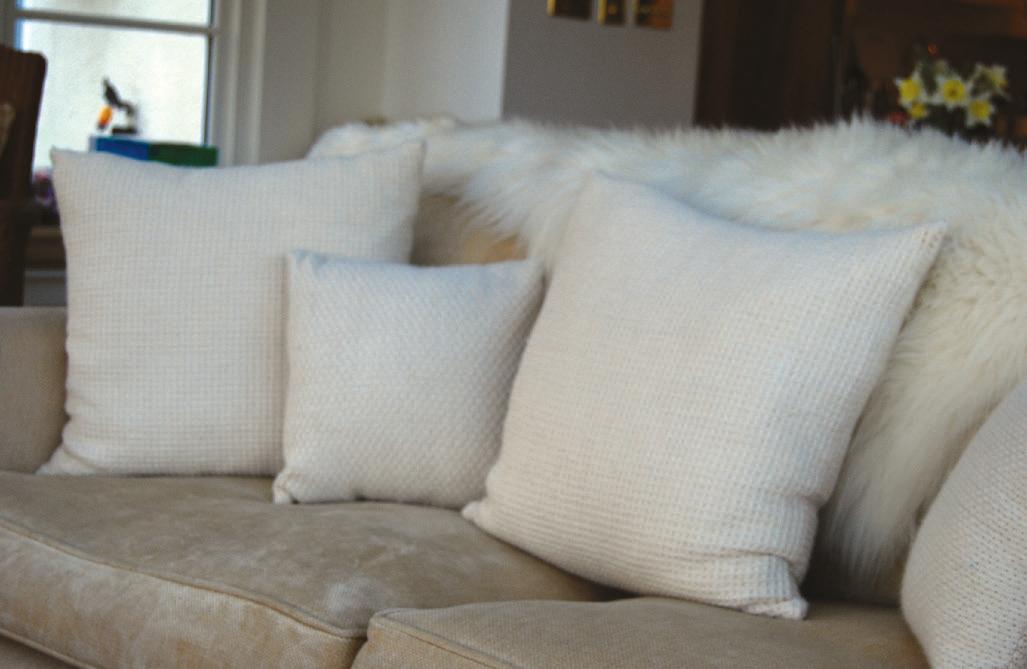
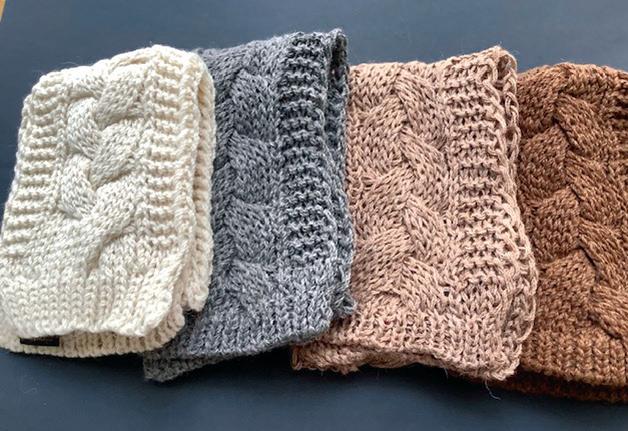

At Lime Tree Alpacas we started with four males in 2014, originally bought simply to keep the grass down. What followed was a steep learning curve in genetics, breeding, and ultimately, fleece. From our first cria, Tommy, born in 2019, through to today’s record of ten cria in one summer, the focus has increasingly been on producing quality fibre and finding the best ways to use it.
Like many breeders, we began by entering fleece shows, and the results were encouraging: Lime Tree Tommy, our first cria, won Light Huacaya Champion at the Cornish Show and we have continued to achieve success at national and regional level. This year Lime Tree Nefertiti was awarded Reserve National Light Champion at the National Fleece Show. From there, the obvious next step was to put the fleece to work. Our fibre is processed at the Border Mill, where small-batch expertise delivers yarn of outstanding handle and consistency. With that yarn, artisan weaver Janis Embleton creates our throws and wraps, which have themselves gone on to win first prizes in Fibre Zone at the BAS National Show.
The best fleeces go into these products, but nothing is wasted. We also sell fleeces that are shipped to Italy for processing into high-end fashion, and donate offcuts to our local village shop where they are sold for bird nesting material. Looking ahead, we are exploring felting projects, particularly hats, which offer another creative outlet for fibre that might not otherwise make it into yarn.
The benefits of alpaca products are well known within the industry: warmth without weight, breathability, and hypoallergenic comfort. But what we’ve learned is that the real value comes when every part of the fleece is used purposefully. For us, that means a balance of show fleeces, luxury yarns, commercial sales, and community use – a model that ensures the herd’s fibre is never wasted, and always celebrated.

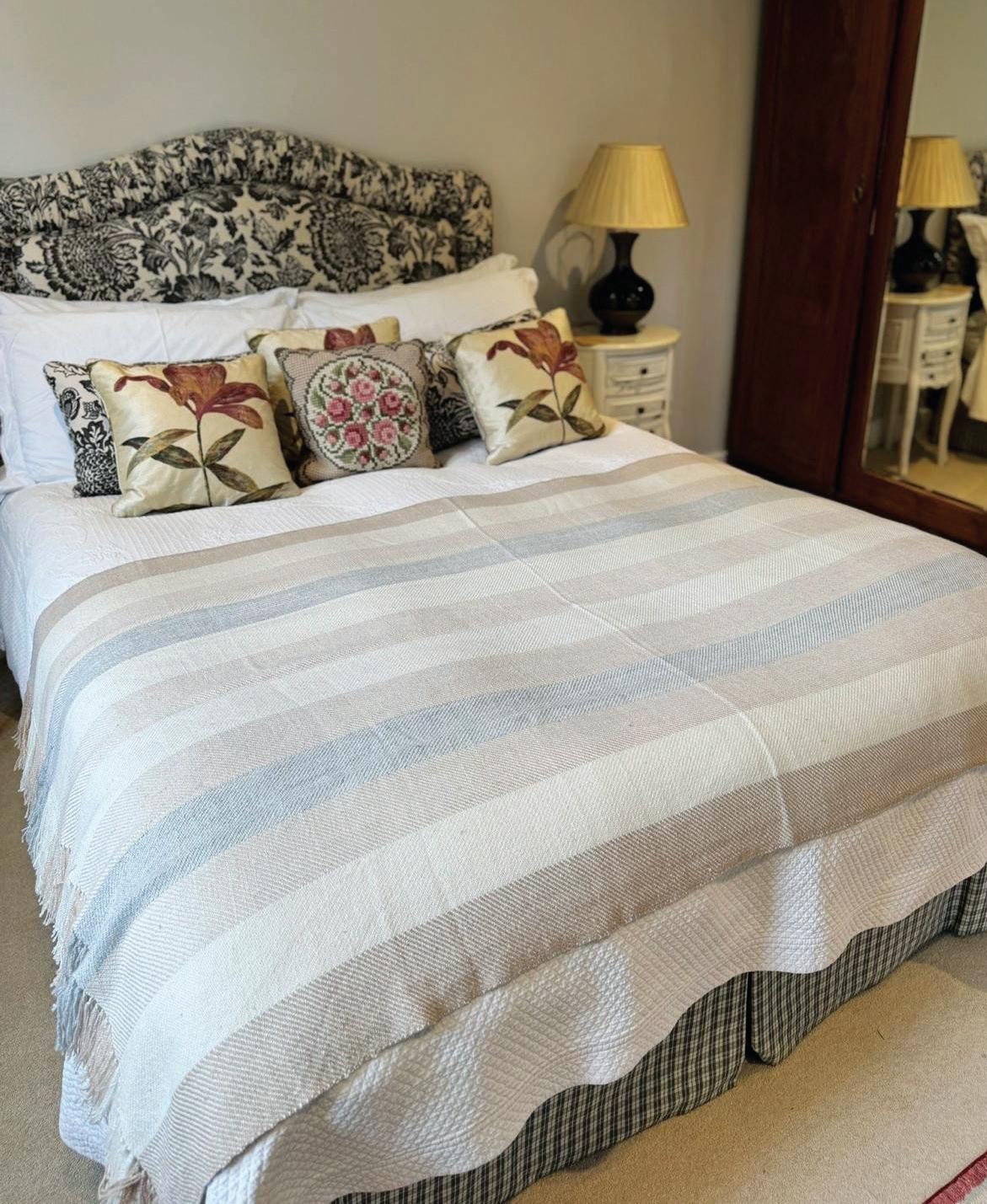

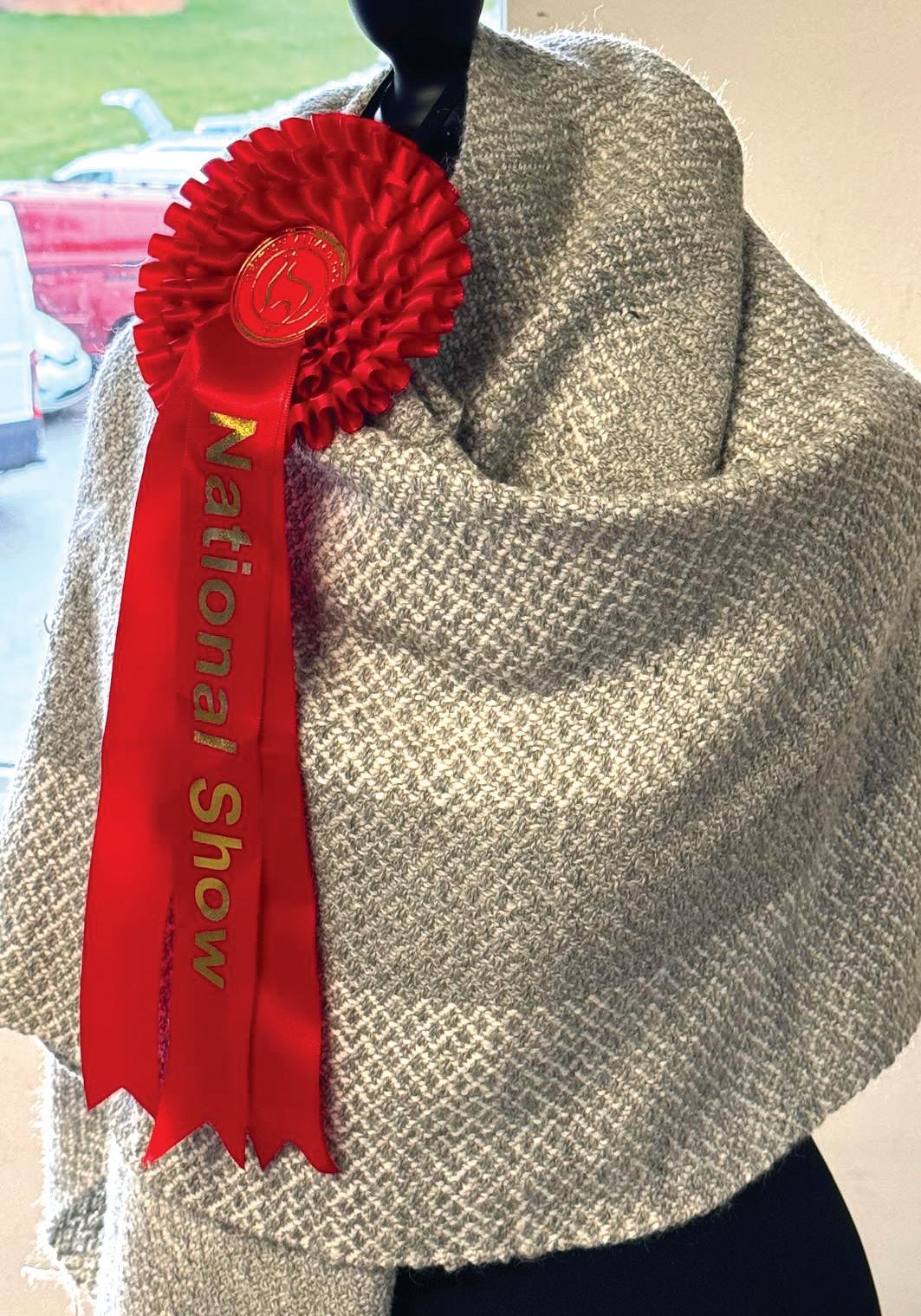

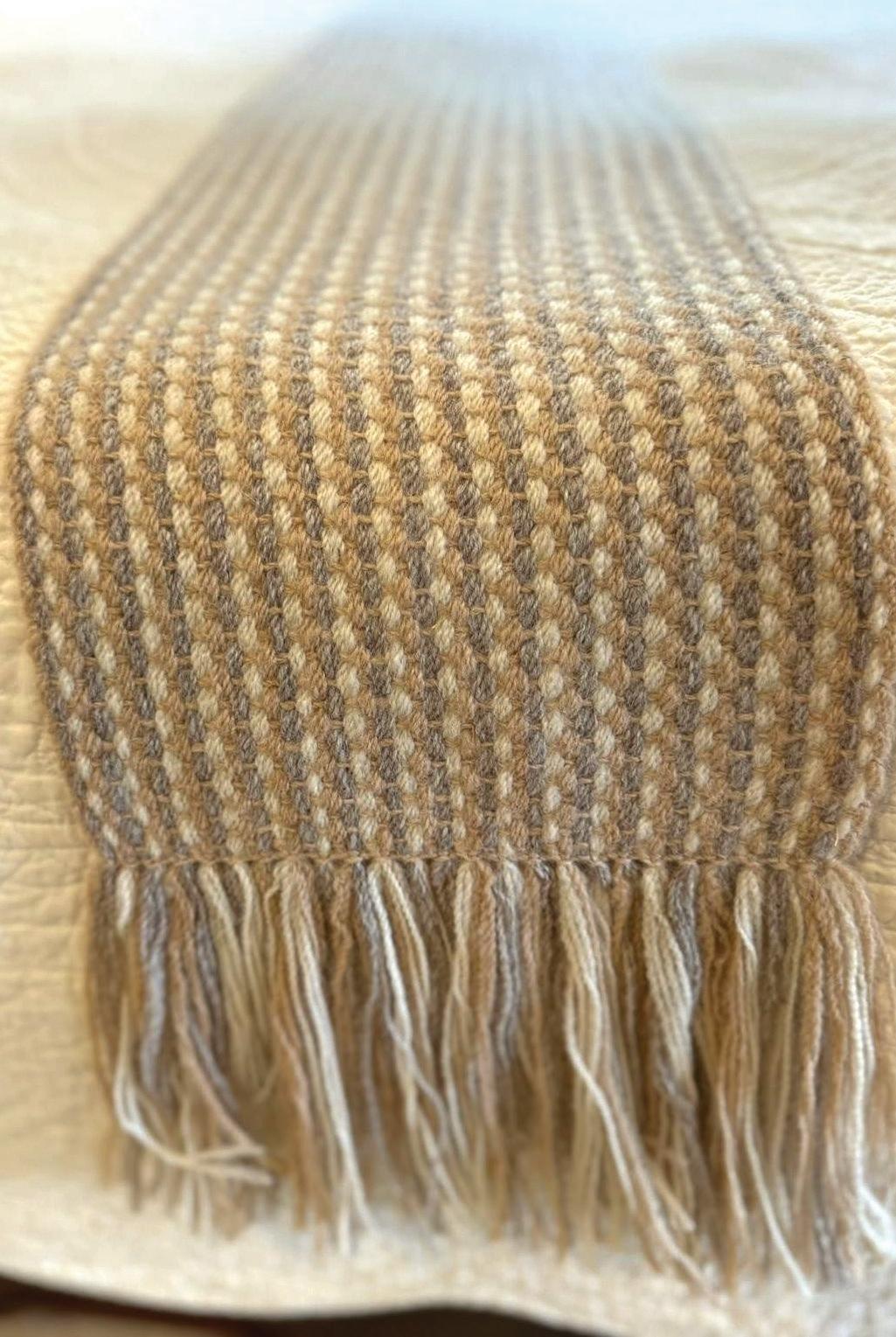
Angela Williams combines her love of natural fibre with skills to bring alive alpaca designs with a difference.
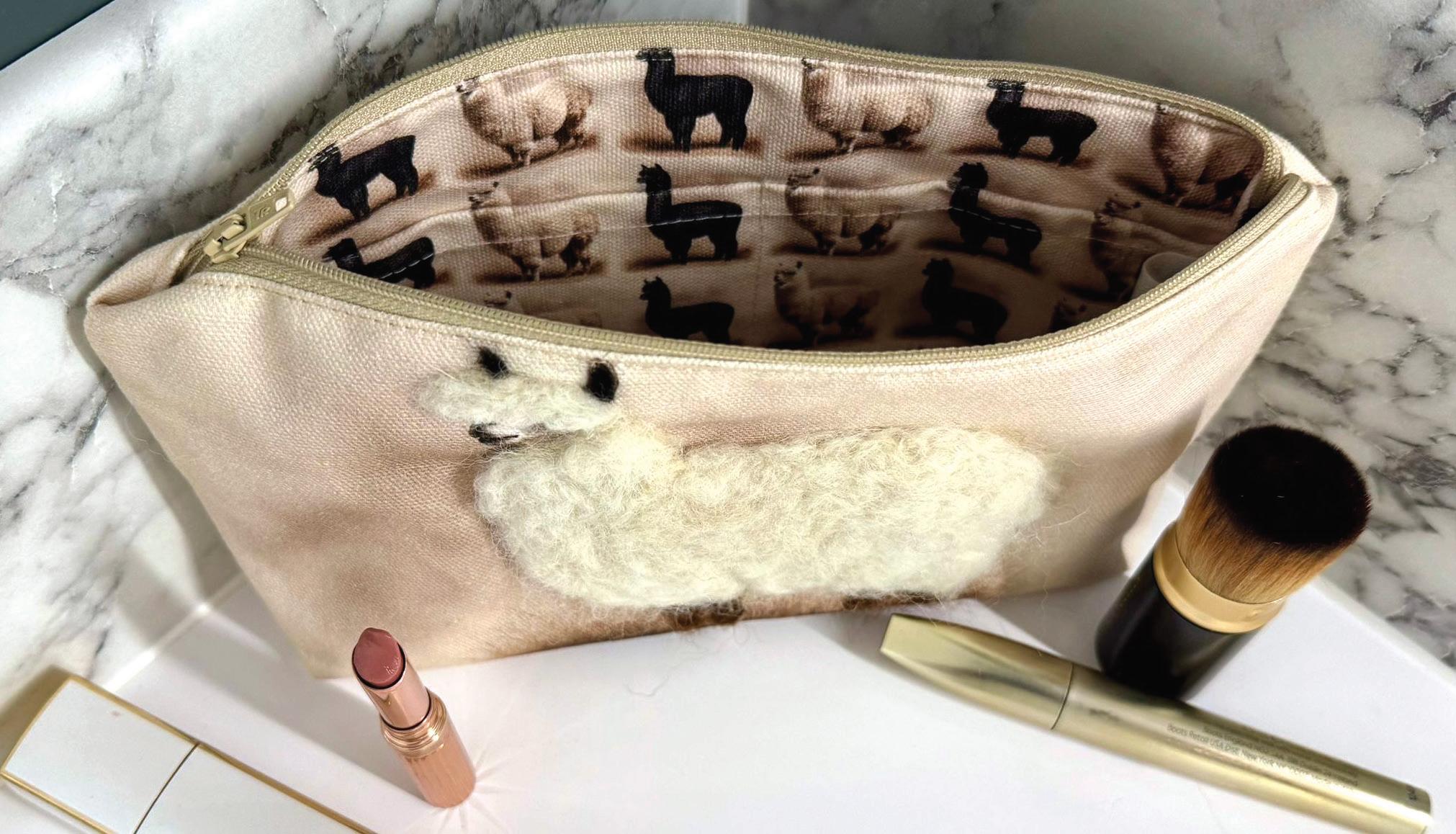
Presiman Designs is a fabric design and fabric printing company based in Cambridgeshire. We specialise in helping artists enter the soft furnishings market by taking their artwork and creating fabric designs with it. We are a one-stop shop for the design, printing and manufacturing of home furnishings, tote bags and makeup bags. This year, we have also created a wearable range which includes satin scarves and cotton rich ties. To ensure that the artists that work with us have absolute confidence in the products we create for them, we have sourced the highest quality fabrics available in digital printing market. This includes our beautiful, organic cotton along with eco fabrics in both cottons and velvet. We work with some incredible artists. One such is the amazing Eleanor Tomlinson. We have been helping her create beautiful fabric designs and products for almost five years. You can find her at www.eleanortomlinsonart.co.uk
Entering the soft furnishings market could be high-risk where, potentially, extremely expensive mistakes could be made by anyone just starting out. To counteract this, we have built a start-up service that allows artists to buy only one item of each product in the range they choose. These become their showcase pieces. Too often, we have seen sellers offer only computer mock-ups of the items they want to sell. By creating a show case range, it allows them to touch and see their products, to see and feel the craftsmanship of our work, the quality and colours in our printing and the quality of the fabrics we use. It also gives them real stock to show their own customers’ too, so that they can absolutely be sure about what they are buying before committing to spending their hard-earned money. We create high-end products that ensure our artists can be guaranteed the best return on their investment with us. Once artists have their showcase pieces, they only need order from us again once they have a confirmed order themselves. By working with us on this basis, we have
removed all the risk for the artists because they would never have to invest in expensive stock that they are unsure they would be able to sell.
Our service does not end there. We work very hard to keep artists up-to date with new market trends and colour schemes. The soft furnishings market is a fast paced and ever-changing industry. In 2024, we realized that the market was moving away from the velvets and cottons that had enjoyed a good couple of years as the fabric of choice. Suddenly, everything became about texture and layering.
The question for a company like ours was “How can we keep pace”? “How could we combine texture into our creations”? Especially given that we are so proud of the organic cottons and eco velvets that we had sourced, it had to be something that fitted with the beauty and quality of our current products but also, be eco-friendly. It was a question that I pondered upon for some time until one morning, I woke with a vision, a way to add raw wool into our products in a beautiful, unique way. I just had to create it.
I found a local sheep keeper and went for a chat, at that point, I knew I could make it happen. I was shocked at what I learned but, at the same time, another of my ponderings started to make sense. As we all know, sheep need to be sheared every year, meaning that there are thousands of fleeces in the country. Why then, are the shops full of acrylic jumpers and polyester items? What happens to all those fleeces? Why are they not being used?
Part of the answer is that fleeces bring such a low price for farmers. I mean, we are talking about pennies in some instances. It hardly makes it worth it for them to process and sell them. It is one thing for farmers as they are at least able to make some money as they can sell in high quantities. But what of the small herd keepers? When you realise the time and cost of washing, combing and spinning, you understand why wool items are so expensive and consumers are opting for cheaper products. I was shocked to find that, in many cases, the small herd keeper can do nothing with the fleeces and that they are sadly discarded or stored somewhere dark, unused and unloved. Here I was, with an idea to make use of some of them.
My idea was to needle felt the wool into the organic cotton, sculpting it into shape to create 3D designs onto bags, cushions and pictures that are beautiful and tactile. We created the drawings of the sheep, printed them into our templates and I got to work. Our stunning make-up bags and framed sculptures are now available on our website. Of course, the more involved you get with a product, the more you learn. I realised that sheep wool, whilst hypoallergenic, does not suit everyone. The course fibres can irritate sensitive skin. It is also surprising how many people can be allergic to lanolin. Whilst finding this out, I also realised that there were so many other animals that could be included in the collection but I would definitely need help with that. I immediately thought of my good friend, fellow artist and creator, Jayne, of Jayne Welby Art. I asked her to collaborate with me, she was delighted to become part of my vision. Her first thought was alpacas. We both got very excited. What a perfect addition.
I knew the perfect person to contact, another friend, local Alpaca keeper, Krystal, of Gorefield Alpacas. Krystal, the owner, is amazing and so generous with her knowledge. I learned all about the first, second and third cuts, about the blanket and the skirting. It was fascinating. So, in short, the first cut, also known as the blanket, is the most uniform and softest part of the fleece. >> Continued on next page

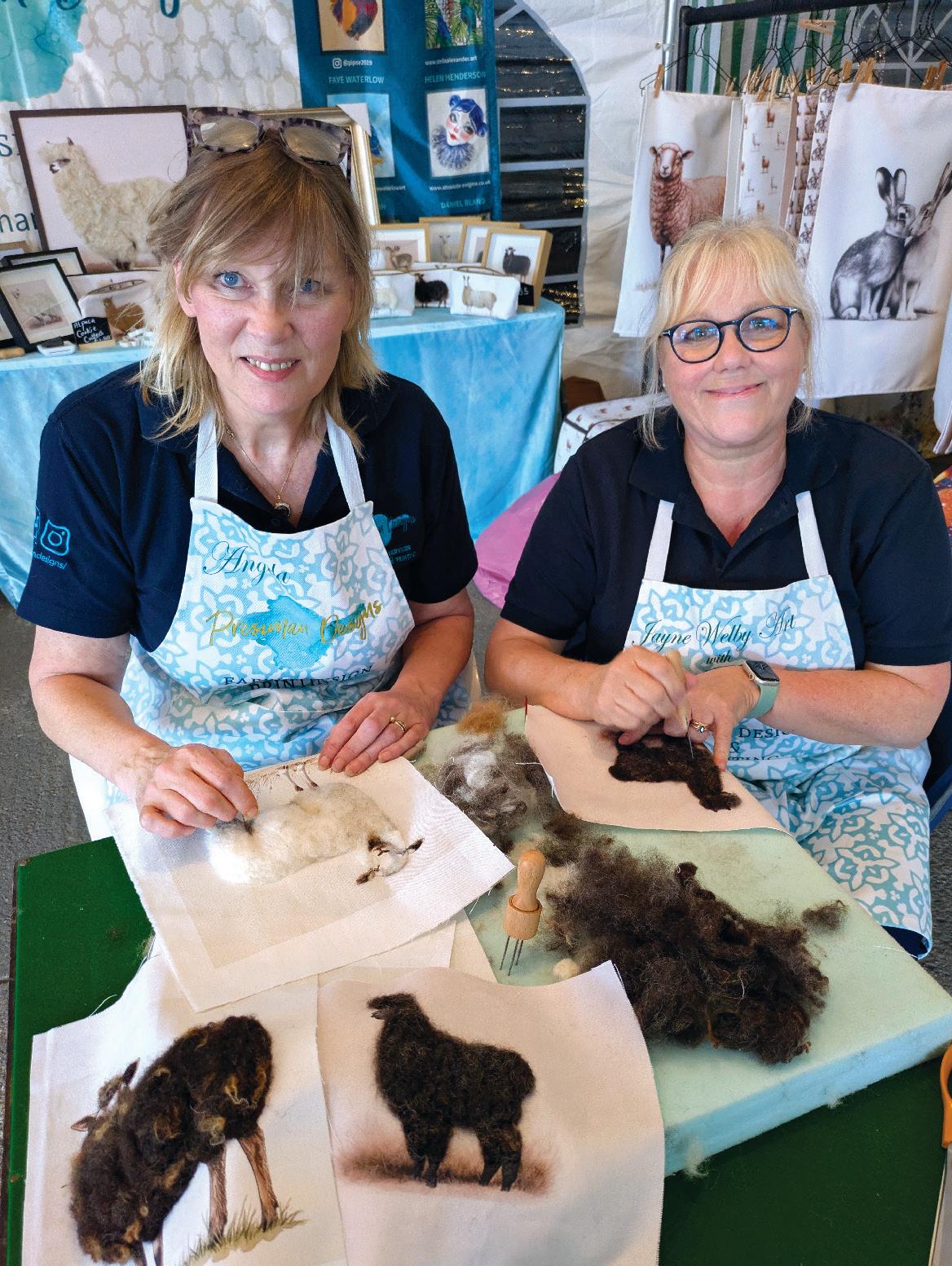
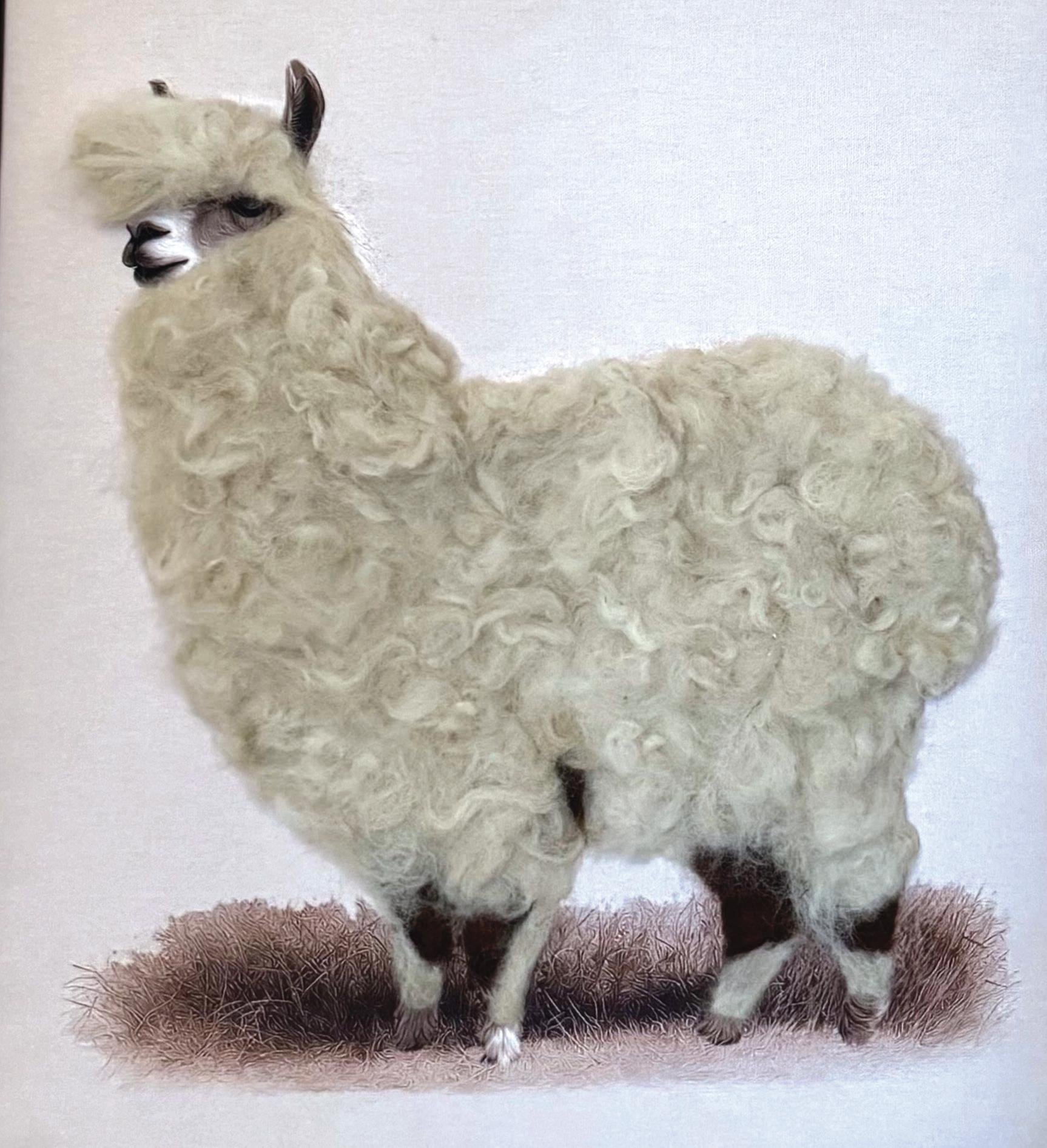
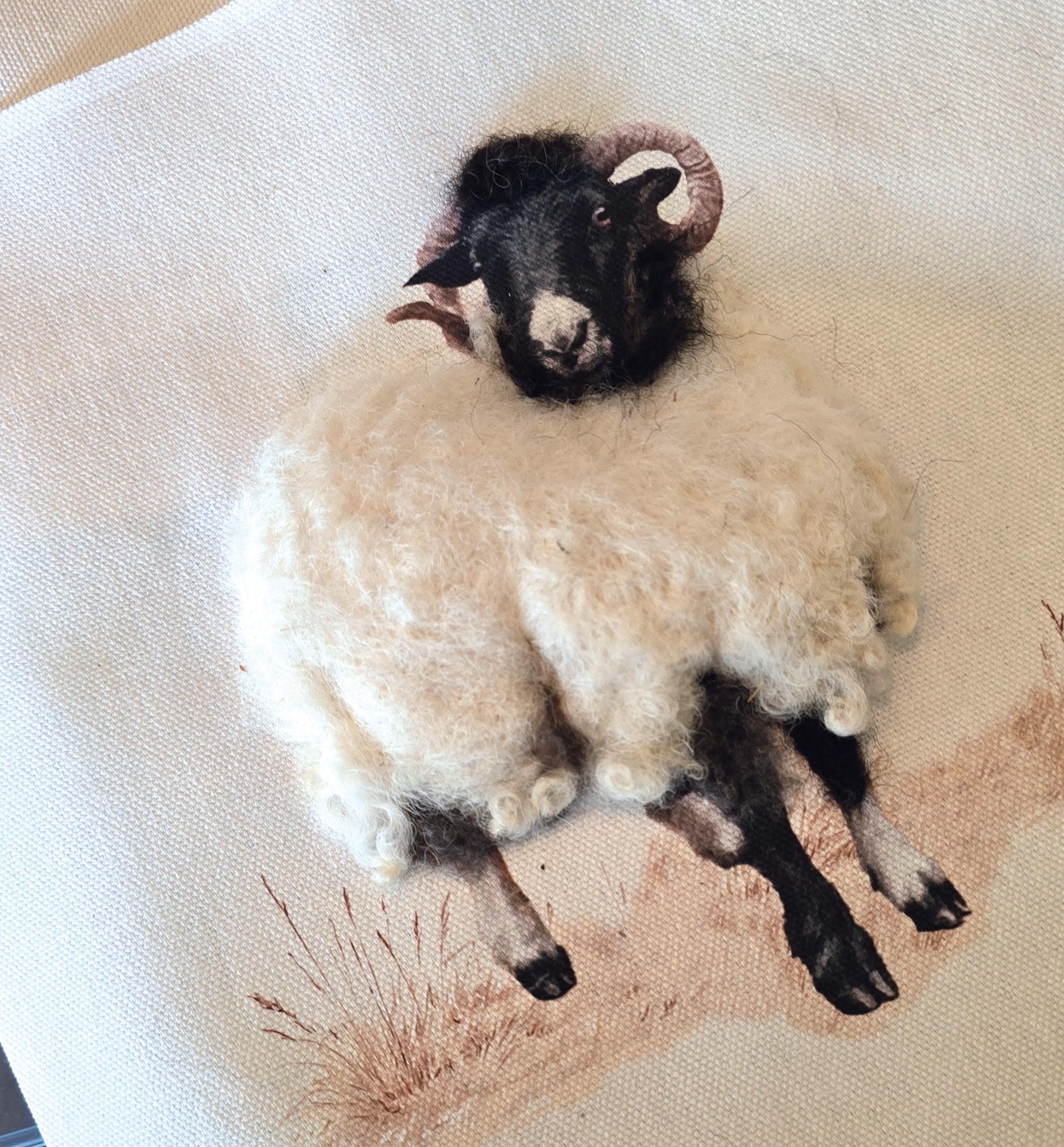


Taken from the back and sides of the animal, it is also the longest, ideal for spinners, it can easily be cleaned and spun to create the most beautiful wool.
The second cut is taken from the neck and legs. It is shorter than the blanket but still great for spinning. The third cut is from the belly and legs, a much shorter fleece and far more coarse, however, it is perfect to use as stuffing material but most importantly for me, perfect for needle felters which is absolutely what I hoped for. Again, I would be able to use something that quite often goes to waste, especially for the smaller alpaca herd keepers.
Krystal loved the products I was making with the sheep wool, she very happily provided us with a bag of fleece from each colour of her Alpaca’s and promised to become our number one stockist as soon as her shop is up and running. Something for us all to look forward to.
Alpaca fibre, for instance, it is seven times warmer than sheep wool because of its hollow fibres that trap heat. It is stronger, lighter, softer and a whole lot less itchy than sheep wool. It has to be said though that there is a huge difference to felting with these fleeces. Because of its coarseness, sheep fleece is so much easier to sculpt and create the shapes we want. But with patience we have learned how to make the best of both products.
The products have been so well received. At our launch at the Gorefield Alpaca’s open weekend recently, we were approached by local craft and friendship groups to undertake some demonstrations and workshops. We will create kits and film some tutorials so that people can learn to make them for themselves. They would make the most wonderful gifts. However, getting out into our community, meeting and helping people create beautiful things is something that we love to do. Check our website for products, workshops and stockists.
Finally, I would like to invite you, my fellow artisan, if you have an idea, and we can use any of our skills or services to help you make it a reality, please do get in touch. We would be absolutely delighted to offer our help and support.

Gorefield
brought joy for the many visitors.
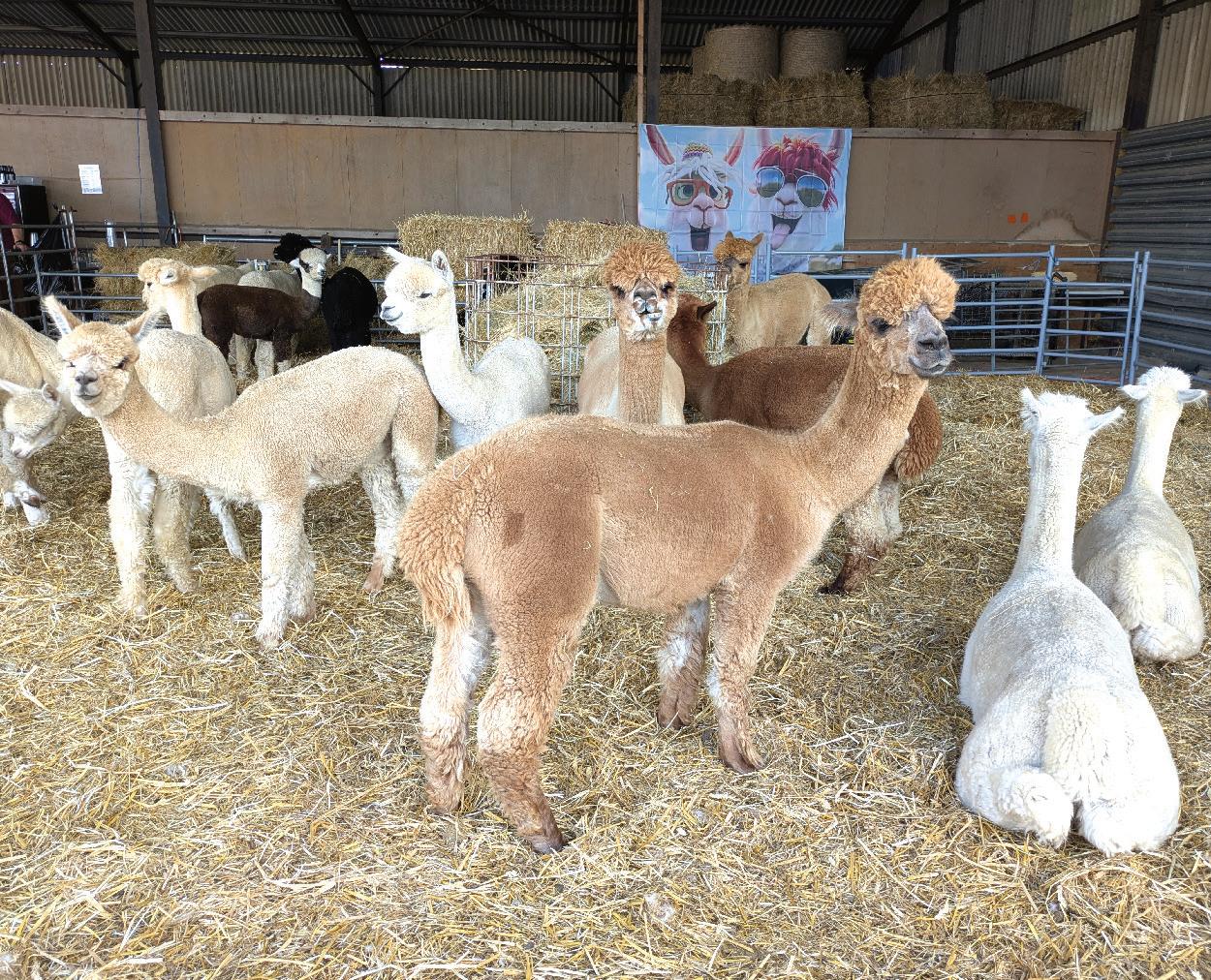
It has become a favourite event for those living in the East of England and this year was no exception. People came from near and far to meet the alpacas, find out more about them and enjoy the delicious food stands so carefully chosen by Krystal of Gorefield Alpacas.
Alpaca magazine has previously featured Krystal, where we found out how a thoughtful birthday present of alpacas, turned into a hobby and then into a consuming passion and business and we met Krystal, the person behind the venture.
Local spinners, interesting craft stalls and lots of things for the kids to see and do were alongside the main event which of course was meeting the alpacas. Visitors were fascinated with their beauty and learnt much from the staff and volunteers about what it takes to care for them and what they have to offer.
Only a few weeks after this event, some were off to give cheer at a nearby residential home whilst others were engaged in alpaca walking which is something else Krystal offers in her vision of top quality fleeces, constantly striving to improve her herd while also managing to provide alpaca walking and other enterprises with her alpacas. Working with the local community is also a huge aim of Gorefield Alpacas and this is met warmly by those around her as no one could fail to be inspired by her dedication and enthusiasm.
The whole farm has a great atmosphere and it is clear that Gorefield Alpacas are keen to share their lovely animals with a wider community. A comment on their well supported Facebook page notes “Sharing that alpaca love!’

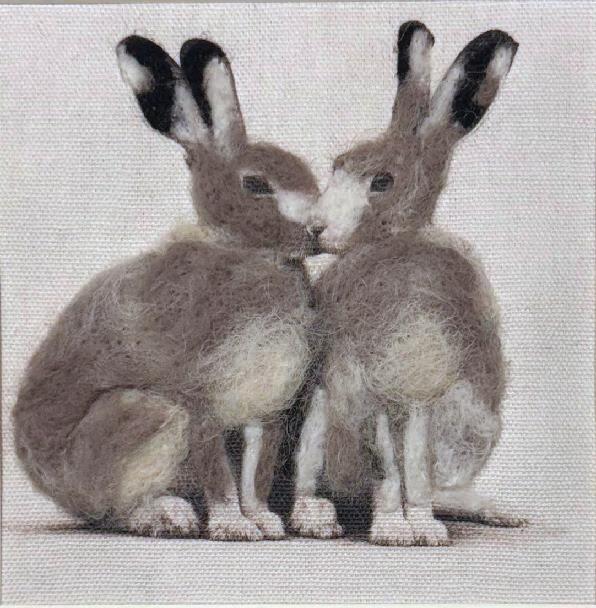

What Stuart Murray of Capital Alpaca and Macclesfield Alpacas has learnt about using Wowcher and Groupon for agritourism.

My wife Kim and I have been breeding alpacas for almost a decade under the name Capital Alpaca. In May 2024, after years of dedication to our herd, we decided to open Macclesfield Alpacas to the public. We launched with a simple but unique offer: a short alpaca walk and our signature Alpaca Tea Party – a feeding experience where guests sit around a table and cup-feed our alpacas in a charming tea party setting.
Like many small, family-run businesses entering the agritourism world, we faced a simple but daunting challenge: how to fill our booking calendar and get our name out there. That’s when Wowcher and Groupon came calling.

in at an exhilarating pace. It felt like a roaring success – at first.
Both Wowcher and Groupon contacted me within days of launching – a testament to how actively these platforms recruit new experience providers, particularly unique, animal-based experiences.
Eager to build momentum and raise our profile, I signed up. The Wowcher account manager was persistent but presented the opportunity as a partnership. In my excitement, I didn’t pore over the fine print – something I would later regret. The initial deal was steep: a 75% discount aimed at the Christmas market. At the time, it seemed fine. After all, it was meant to be a short-term campaign to boost visibility.
When the deal went live, bookings rolled
The bookings didn’t slow down. They kept coming – past Christmas, into January, February, and beyond. What was meant to be a controlled promotion became an unstoppable tide. The issue? I hadn’t set a cap on voucher sales. Wowcher kept selling – far beyond our winter capacity – and extending voucher validity into 2025 became the only way to cope.
Adding to the frustration, Wowcher provided no integrated booking system. All bookings had to be handled manually via email or phone. For a small business like ours, this was unsustainable. Our time was
consumed with managing vouchers, leaving little room for organic growth or marketing. Worse, Wowcher’s dominance over our booking slots meant we couldn’t even prioritise full-price customers. This experience taught me to always read the small print and fully understand the business models of whatever I sign up for. Regretfully, we decided this was not the model for us so we ended this and looked for another scheme.
I now turned to Groupon – with a greater understanding of what we needed. Groupon operates on a similar model, but for our needs it has really helped us that now:
• I have a direct phone number for my client manager.
• I can manage aspects of my deal and view analytics via the Groupon Merchant App.
• Booking integrations are available, reducing manual administration. Groupon isn’t perfect, but it feels like a partnership, with good communication and clear boundaries.
For anyone considering voucher services to boost ticket sales, here’s what I wish I had known from the start:
1. Set clear booking boundaries: Decide how much of your capacity you’re willing to allocate to voucher sales. Offer no more than 60% and insist on hard limits to avoid overbooking.
2. Take campaign breaks: Negotiate the ability to pause campaigns. This gives you breathing room to reassess, reset prices, and manage your business on your own terms.
3. Prioritise organic bookings: Your website is your most profitable sales channel. Protect it. A healthy balance between voucher deals and direct bookings will sustain your business in the long run.
4. Streamline your booking process: Avoid manual booking wherever possible. If the platform doesn’t integrate bookings automatically, it will monopolise your time and energy.
5. Remember: You are the provider: Without you, there’s no experience to sell. Don’t forget that. Stand your ground.

Voucher services can be a powerful marketing tool – but only if approached carefully and with clear boundaries. Without a cautious strategy, what looks like a ticket to fast growth can quickly become a runaway train.
For anyone in the alpaca and agritourism industry: do your homework, set your limits, and remember – the partnership should serve both sides.








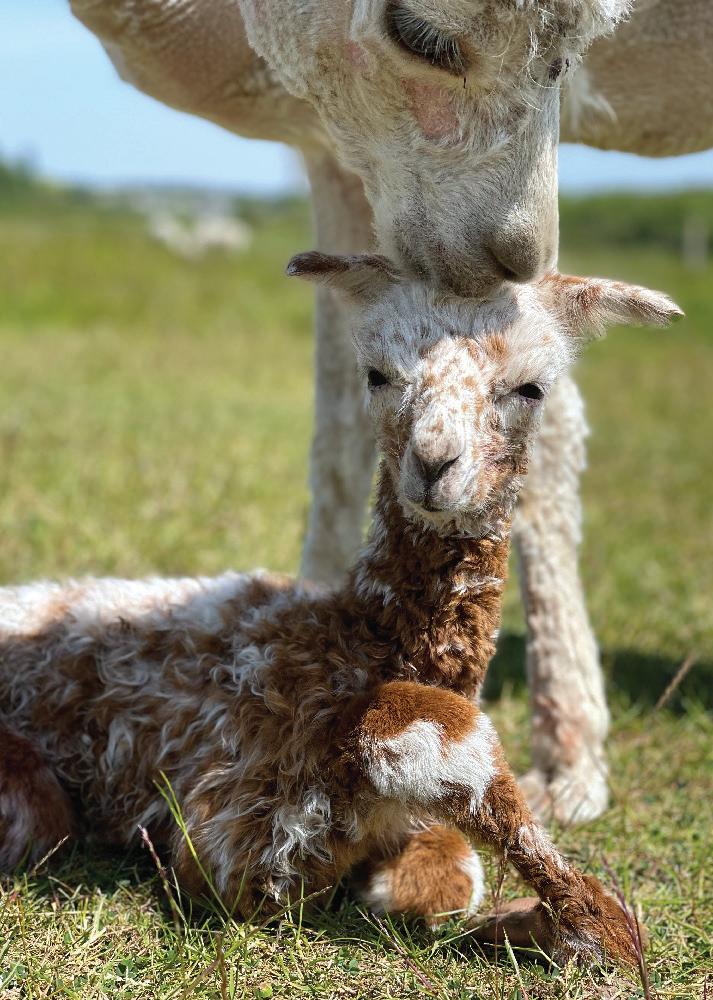
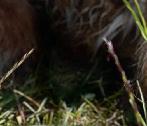











A list of BAS members who are breeders and advertising their alpacas for sale
Home of The Tartan Alpaca®,
The Dark Sky Genie™ and Destination Mating.

Located in rugged and beautiful North Cornwall, we focus on Suri and have a herd of elite alpacas with some of the best and varied genetics in the country. We sell quality breeding stock, in particular Suri starter herds, and offer full stud services as part of Poldark Suri Stud.
WENDY: 07712 136949 TOM: 07825 105530
EMAIL: tomandwendy@darkskyalpacas.com
WEB: www.darkskyalpacas.com
The family run JandJ Alpaca herd was established in 2005 with four breeding females, today we have over 90 beautiful animals. We are located in Lincolnshire on the Nottinghamshire, Lincolnshire, Leiceistershire border just off the A1.

With years of experience our aim is to help you choose the best alpacas to start you journey, whether it be breeding females, stud males or pet boys.
Stud services also available from top coloured genetics.
MARTIN OR CLARE: 01636 626990
EMAIL: sales@jandjalpacas.co.uk
WEB: www.visitalpacas.co.uk
Celebrating 28 years of continuous selective breeding for colour, consistency, fineness and density. Champion Stud services available.
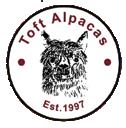
Re-organisation Sale in progress: Show stock, Breeding Stock, Studs, Walkers, Fibre, Guard and Therapy alpacas for sale in all colours at prices to suit all budgets.
Husbandry, Fibre, Processing and Management workshops available hosted by Rob & Shirley Bettinson – two former BAS judges with over 30 years’ experience in all aspects of alpaca breeding and showing.
We are dedicated to helping you realise your own alpaca aspiration.
SHIRLEY: 07970 626245 ROB: 07973 123008
EMAIL: shirley@toftalpacastud.com
WEB: www.toftalpacastud.com

Located on the Solway Firth, in Cumbria, King Garth Alpacas is a family-owned herd where we aim to breed beautiful, happy, healthy and friendly alpacas with top show winning genetics.
We have alpacas to suit everyone and all budgets; from pet boys to starter herds, elite females and stud males. We offer full support and advice before and after sales. Please feel welcome to get in touch and chat about your alpaca needs.
We also offer stud services, alpaca experiences, luxury alpaca products.
TEL: 07762 286050
WEB: www.kinggarthalpacas.co.uk
The PennyBridge Herd and Stud. One of the first alpaca farms set up in the South of England, still producing show winners from champion stock. Good quality starter herds, proven and potential stud males, fancy grazers and sheep guards available.
‘Home of The Alpaca Experience’.
Situated in North Hampshire, close to the Surrey and Berkshire borders with good access to ports and airports, less than five minutes drive from both J5 and 6 of the M3. TEL: 01256 764824 or 07801 132757
EMAIL: joy@pennybridgealpacas.co.uk
WEB: www.pennybridgealpacas.co.uk

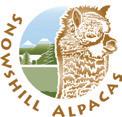
Established in 2002 and situated on the North Cotswold hills close to the picturesque village of Snowshill, the current herd numbers over 300. We breed both Huacaya and Suri alpacas (approximately 75% are Huacaya). Although our breeding programme is biased towards the darker colours, we do also have superb quality whites and beige alpacas.
Full range of alpacas for sale, attractive pets to top show quality breeding girls and stud boys. Large choice of stunning stud males available to service your girls. Also offering natural alpaca fabrics made in the UK from the fleece of our own herd. TEL: 01386 853841 or 07711 044106
EMAIL: snowshillalpacas@btinternet.com
WEB: www.snowshillalpacas.com
At Fancy That Alpacas, we love colour and patterns! We also breed friendly, healthy and easy-tohandle alpacas. Our herd carries top-quality genetics, with excellent conformation and fleece traits.


Faerie-Tale Alpacas is a friendly family farm based in Kenilworth in Warwickshire. We focus on breeding sound, healthy, friendly, high quality alpacas with advanced fleeces and proven genetics. With over 10 years experience we offer a range of alpacas to suit every budget and specialise in new breeders.
We know all our alpacas and have most colours available. Discounts on multiple purchases and full support for new owners. Call to arrange a visit. We are located in central England, easily accessible by road and only 20 mins from Birmingham airport.
We offer: • Quality breeding stock • Starter herds • Stud services
• Hand knitted alpaca garments and accessories from our herd
TEL: 07950 671672
FACEBOOK: Faerie Tale Alpacas
EMAIL: info@faerietalealpacas.co.uk
WEB: www.faerietalealpacas.co.uk
TEL: 01959 543583
EMAIL: wendy.king@kelsey.co.uk
Part of the Trusted Seller Scheme, and also Affiliate Trainers for the BAS, we feel that selling alpaca is a real responsibility. It is so important to us that new owners have all the information, training and support they need to look after their herd the very best they can.
TEL: 07711 340658
EMAIL: tanya@tanyarussell.com
WEB: www.fancythatalpacas.com





















M.R.Harness was founded in 1995 after existing part time for a number of years. Mary herself is a qualified engineer and is well placed to assess materials and their useage. Company policy is to test as many of the webbing designs as possible before release, as each item is unique to the animal it is designed for. This has led M.R.Harness to become the supplier of choice for headcollars, leads, coats and harness for all the various smallholding animals, but specialising in alpacas and llamas, and working ponies.
All items are hand crafted ‘in house’, in England, so you can be assured of good workmanship and quality products that last.
So please come and try the ‘Choice of Champions’.
TEL: 01299 896827
EMAIL: mary@mrharness.co.uk
Everything you need for your alpacas delivered to your door! We are a one-stop-shop for alpaca supplies, including headcollars and leads, vitamins and nutritional supplements, healthcare and welfare supplies, colostrum, coats for cria and adults and microchipping equipment.
We also have a good selection for your other animals, including dogs, chickens and horses, as well as a range of farmhouse items and gifts, including our famous home cheese-making kits.
We are alpaca owners ourselves and we are always happy to help with your questions and enquiries.
Order direct from our website or by phone. You can expect fast, friendly service and advice.
TEL: 01295 713188
EMAIL: homesteadfarms@btinternet.com
WEB: www.homesteadfarmsupplies.co.uk
High specification organic chealated nutritional supplements suitable for all camelids.
• Premier Camelid Drench
• Premier Mineral Supplement
• Premier Mineral Bucket
• A, D3 & E Paste
TEL: 07866 607466
EMAIL: jganimalhealth@aol.com
WEB: www.jganimalhealth.co.uk







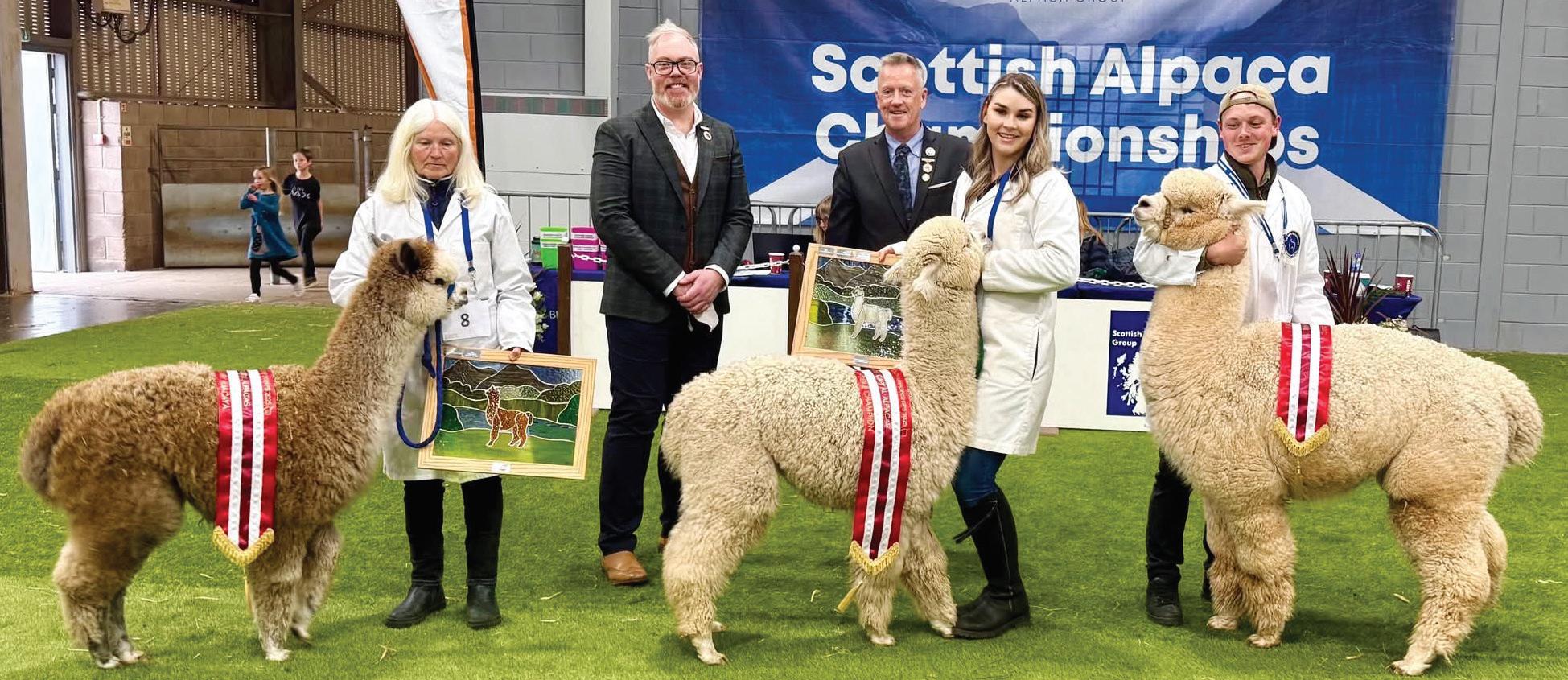
Well, what fun we had! There were several firsts at this year’s show. To begin with, we were honoured to have a UK judge and an international judge working in tandem: Roger Clarke and Peter Kennedy-Kane. Not only were their placements and oral reasoning excellently informative, they gave the impression that they were enjoying themselves, which made the experience for exhibitors a real pleasure.
Secondly, we had a stud draw for the first time. Six studs were on offer and anyone at the show, or a member of BAS, was able to put their name in the hat for as many studs as they wanted (but only one per stud). Names were drawn on the livestream and lucky winners got a very cut-price mating for £350.
The third innovation this year was holding a buffet and free bar (courtesy of the Scottish Alpaca Group) for everyone who wanted to come (and there were over 50 who did), the evening before the show, at the mart. It was felt to be a great opportunity to socialise with everyone, without wanting to watch the show or needing to look our for your turn. Next year, if we revert to the show being held over two days, we will hold a ceilidh on the Saturday night, alongside a buffet.
The usual hospitality was in place too, in the form of a Scottish themed goodie bag, generously provided by Ian and Angela Mitchell of Hannahston Alpacas.
Friday evening buffet


Alongside the alpacas was a lovely selection of hand made alpaca items in the Fibre Zone, organised by Elaine Loydall; and spinners were present from the Edinburgh Guild of Weavers, Spinners and Dyers, who not only demonstrated their skills but enabled visitors to have a go themselves.
We were privileged to have exhibitors from a huge area, from Invercannich Alpacas north of Loch Ness right down to West Wight on the Isle of Wight, and Snowshill from the Cotswolds and Beck Brow of Wales inbetween, as well as many breeders from the north. Congratulations to everyone who won a rosette and well done to Beck Brow of Wales for winning the Supreme Suri with Beck Brow Sweet Dreams and Supreme Huacaya with Beck Brow Touch of Class, as well as Judges Choice Light, with Beck Brow Moving On Up, who as you can see really lives up to his name – well done George for holding on. The Judge’s Choice Dark went to Velvet Hall Storm Chaser.
Congratulations to Snowshill Alpacas who were awarded Judge’s Choice Light Suri with Snowshill Seasmoke and Judge’s Choice Dark Suri with Snowshill Aranel.
Congratulations too to Velvet Hall for being awarded Best Scottish Breeder and Anima e Cuore as Best Newcomer. Our heartfelt thanks go to the fantastic judges, but also to the amazing committee and band of volunteers who set the show up and take it all down again the show could not happen without you!
Keep checking Facebook for next year’s date if you want to join the fun.
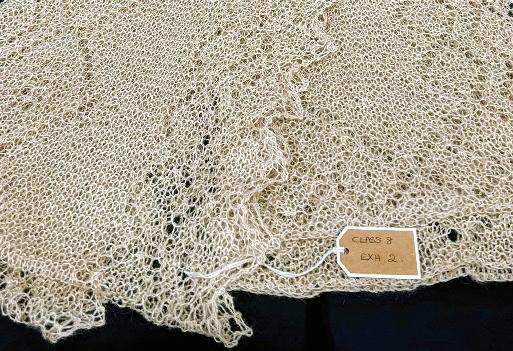
Best
Alison Wiseman and Ailene Charlton showing what a blast the day is
